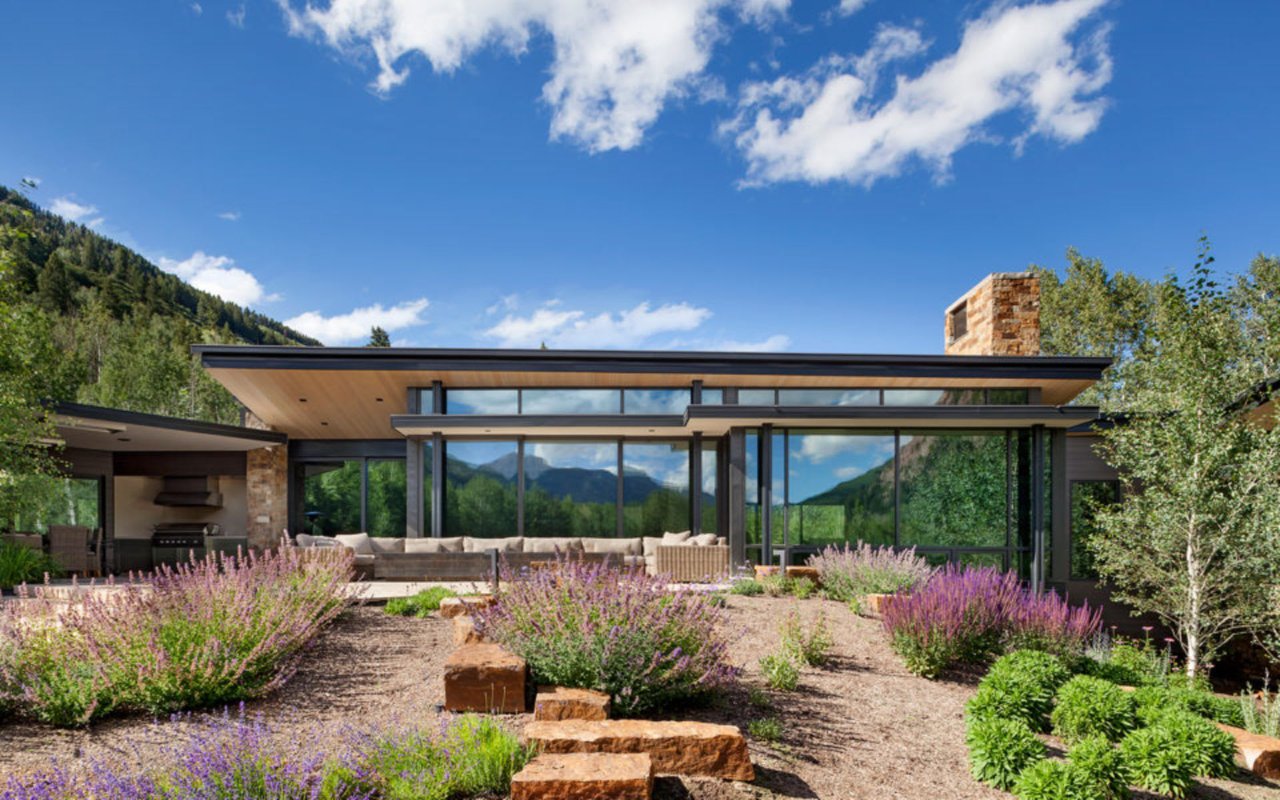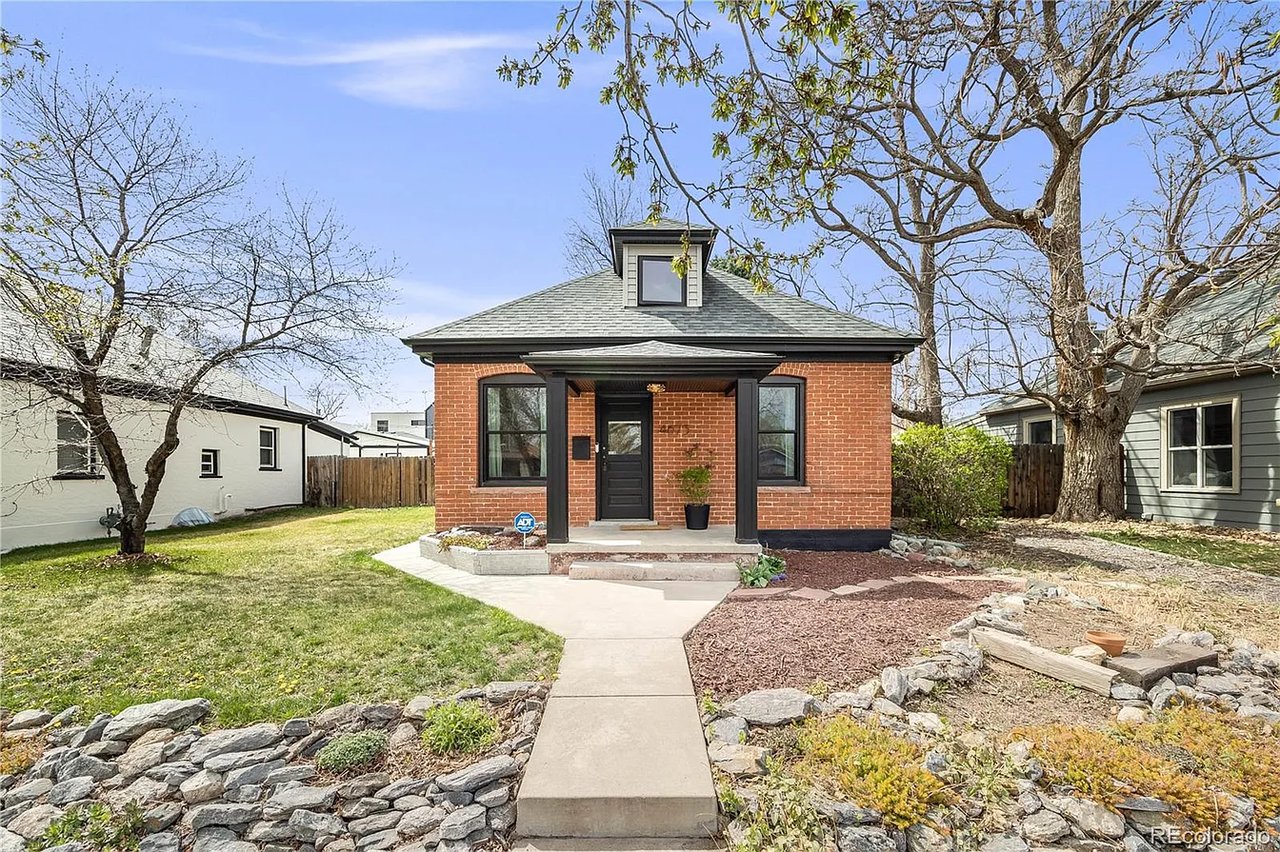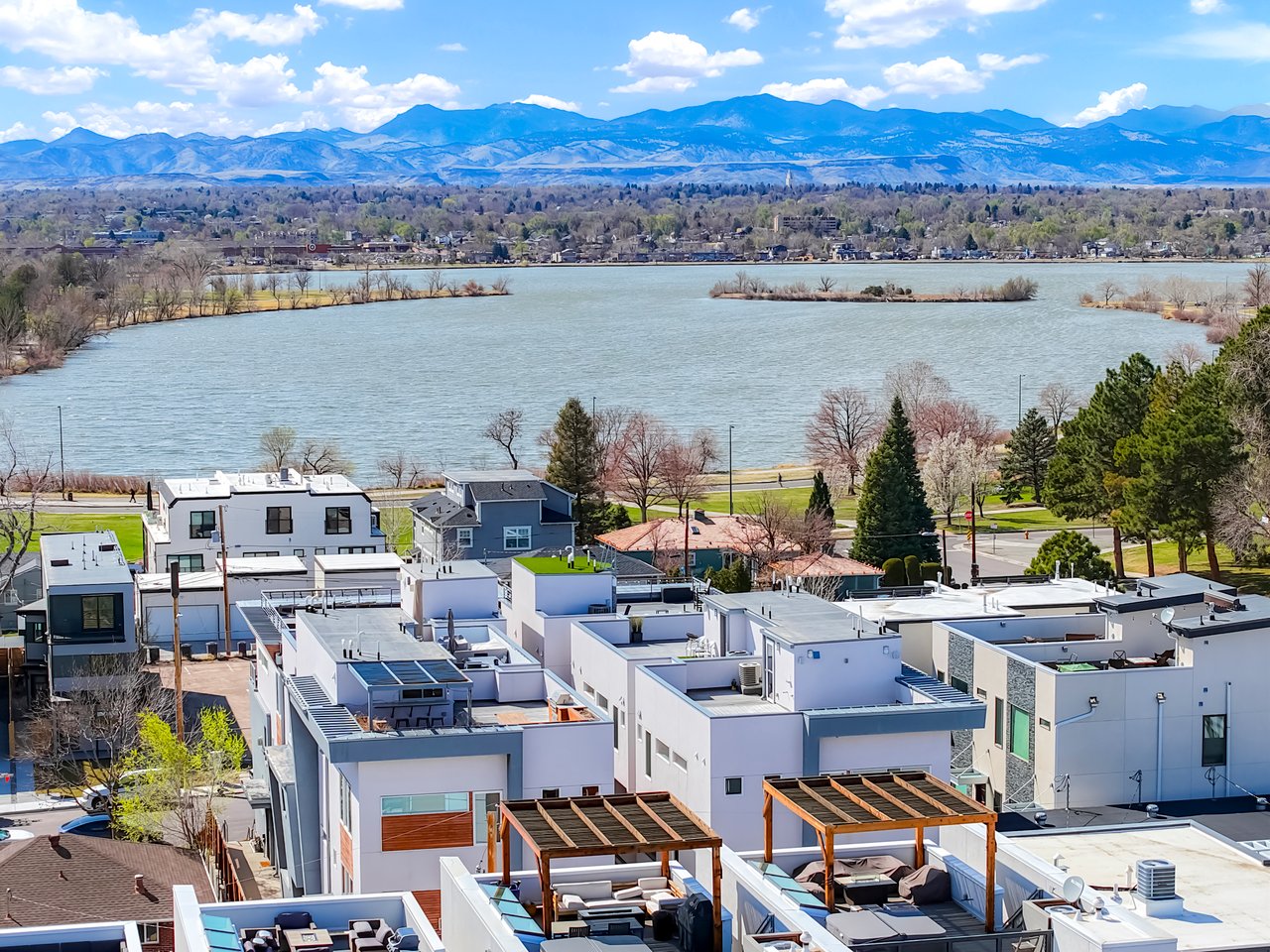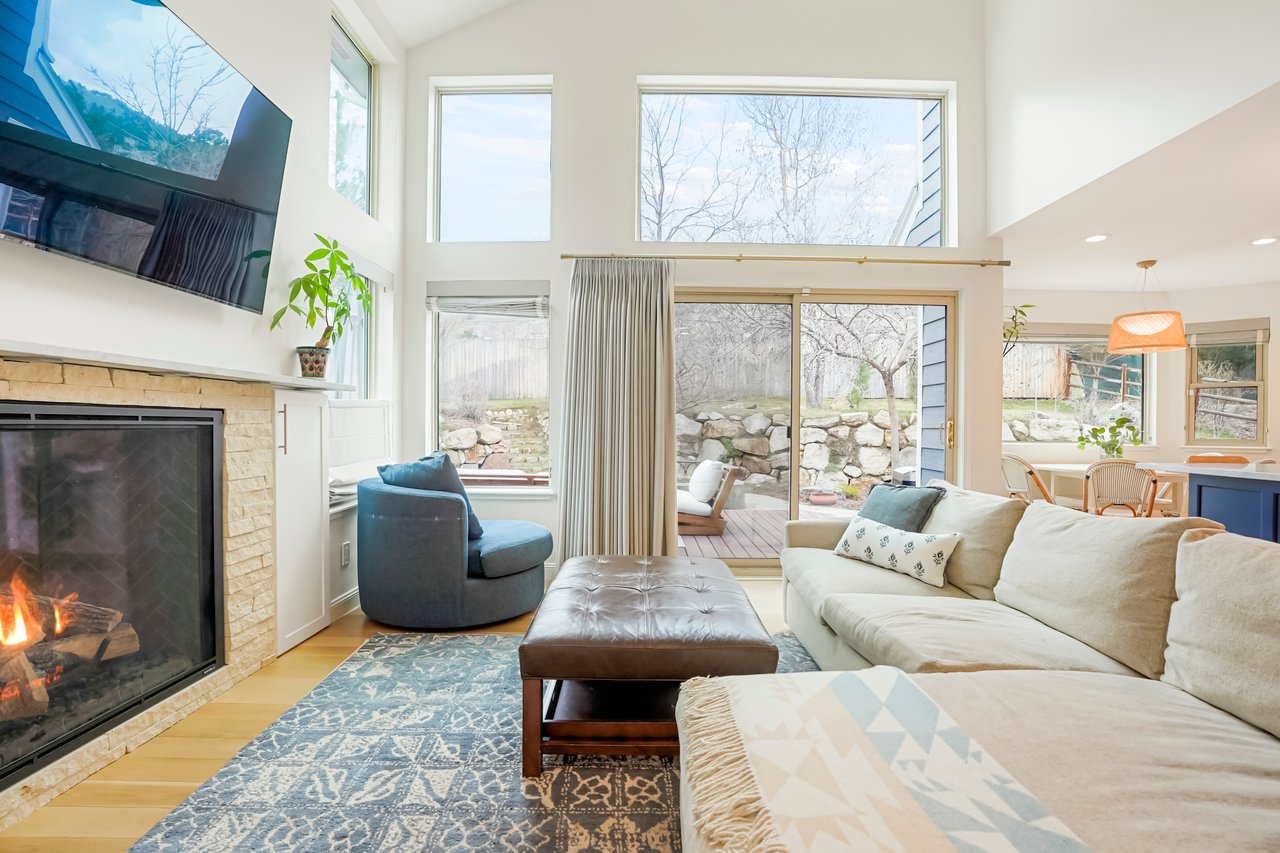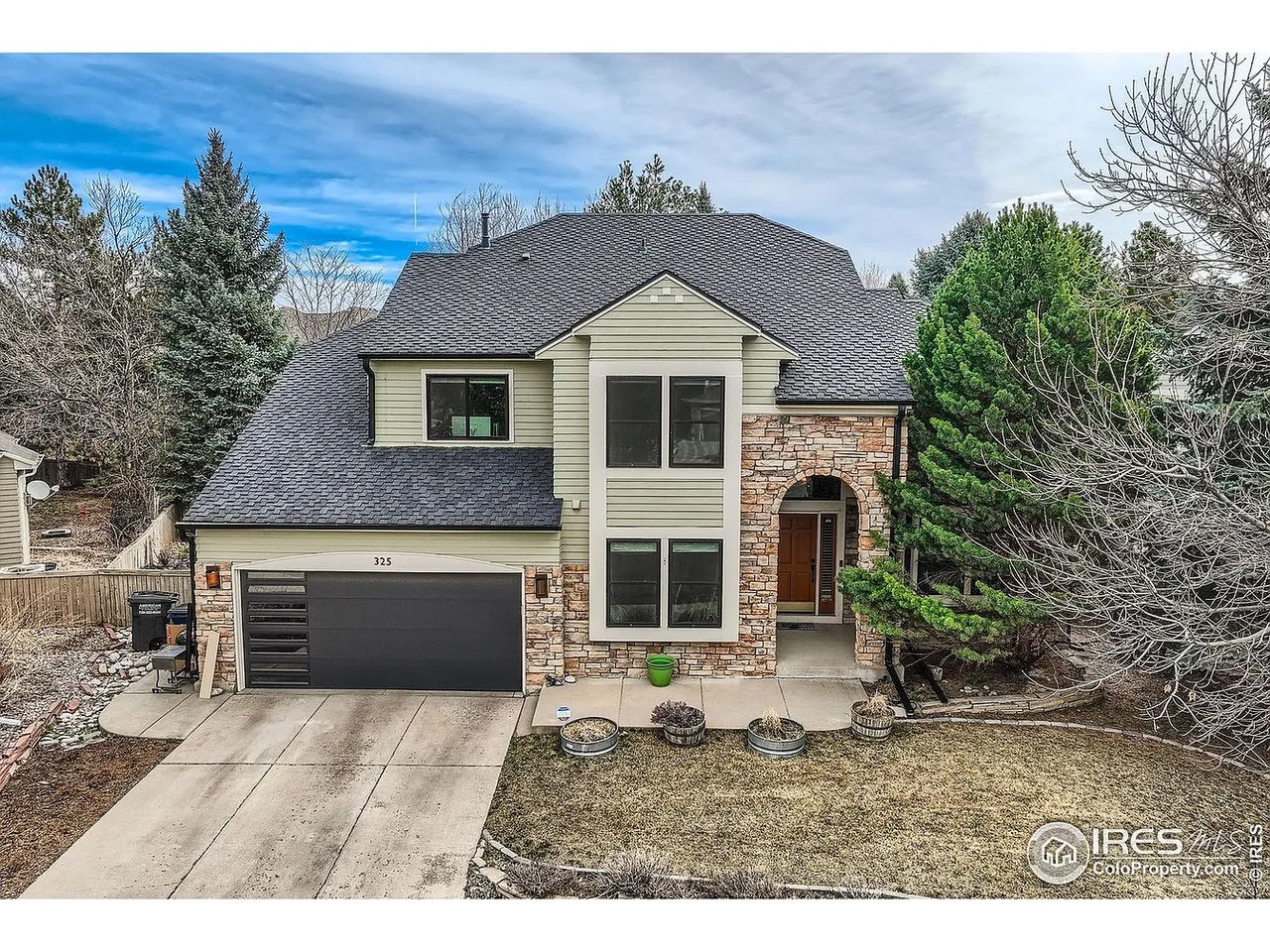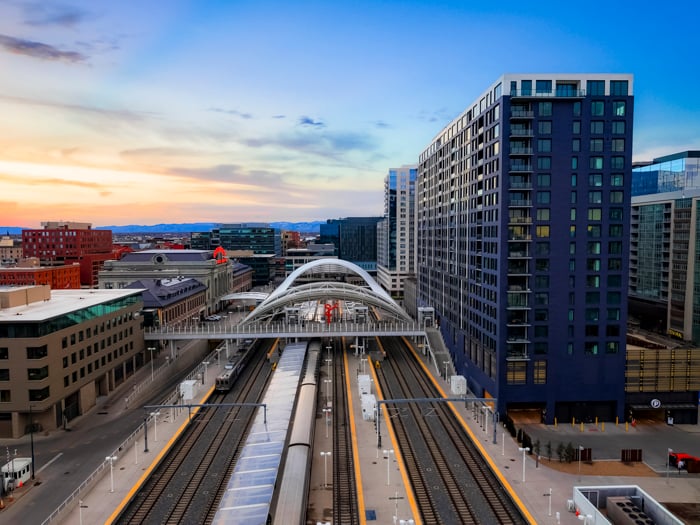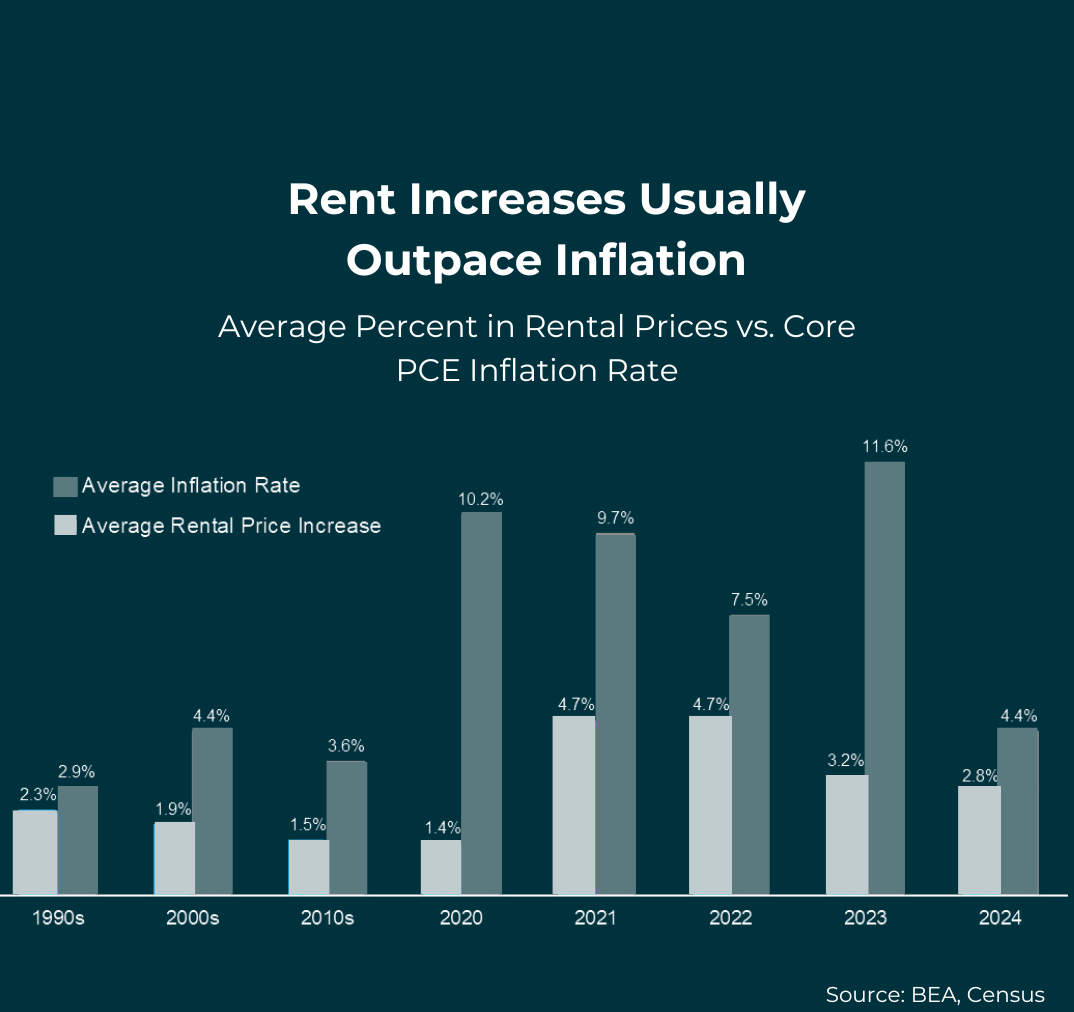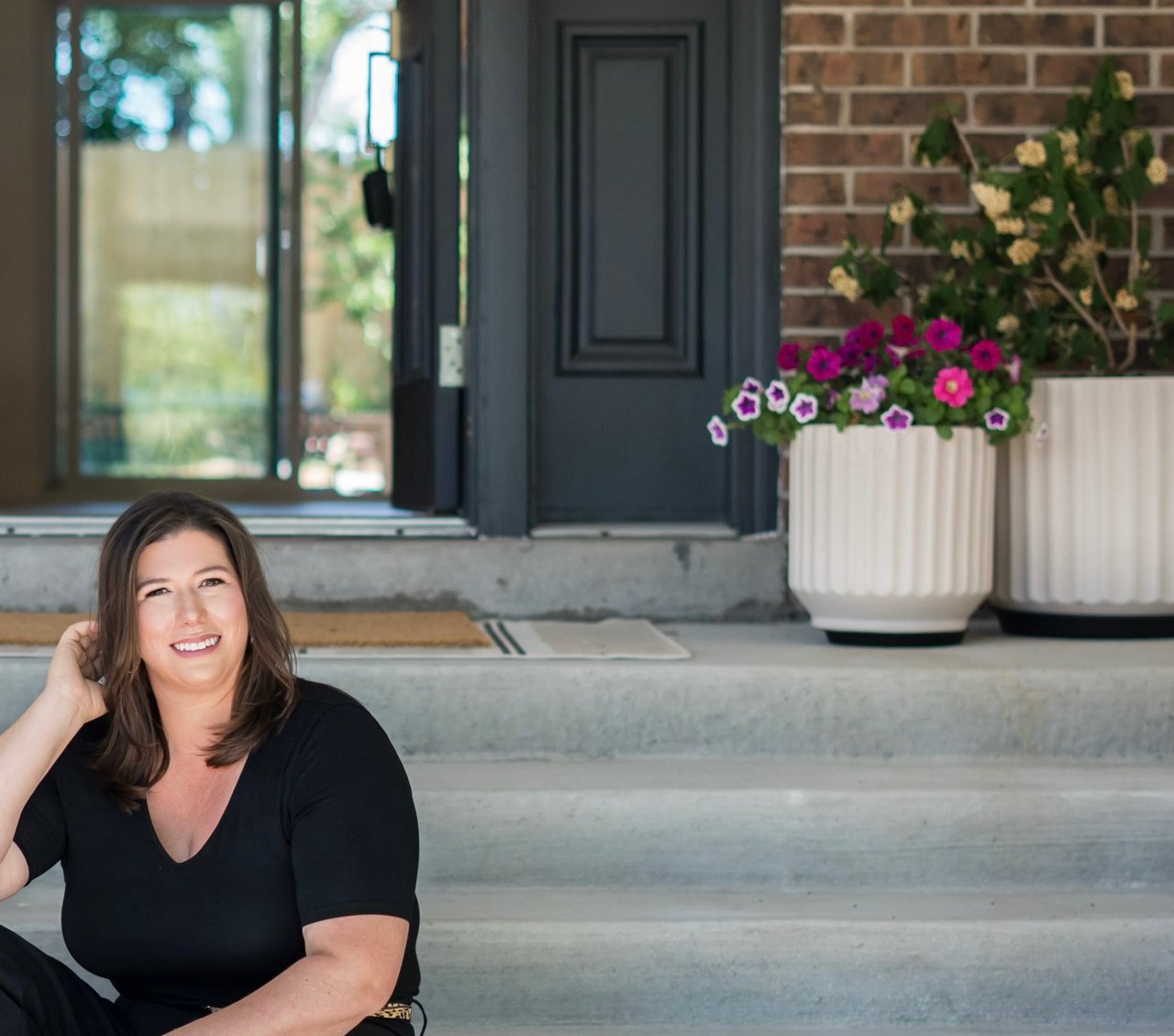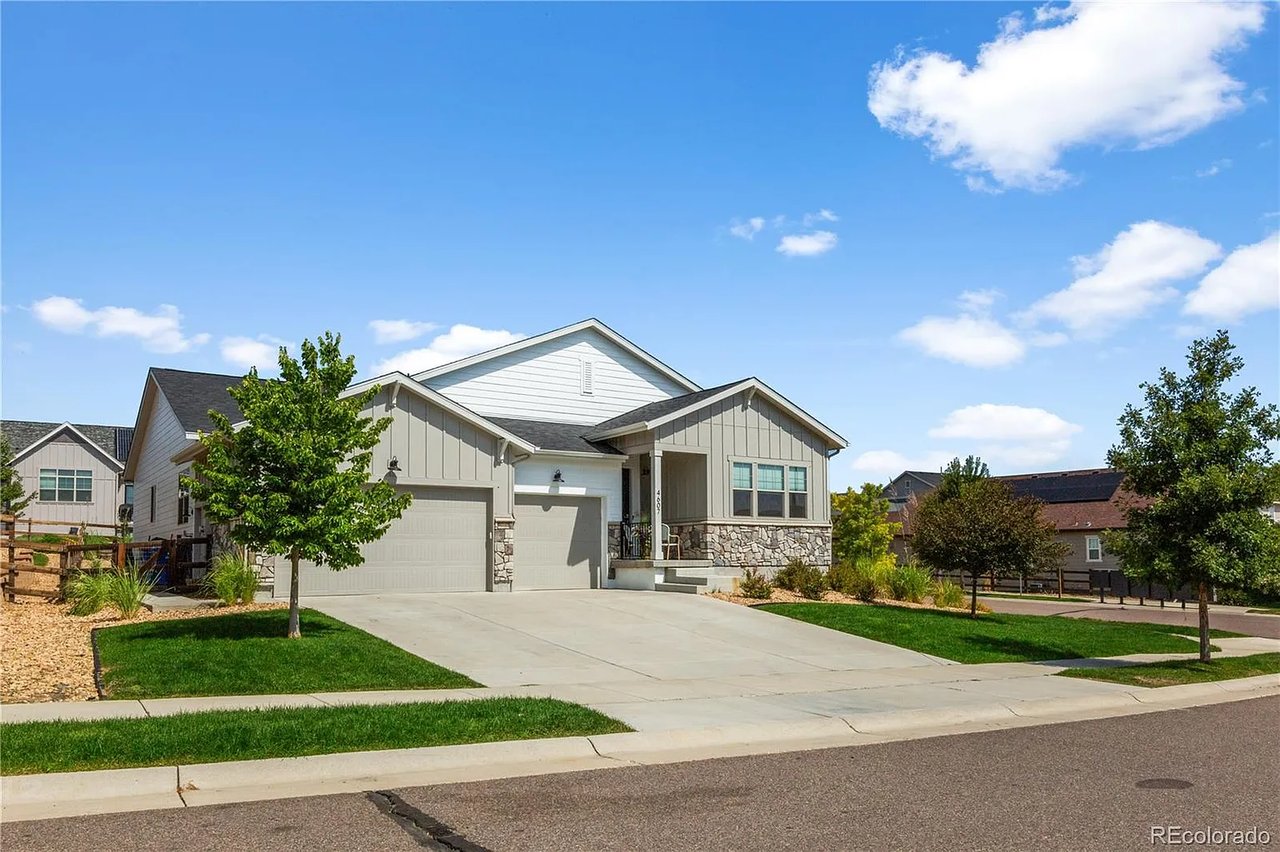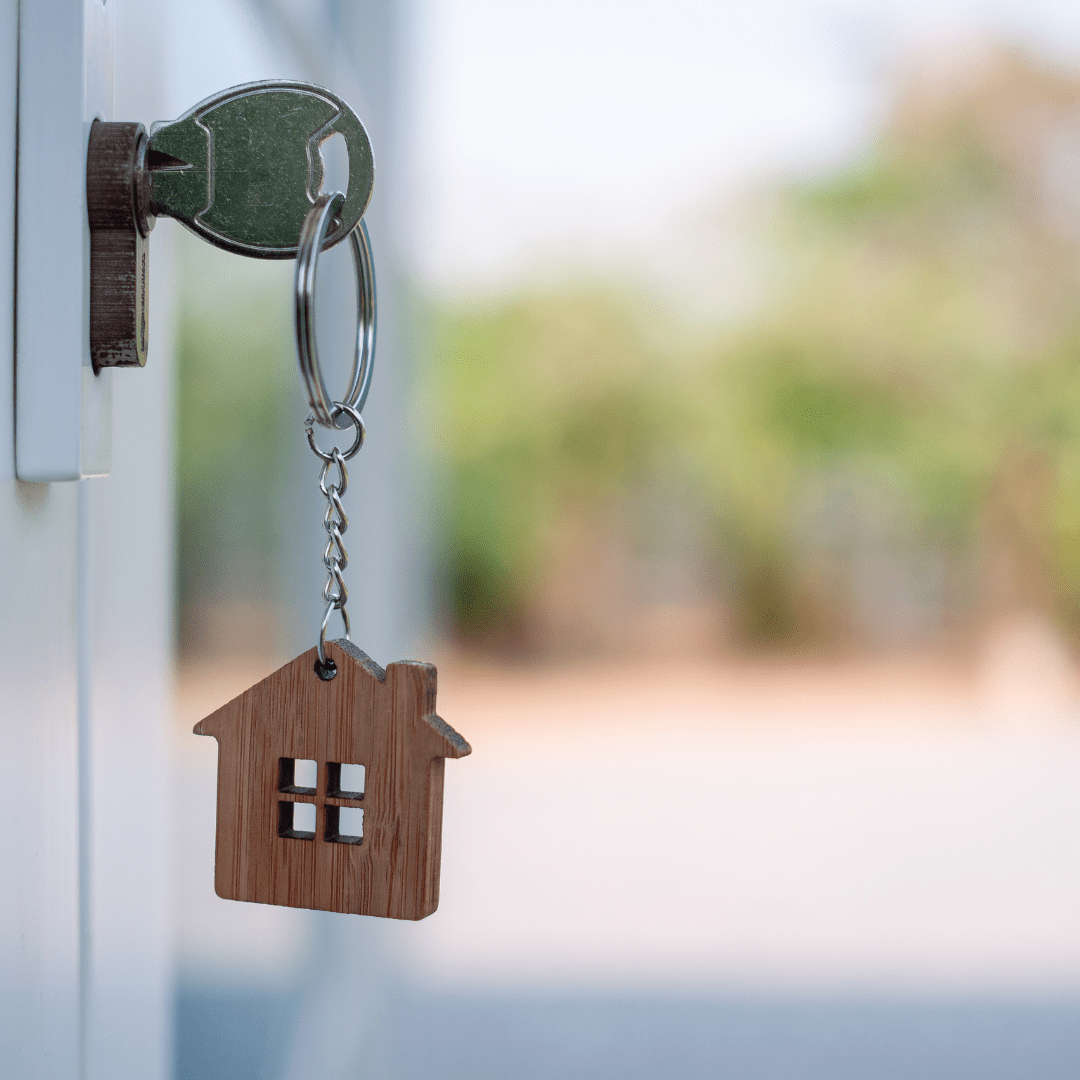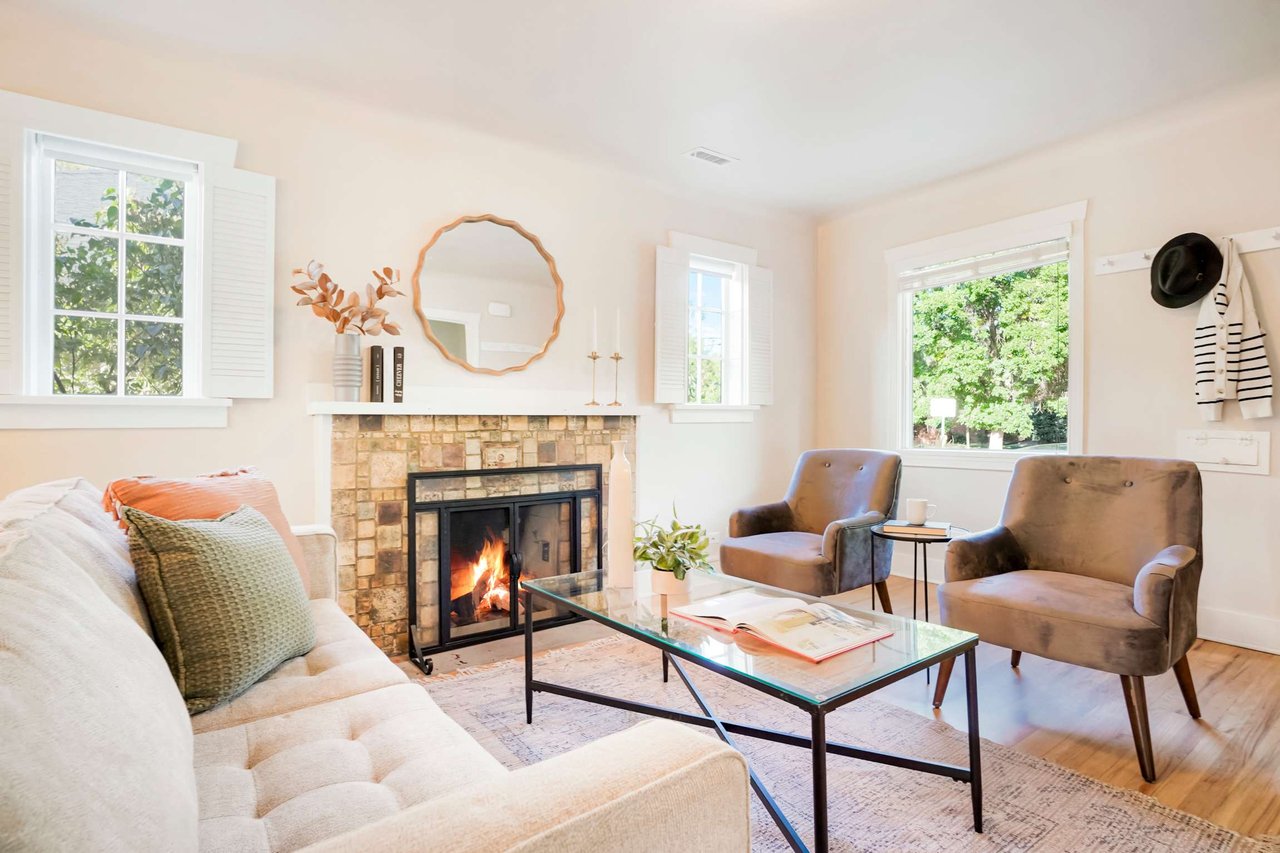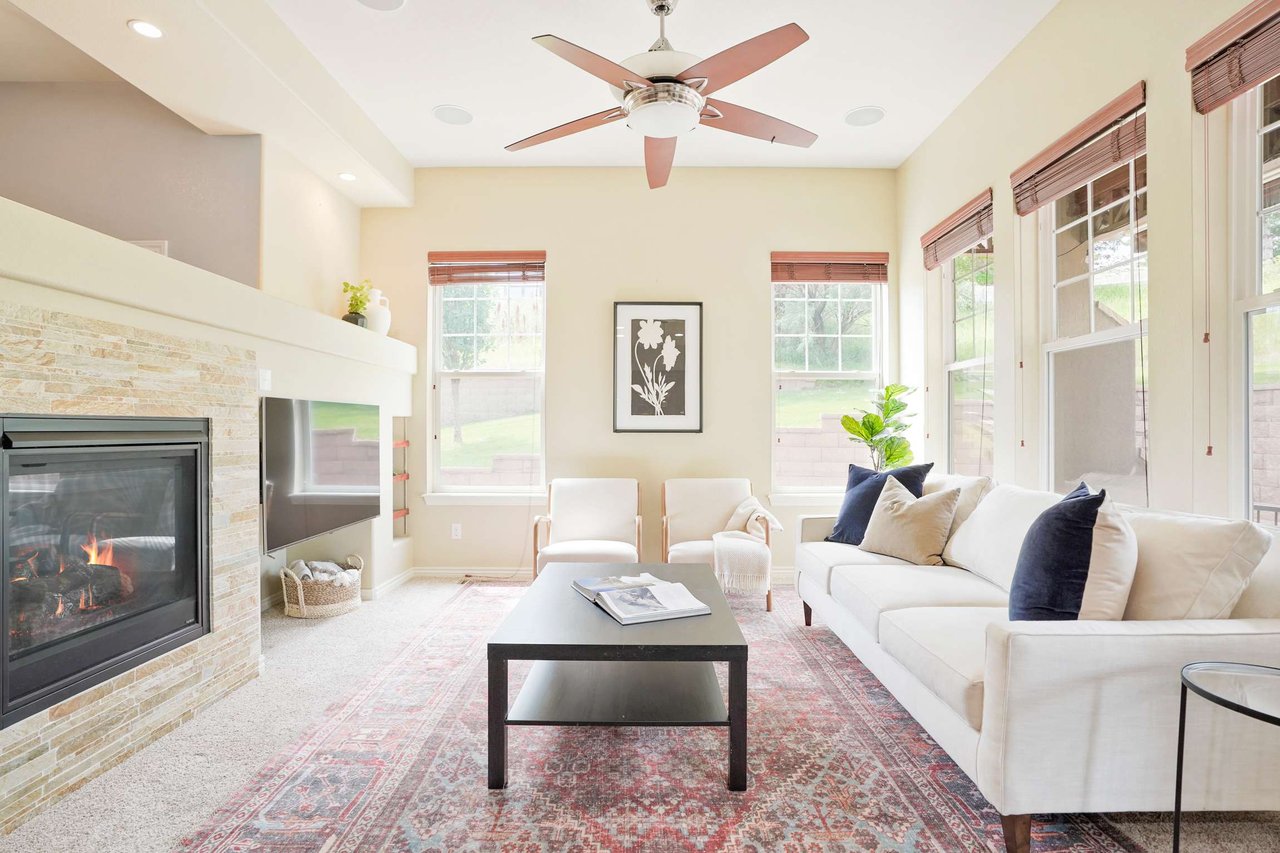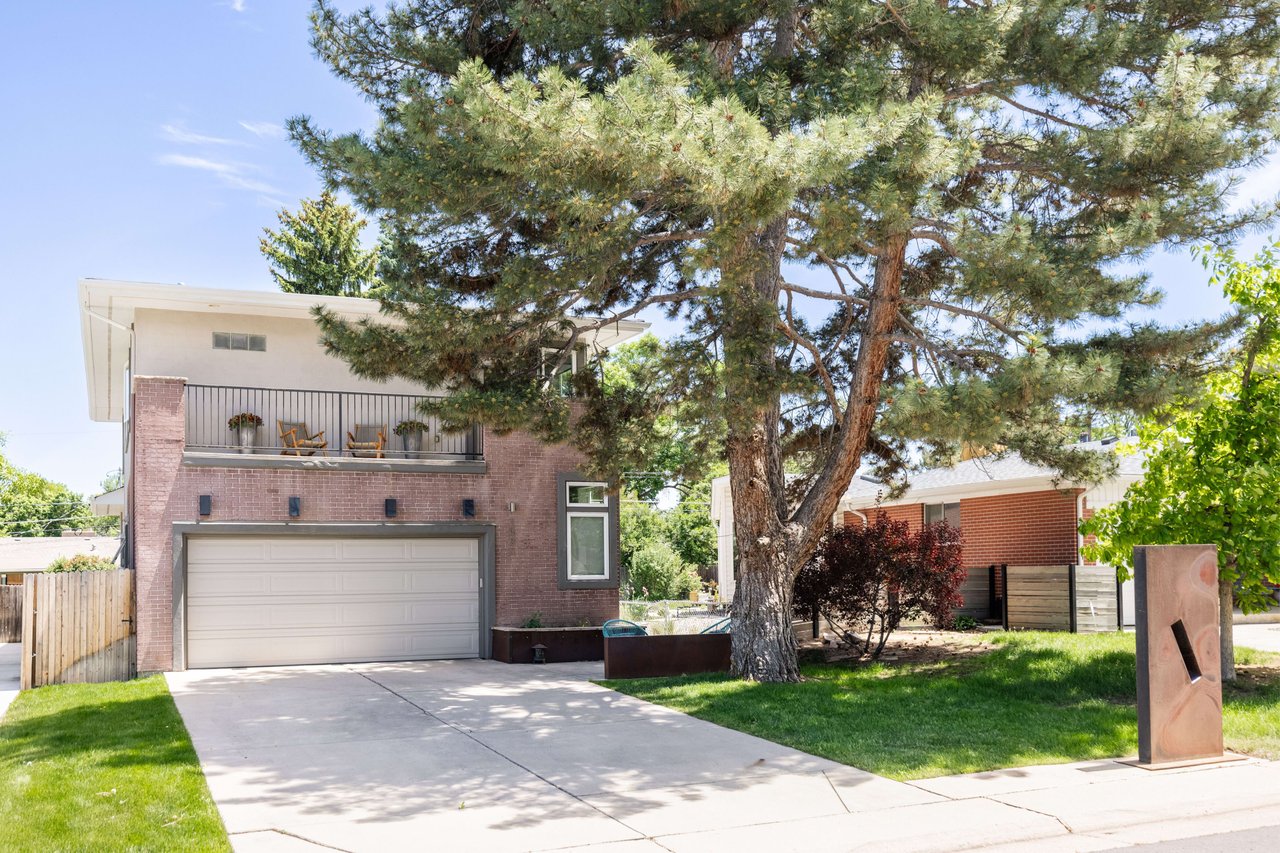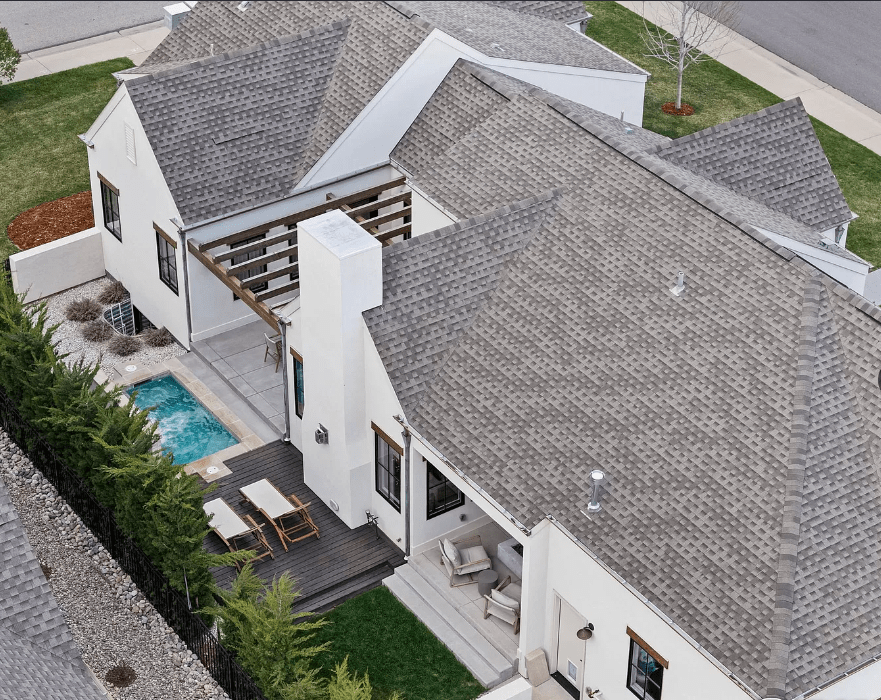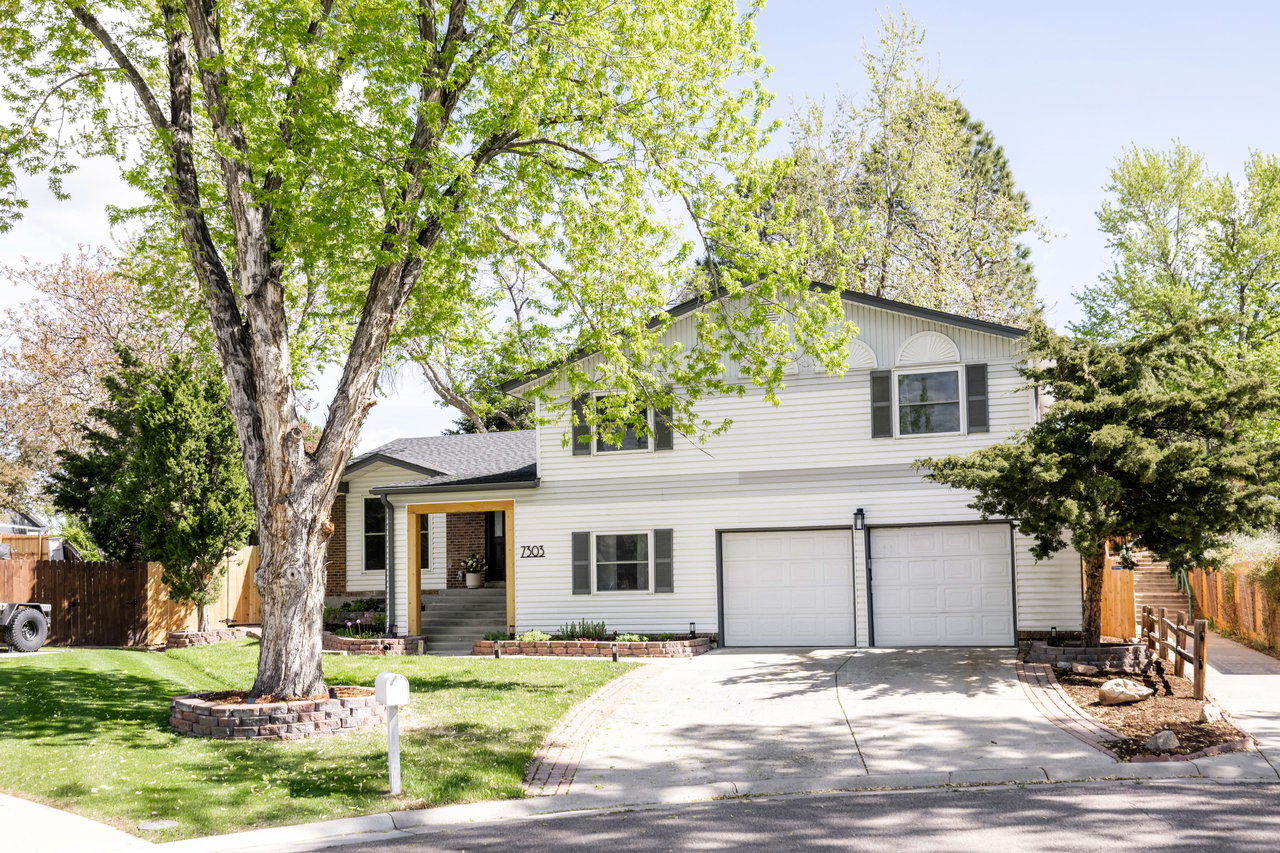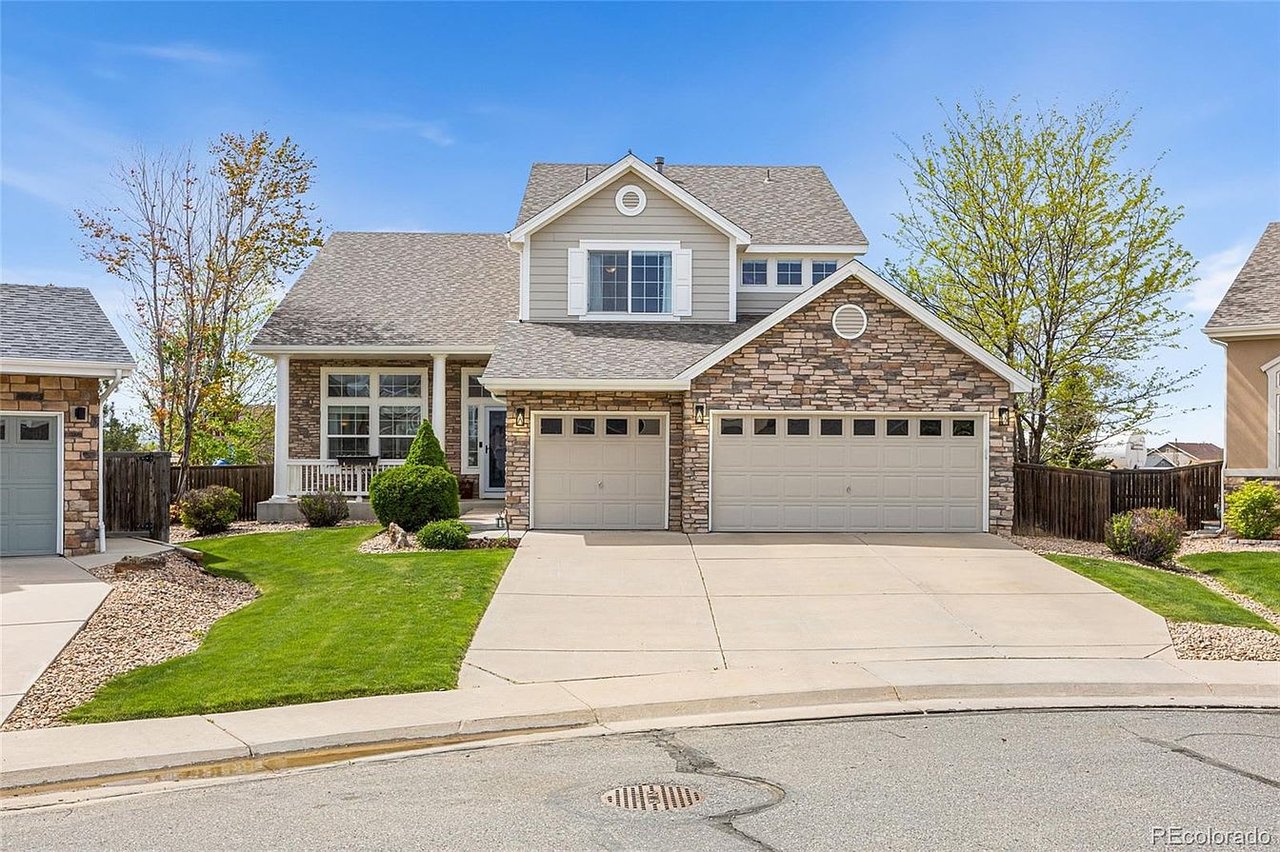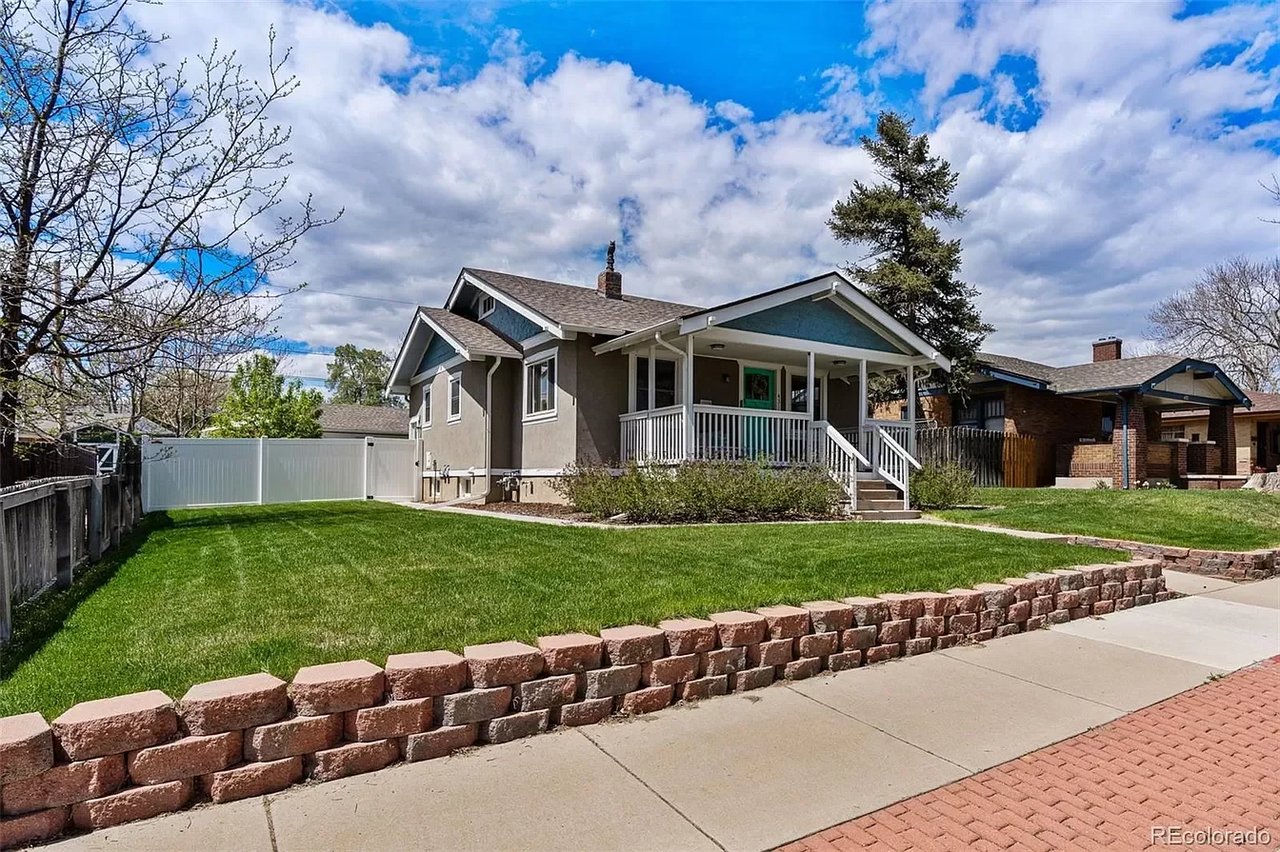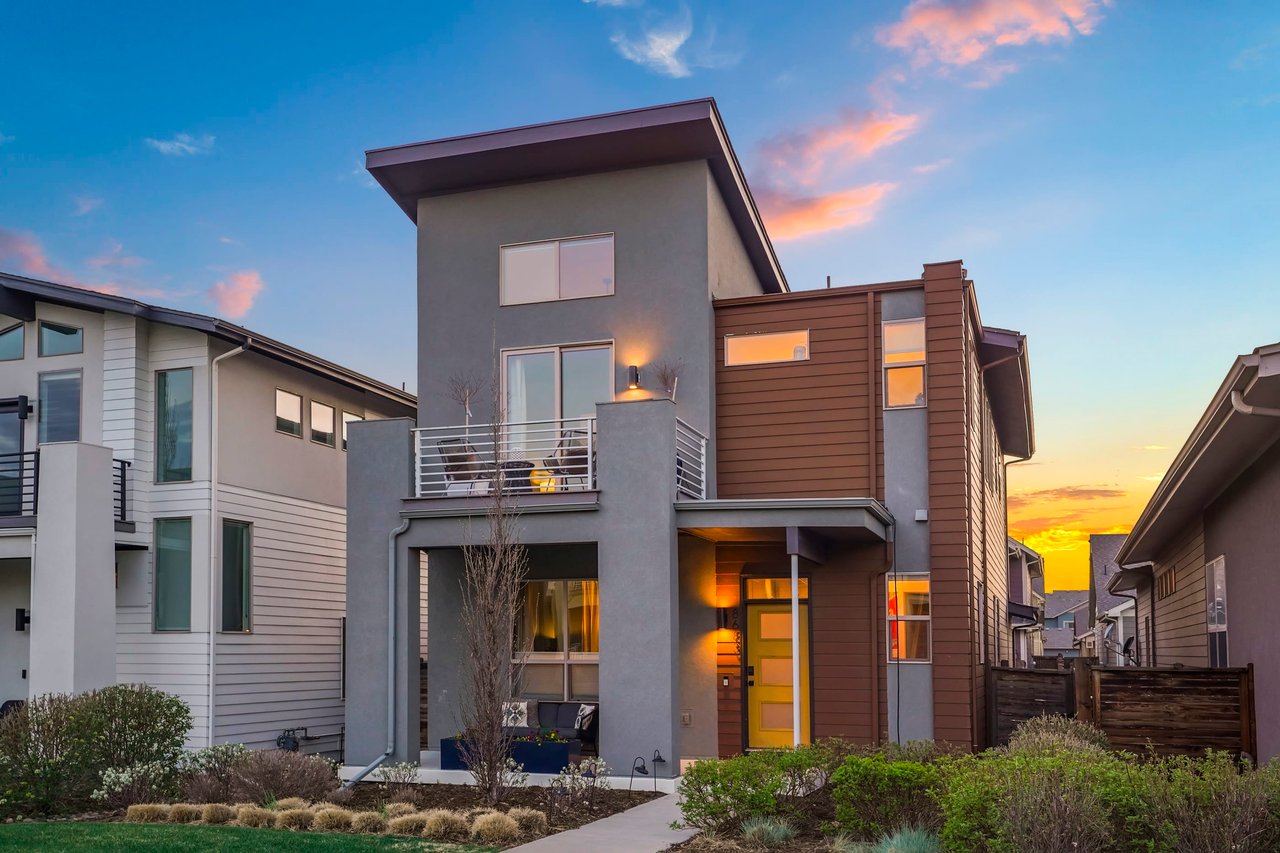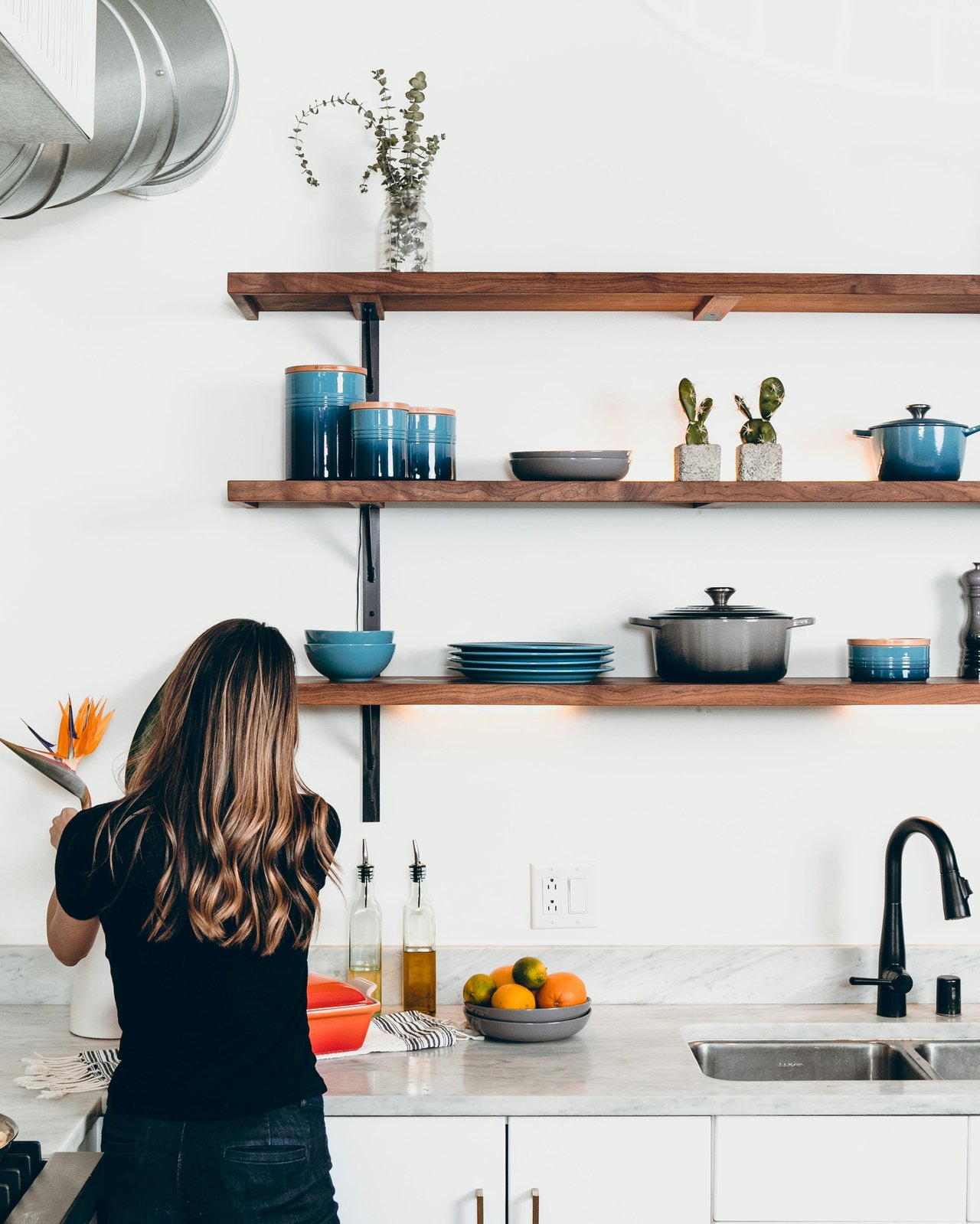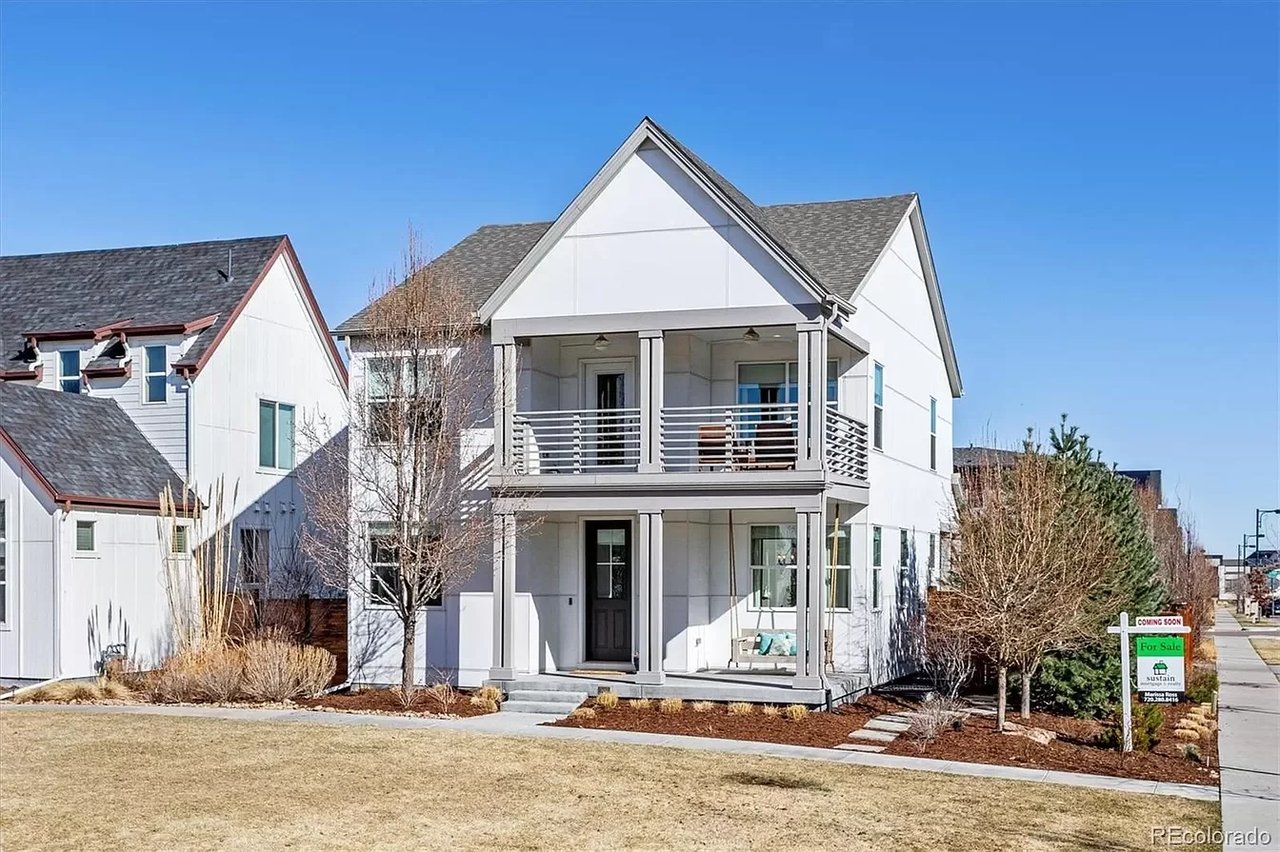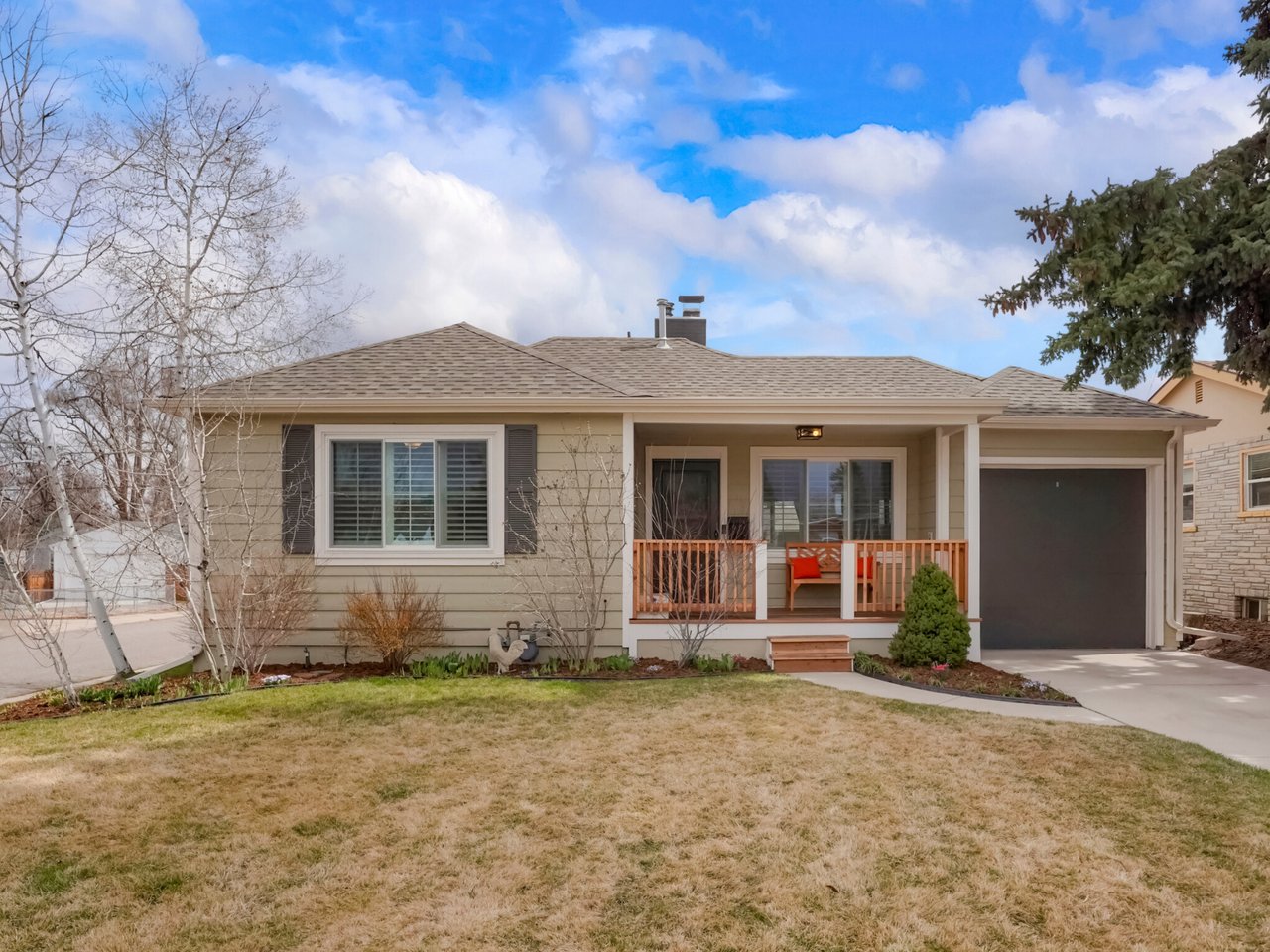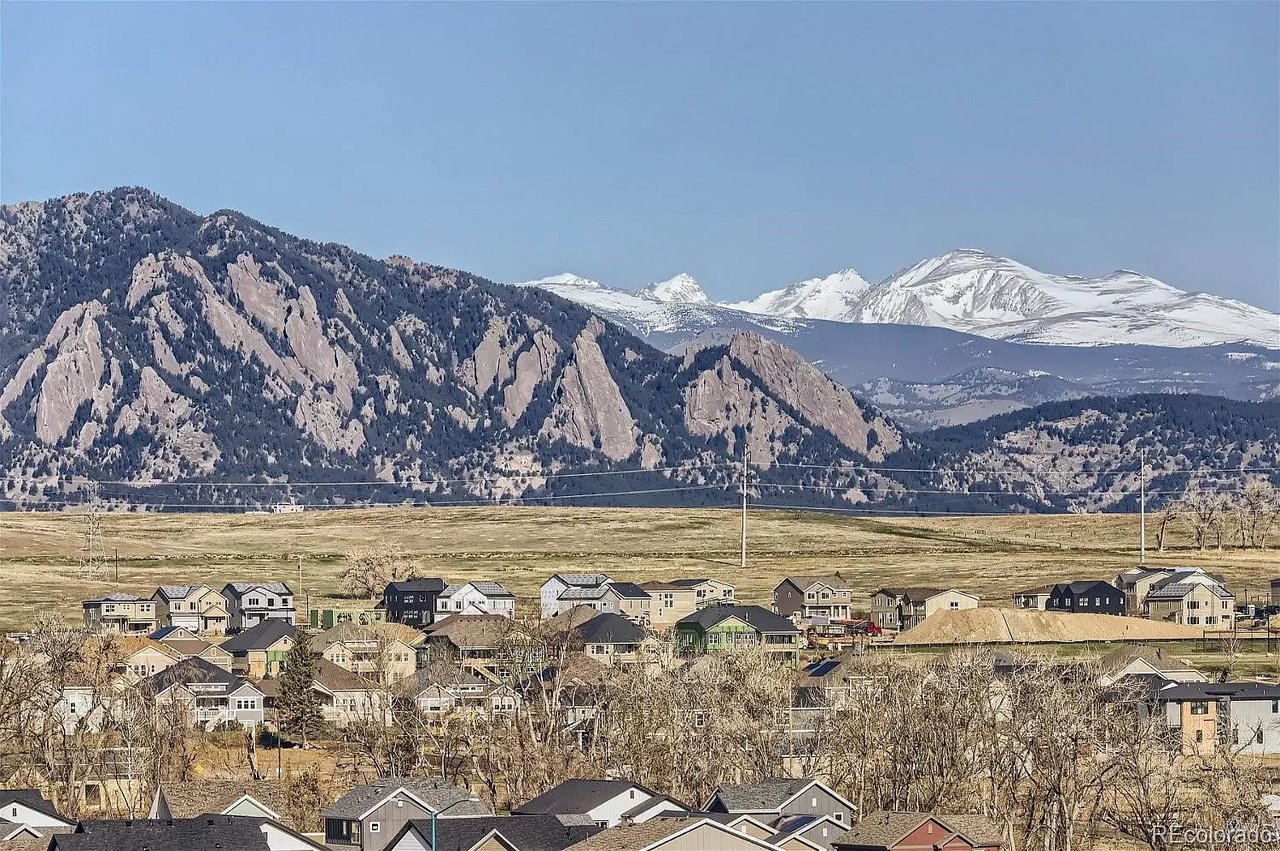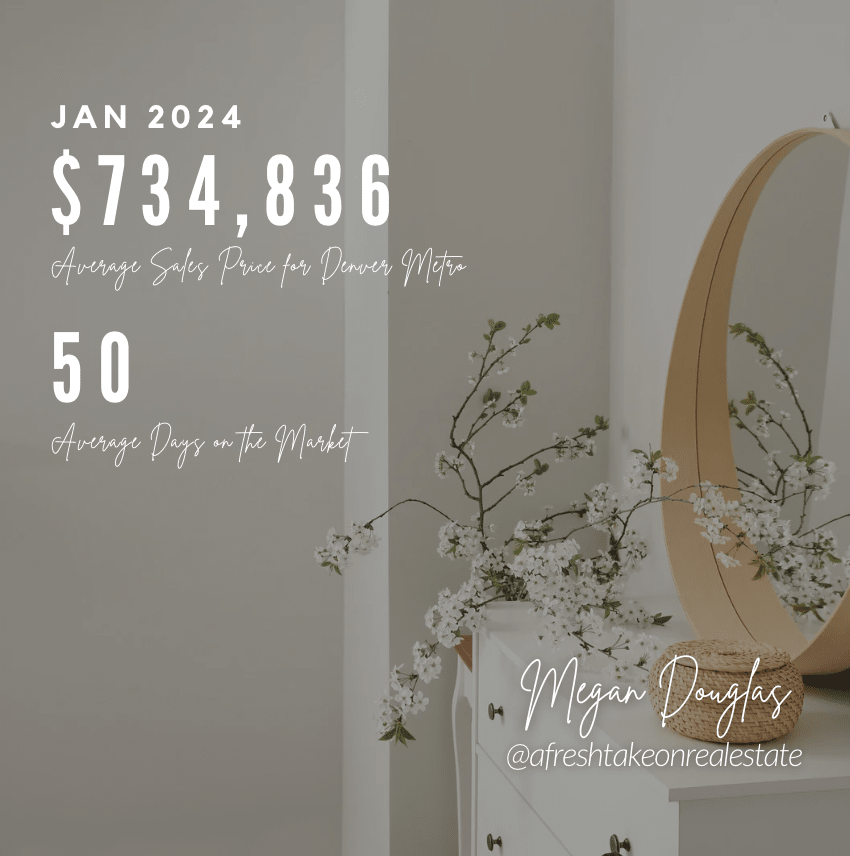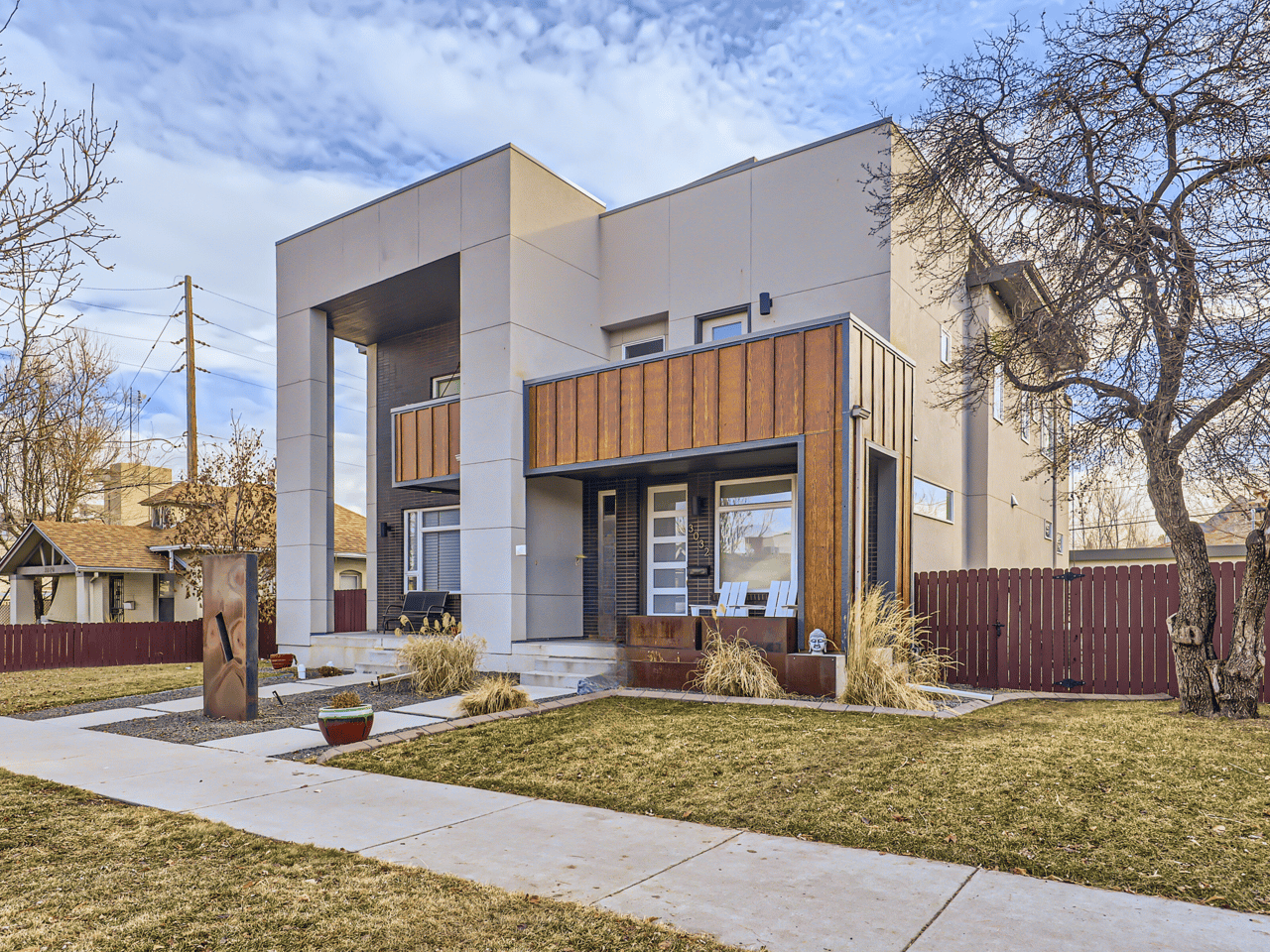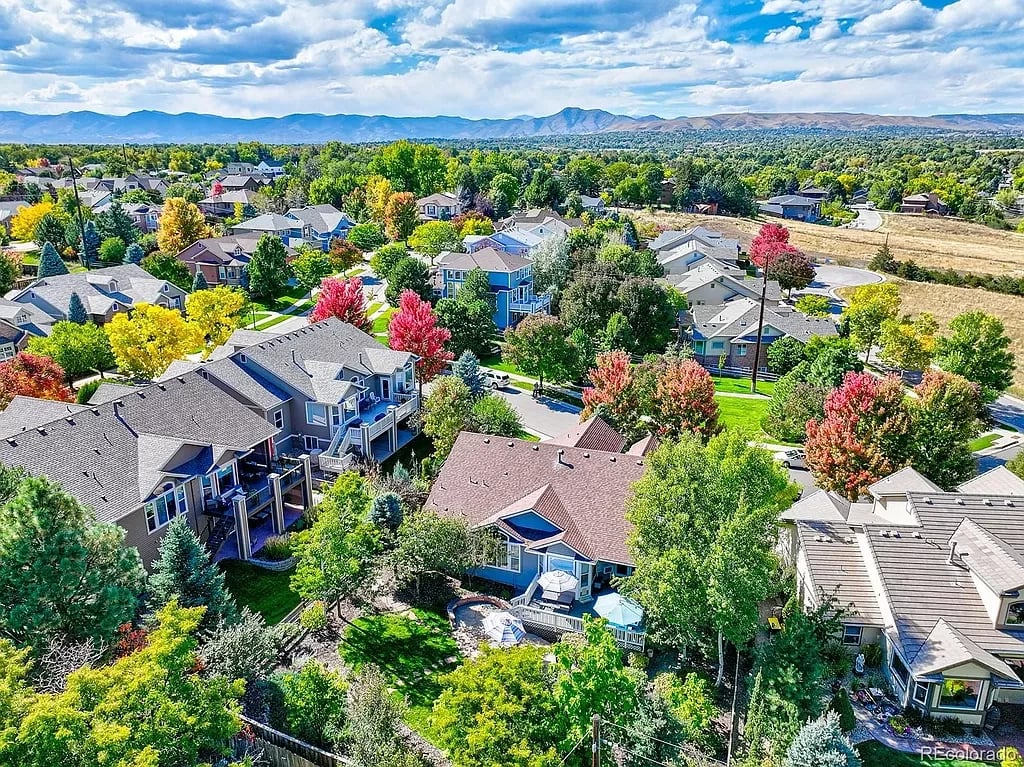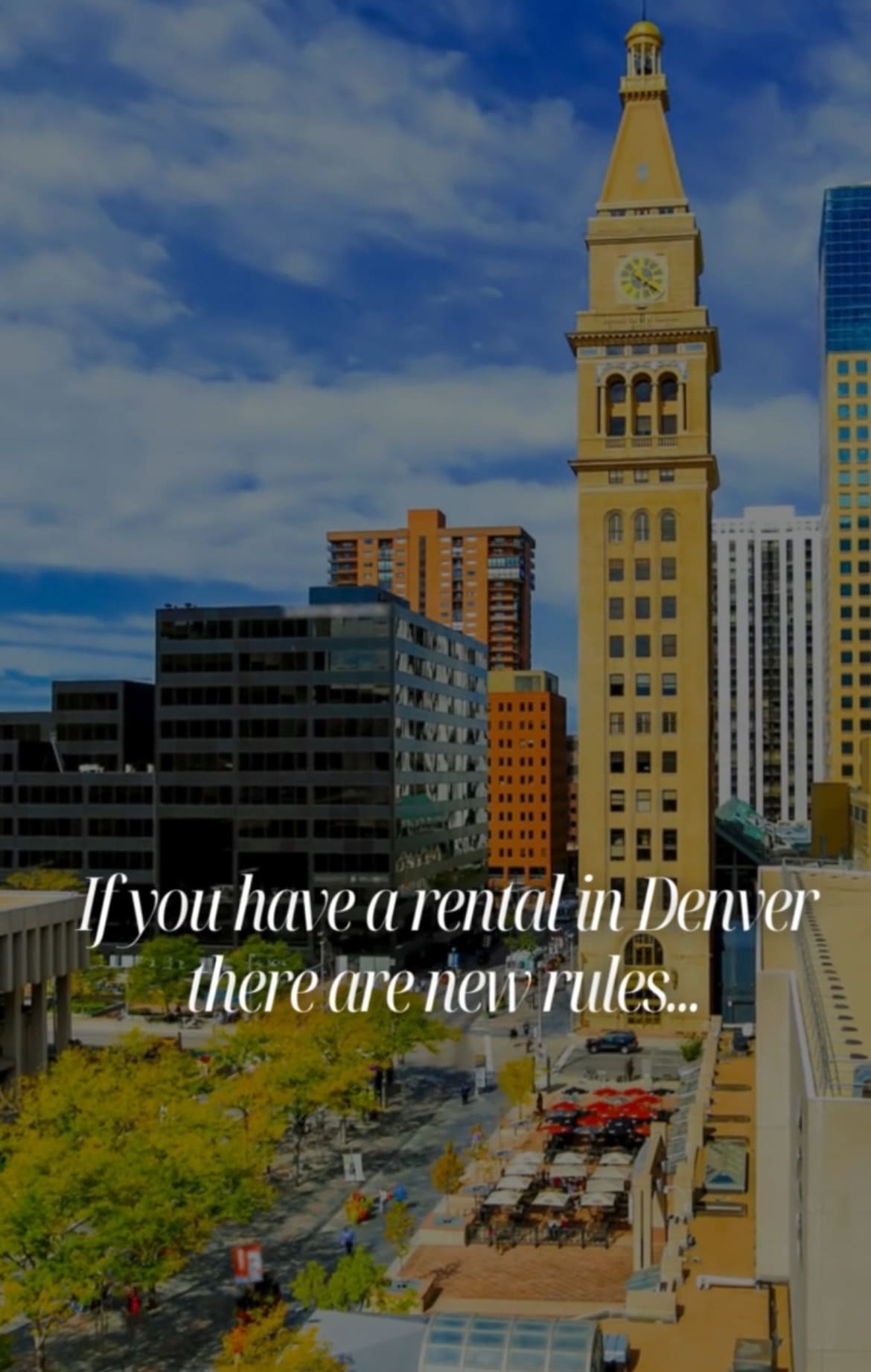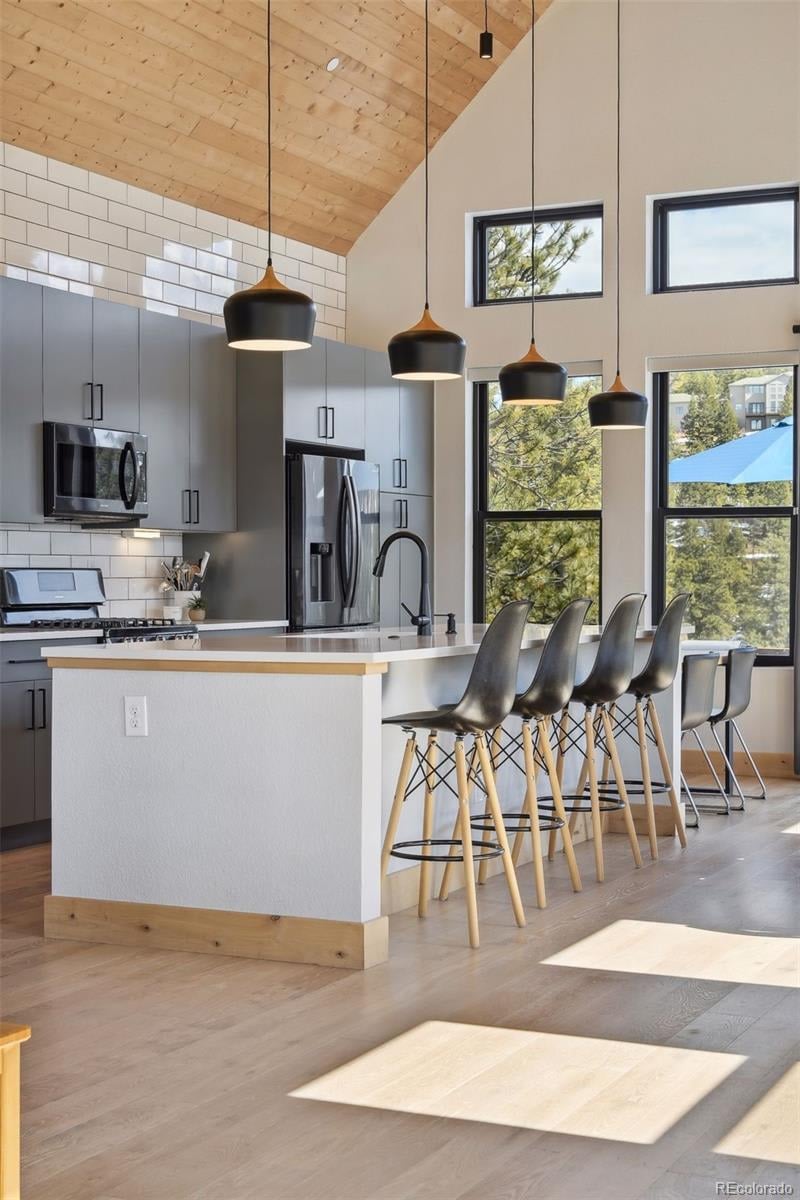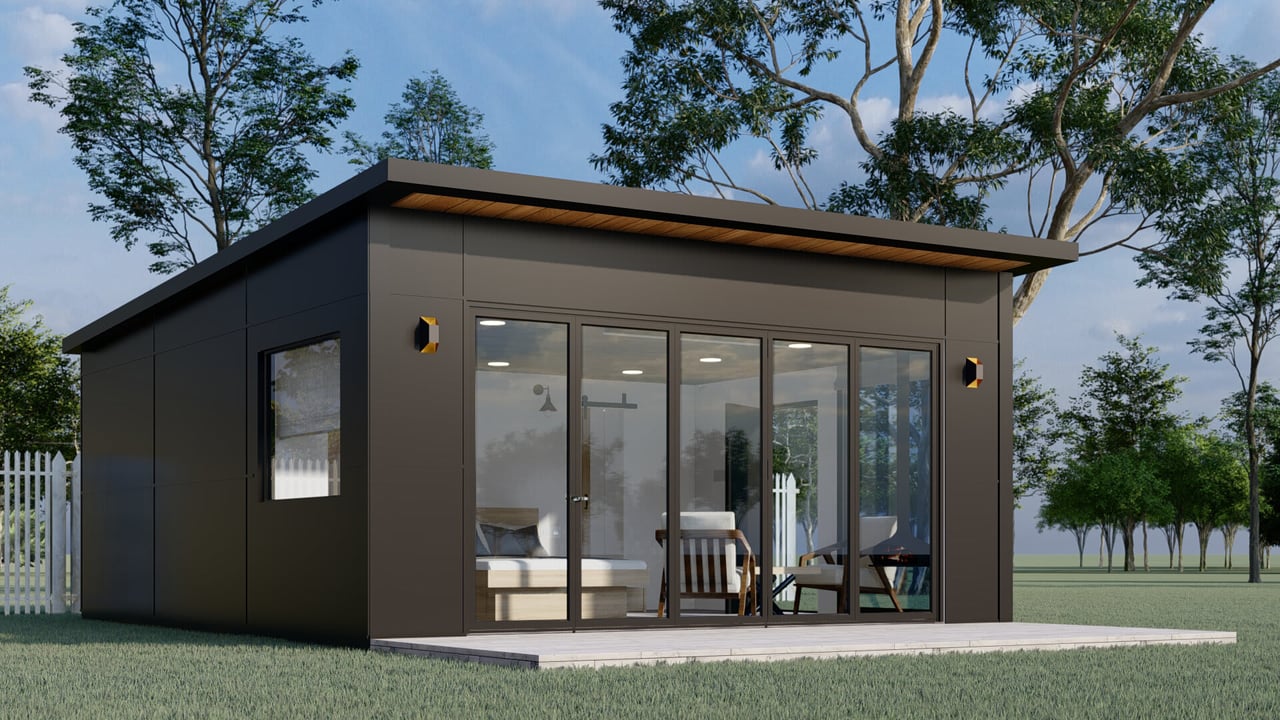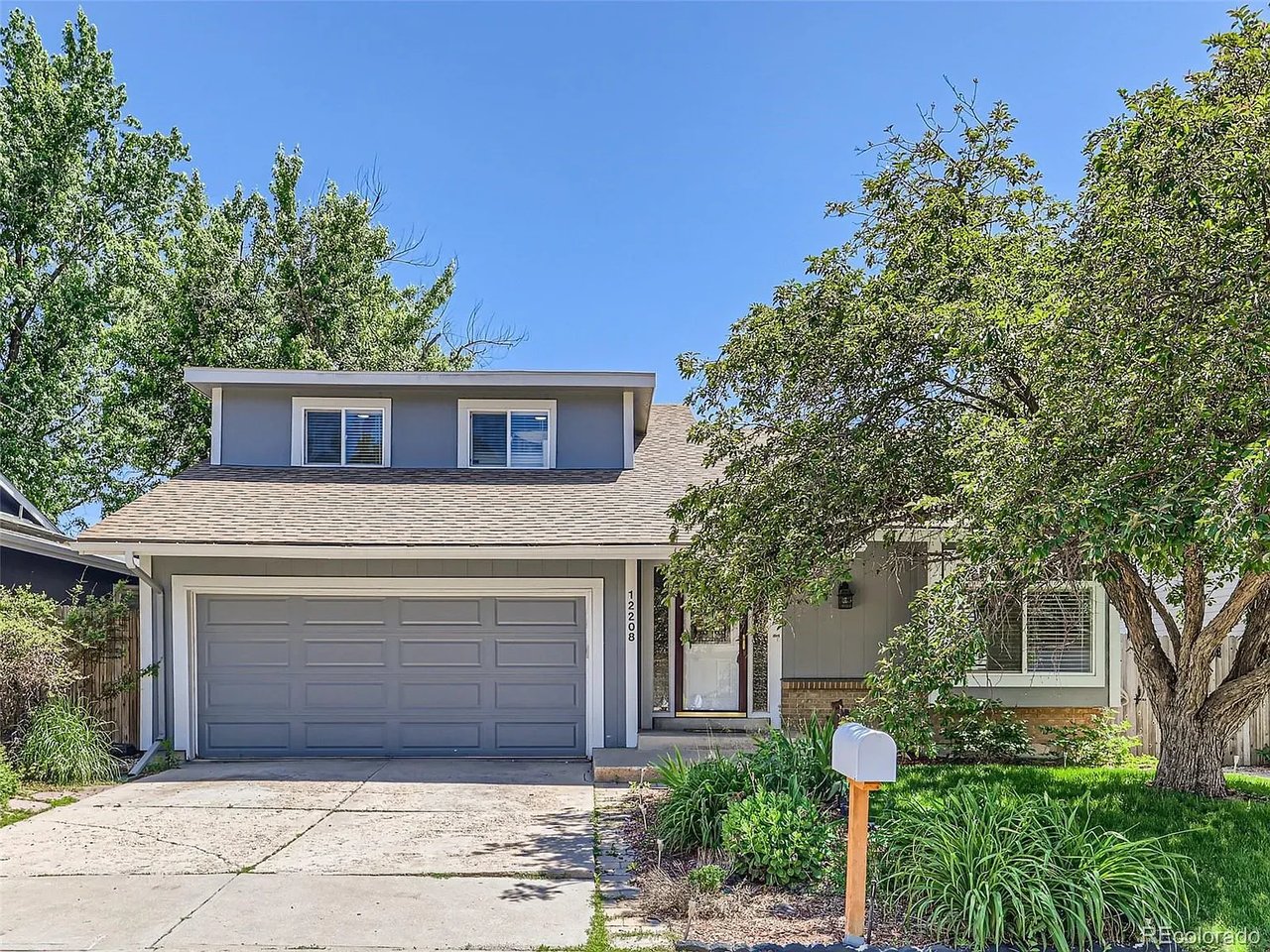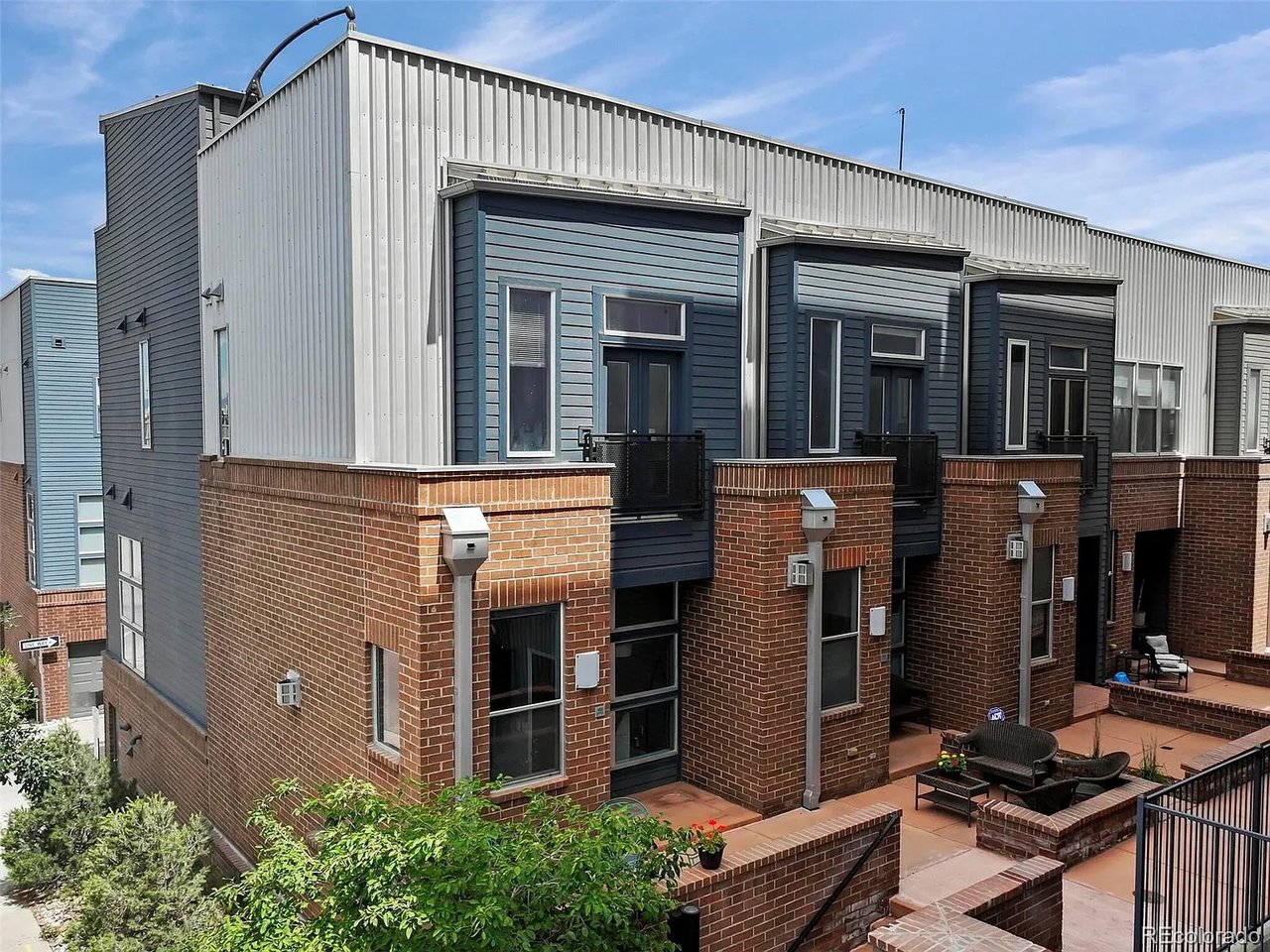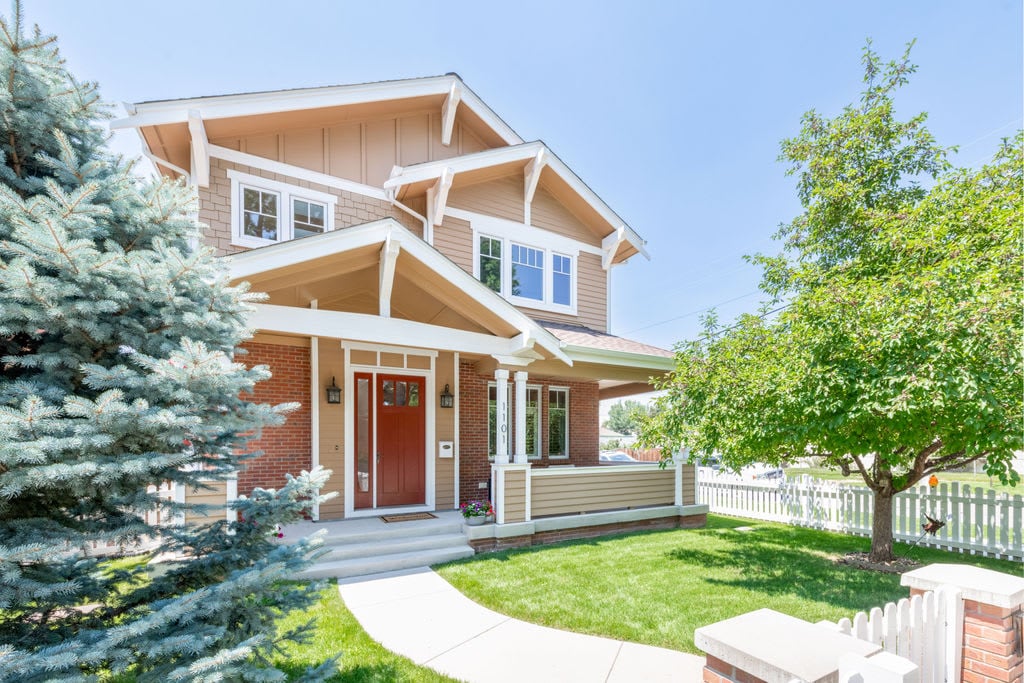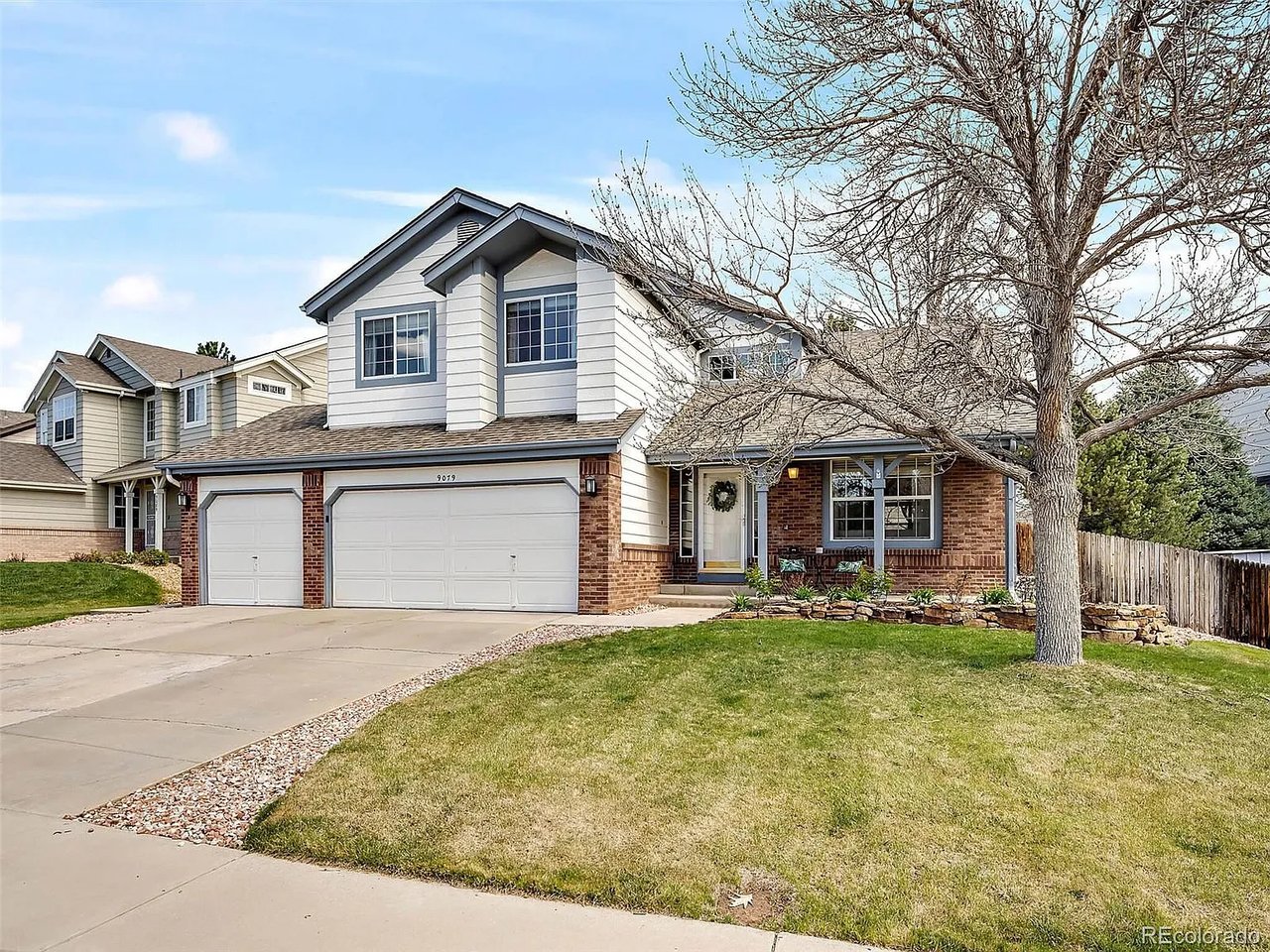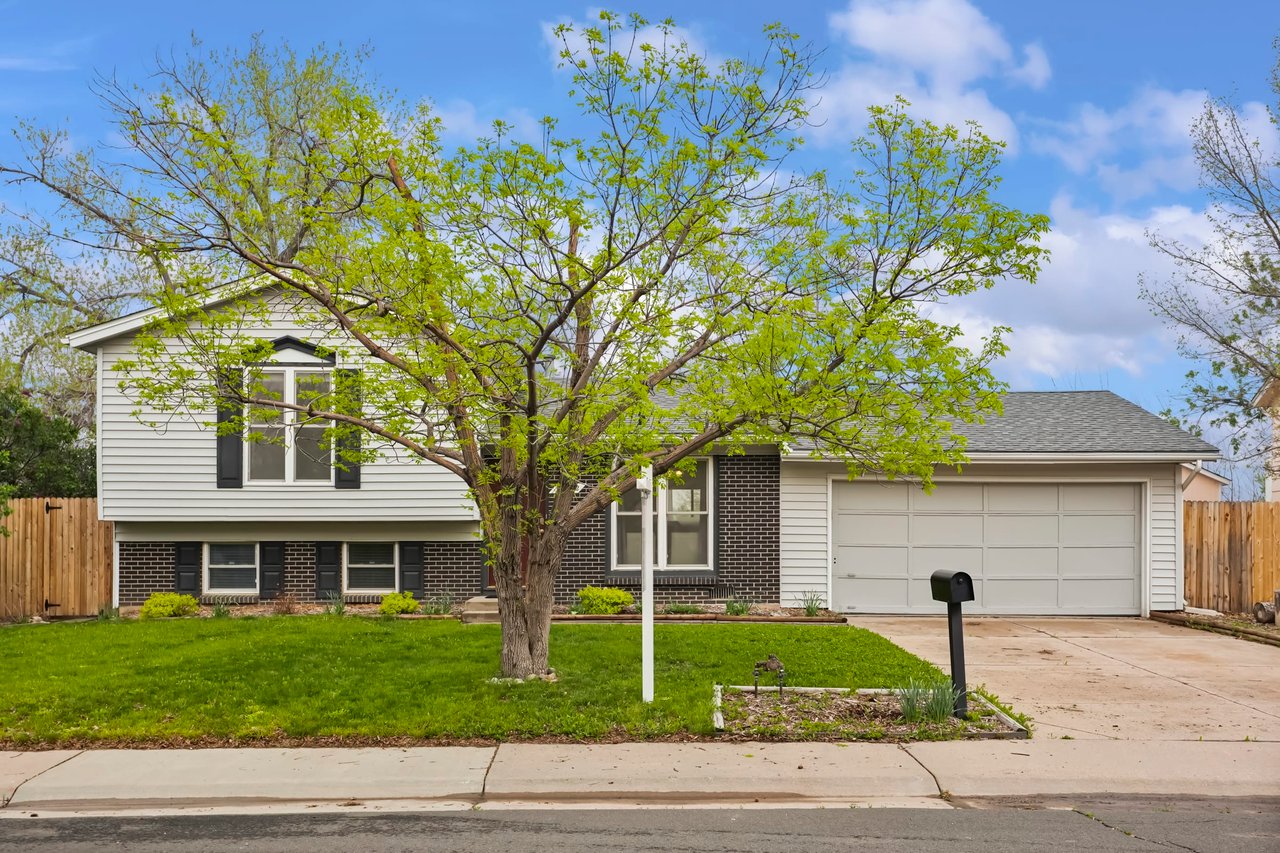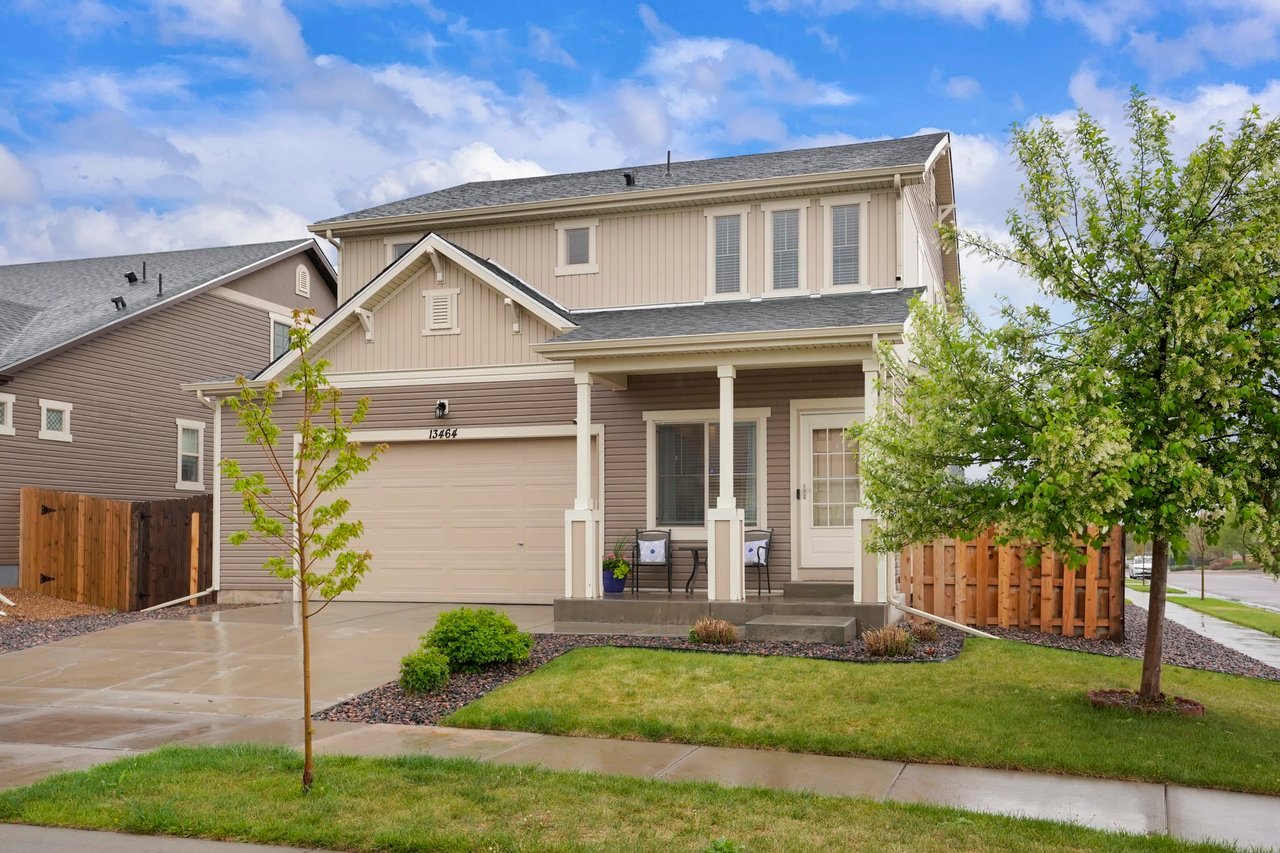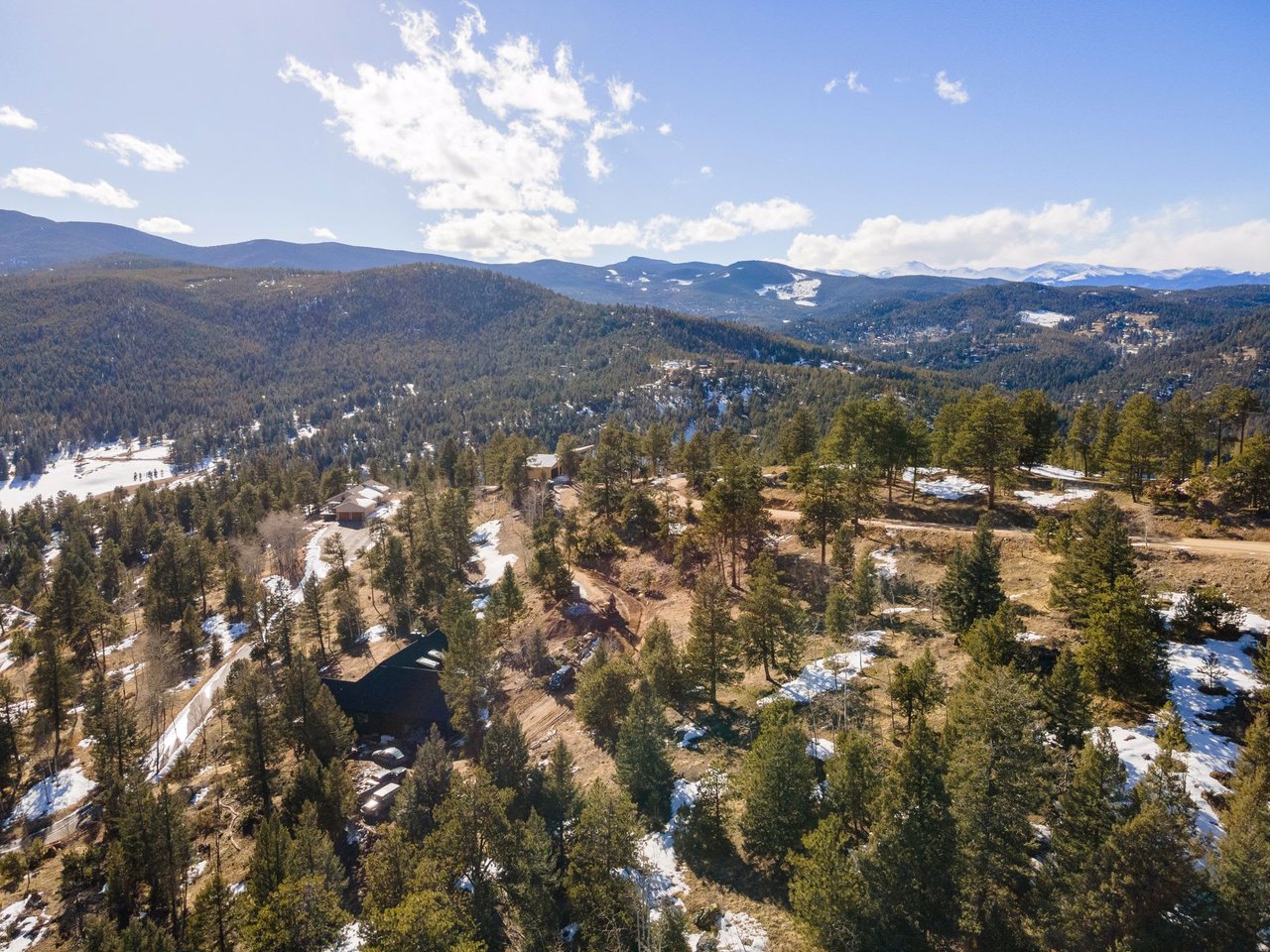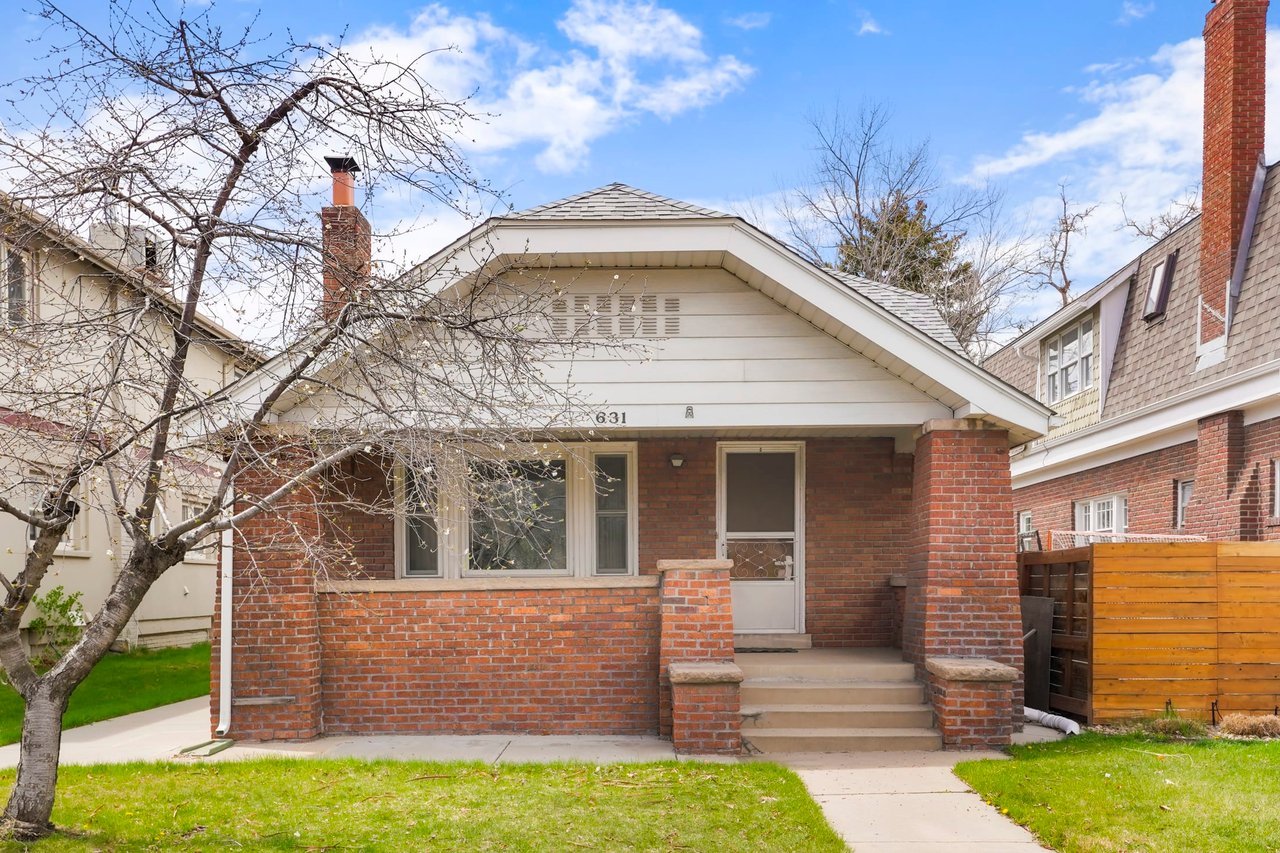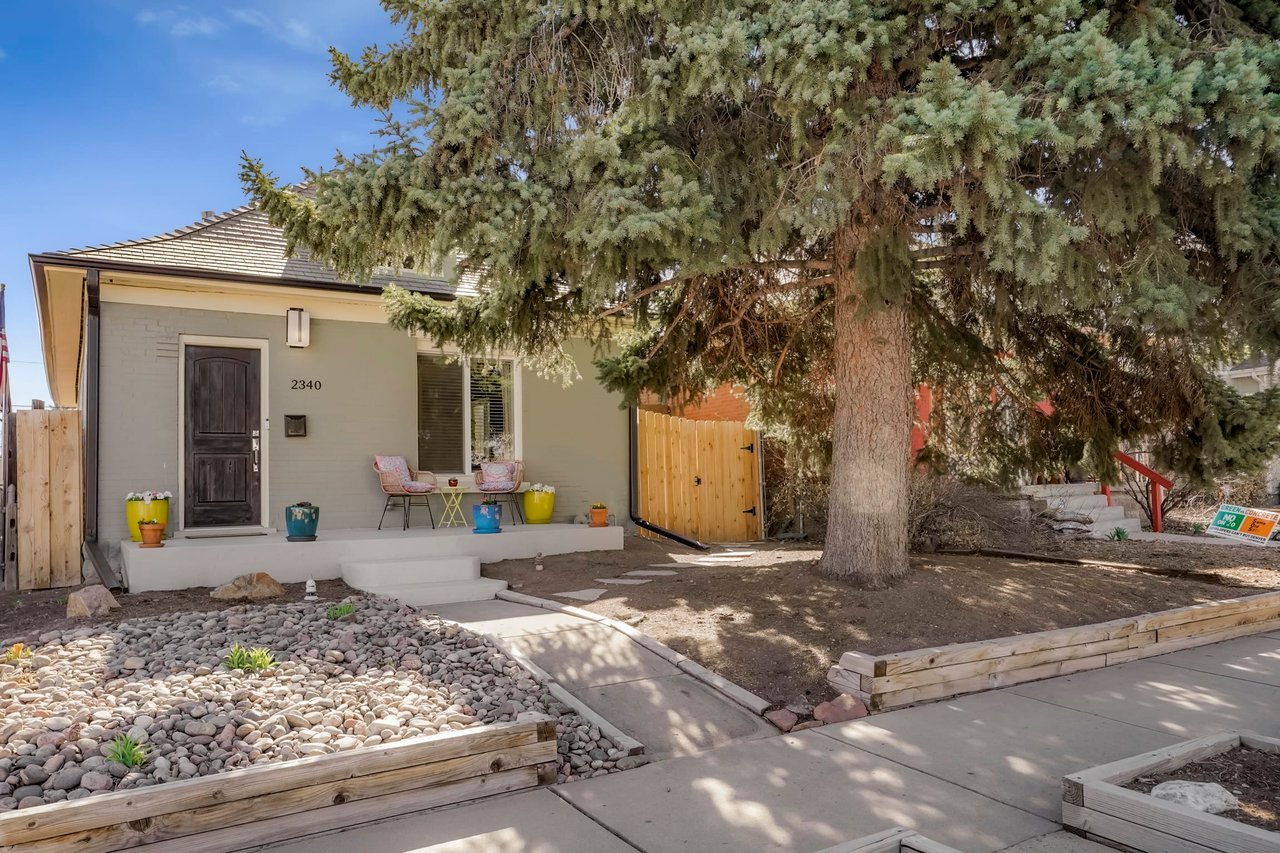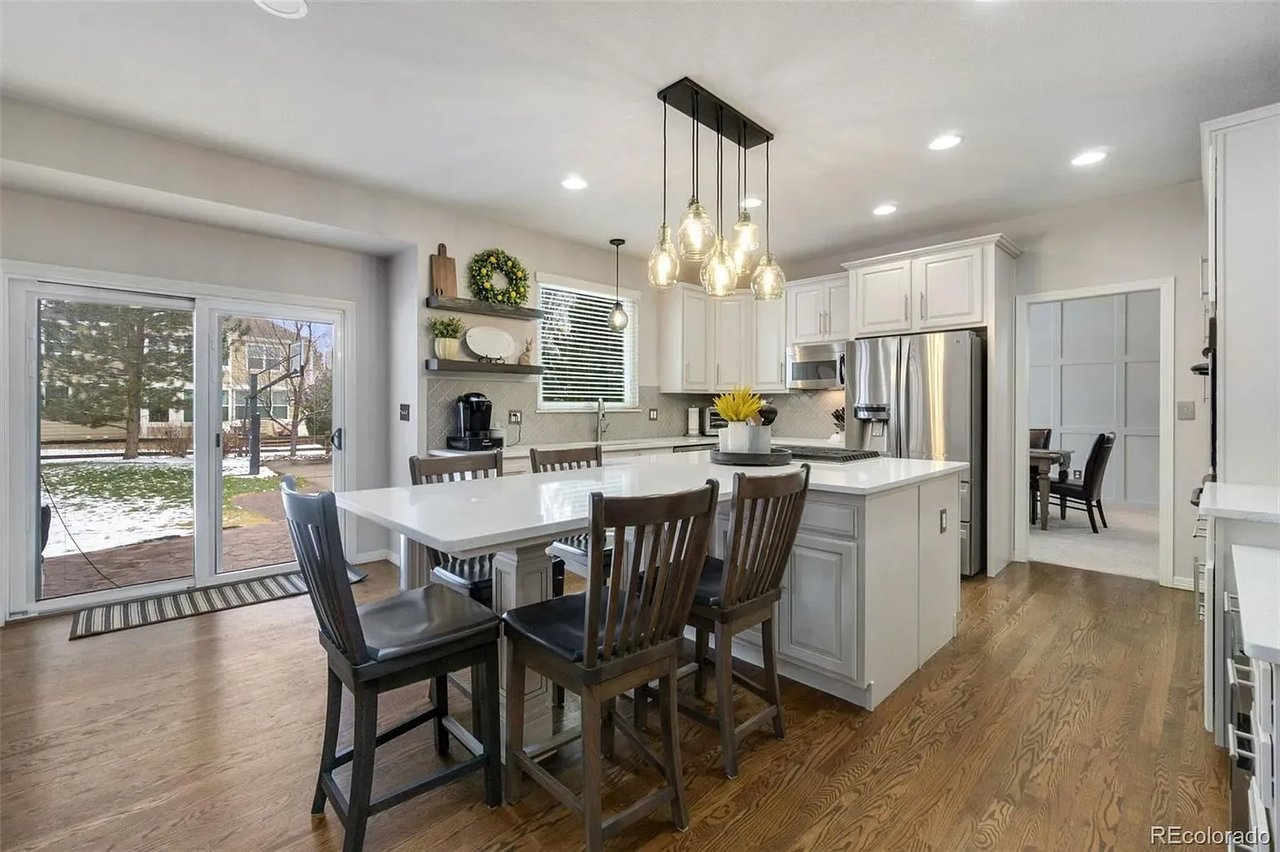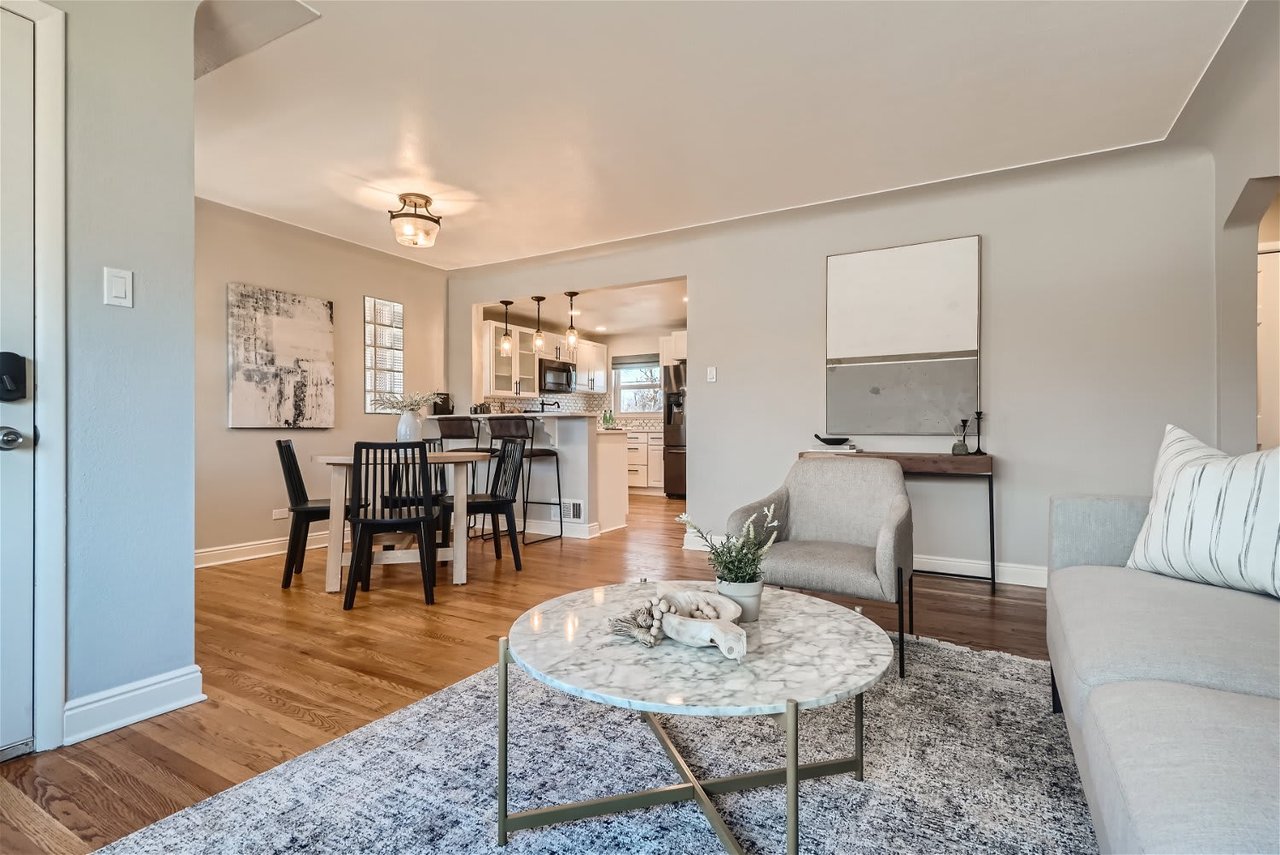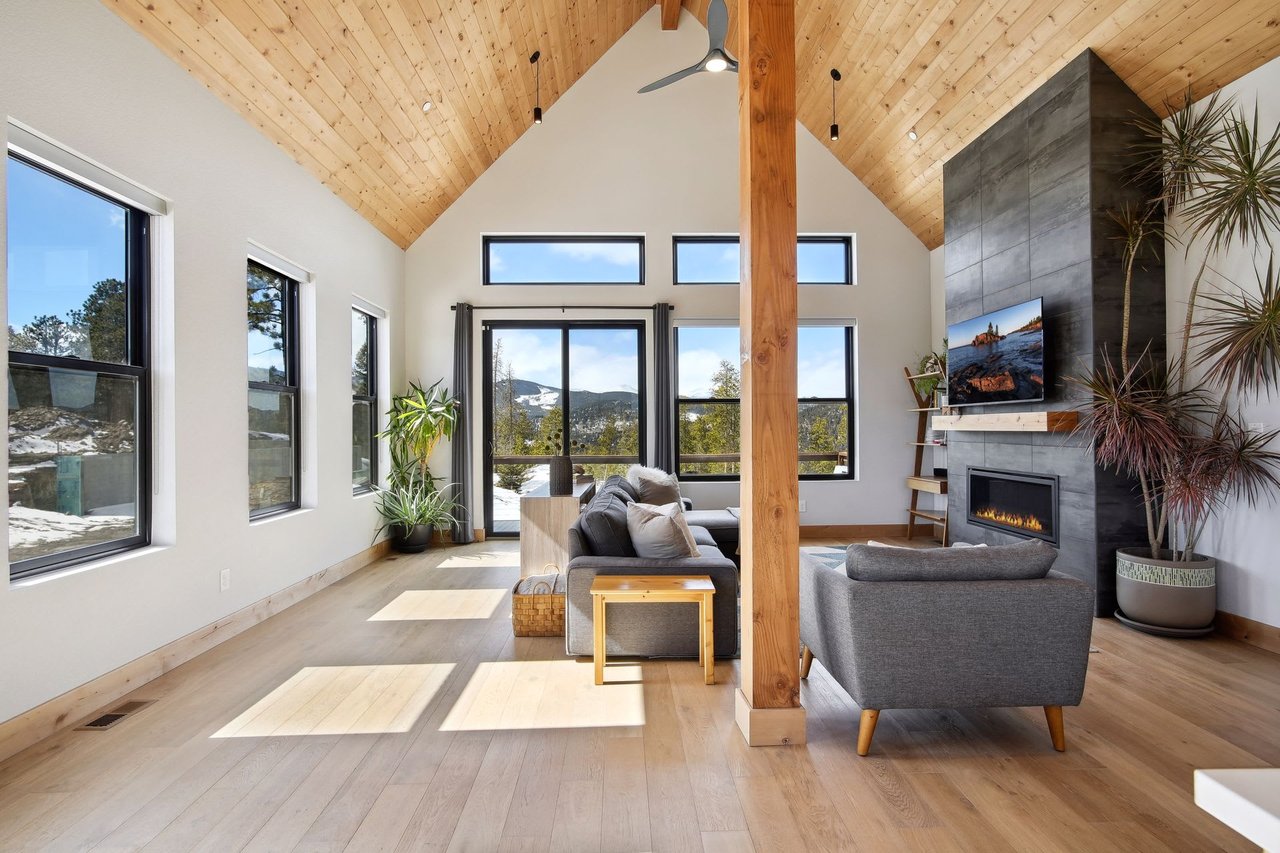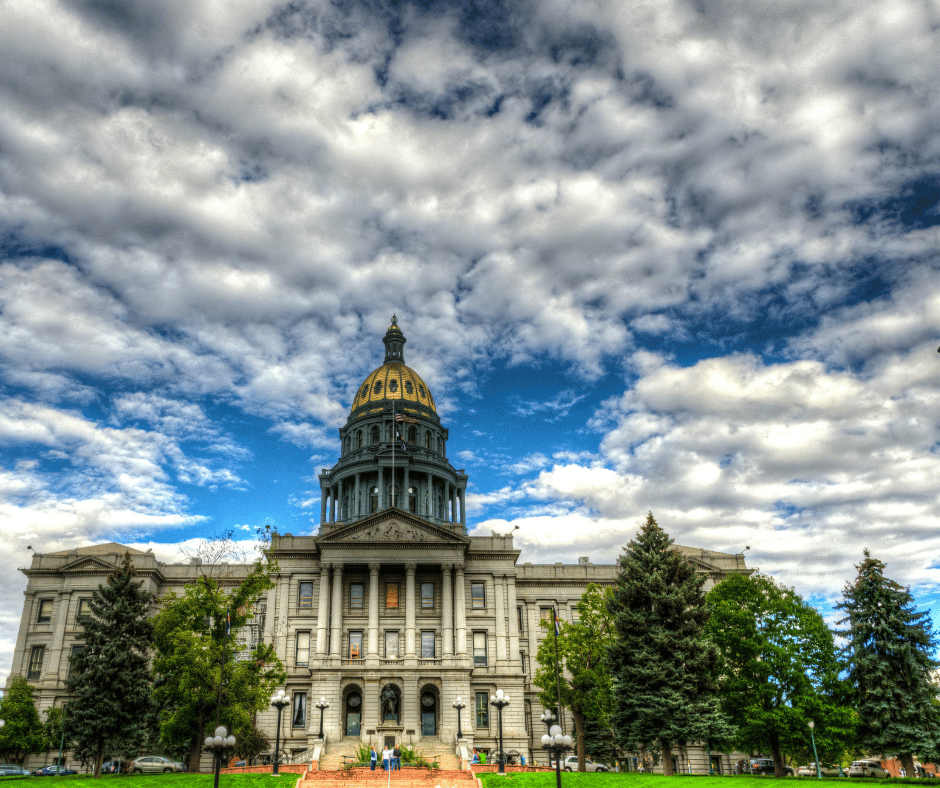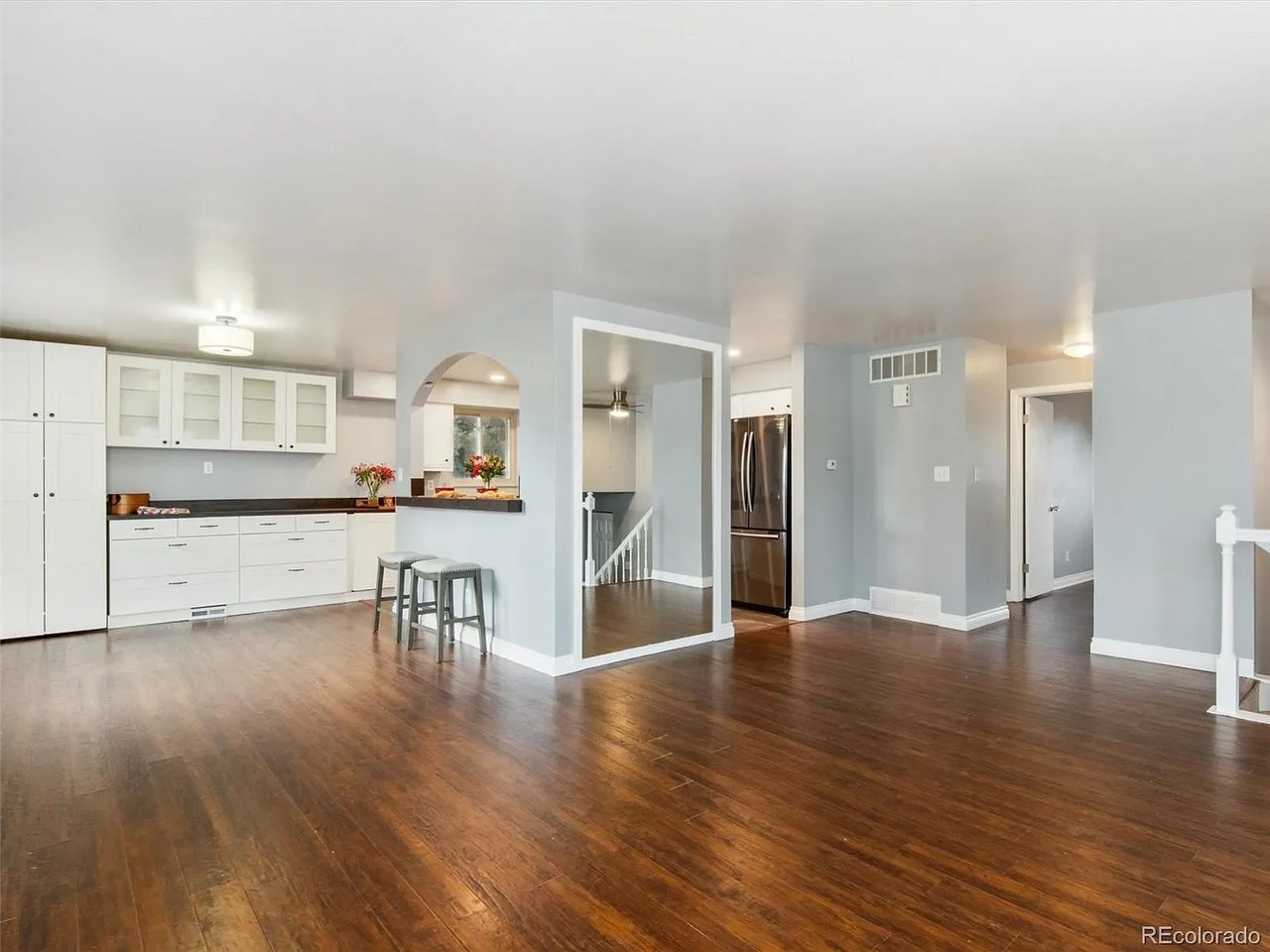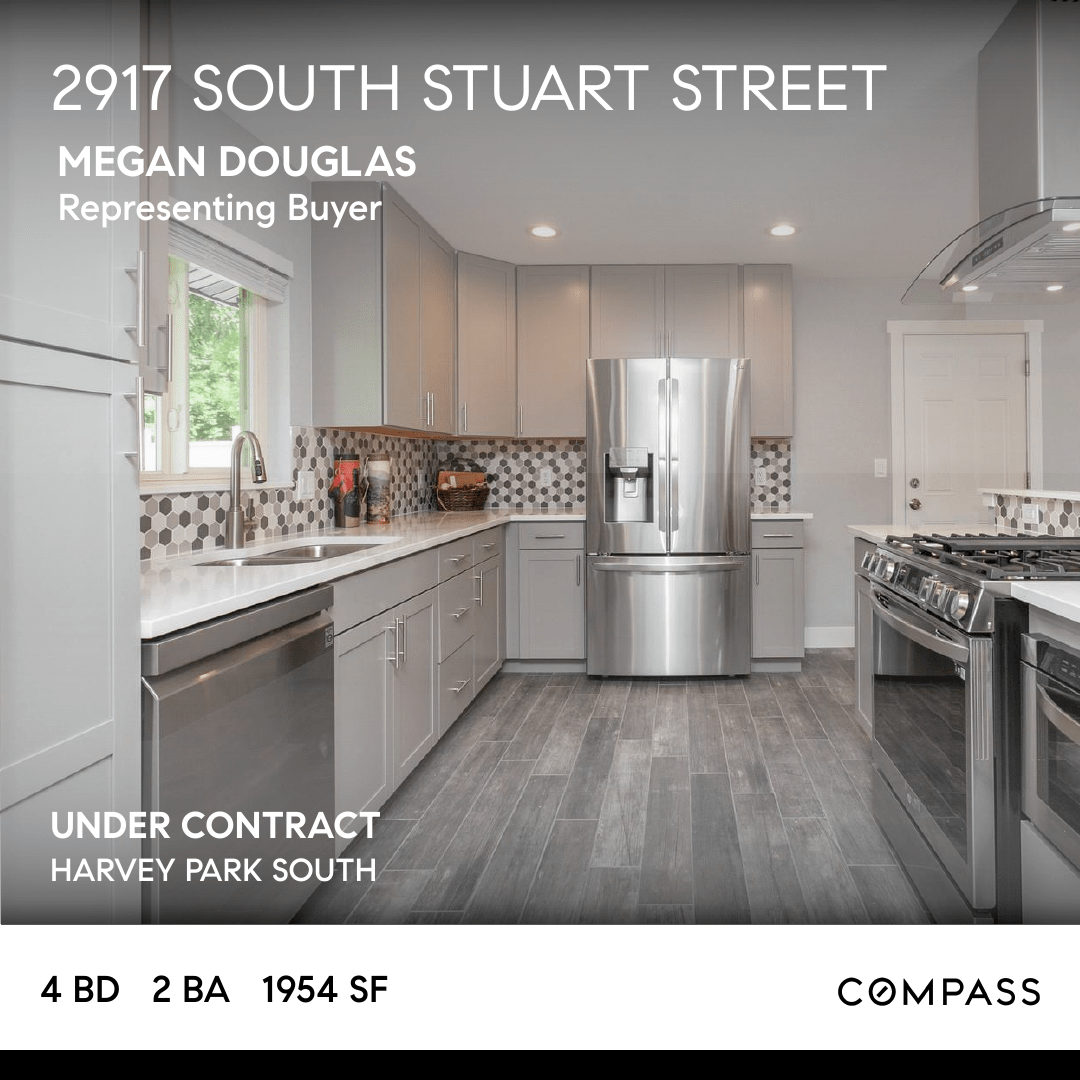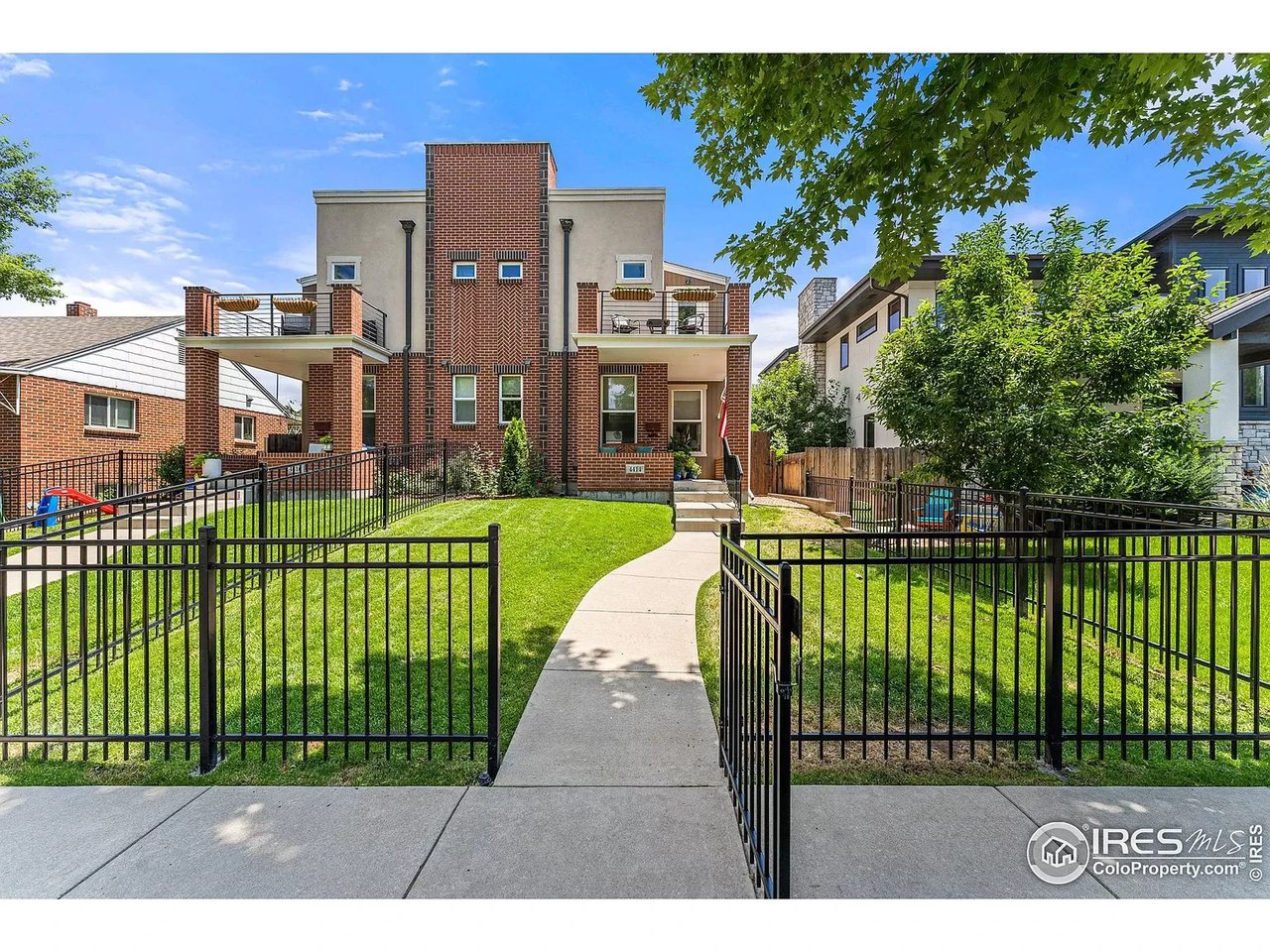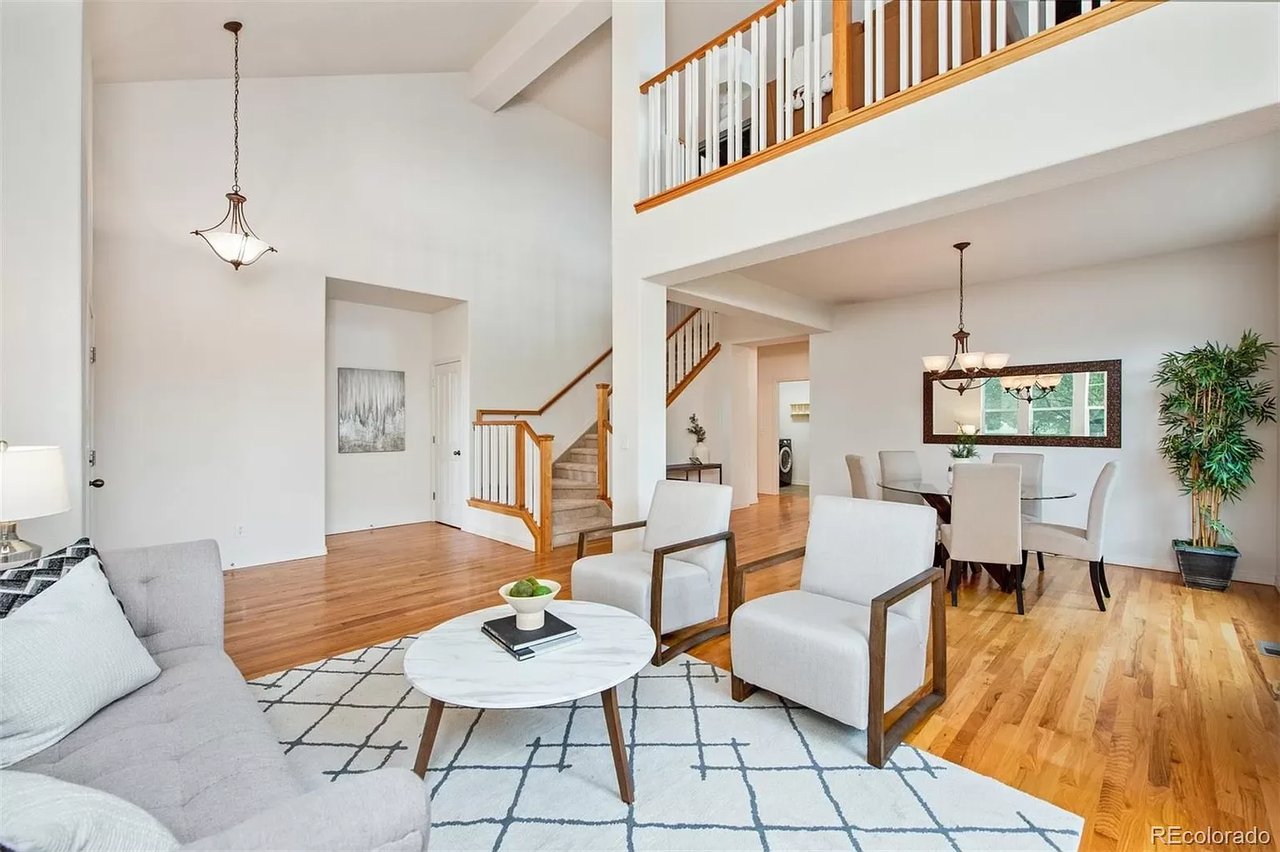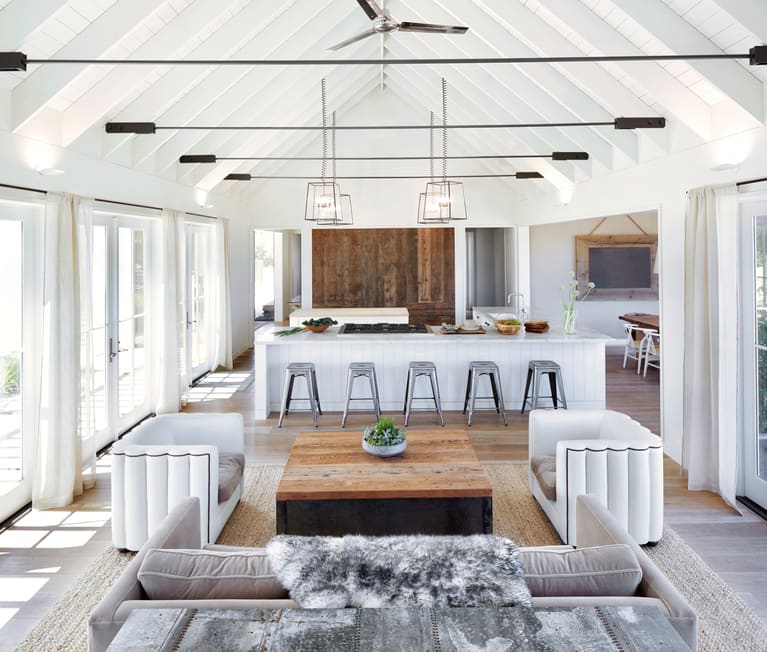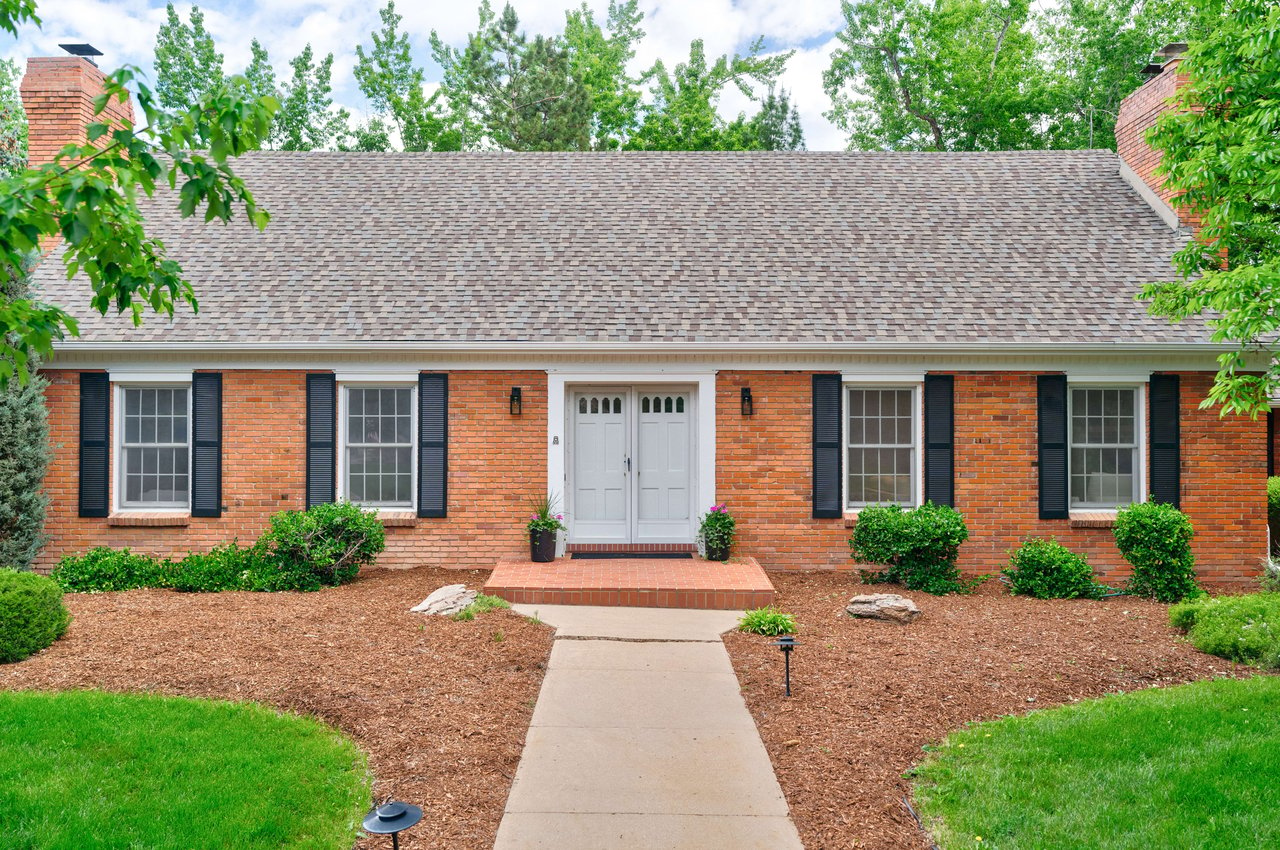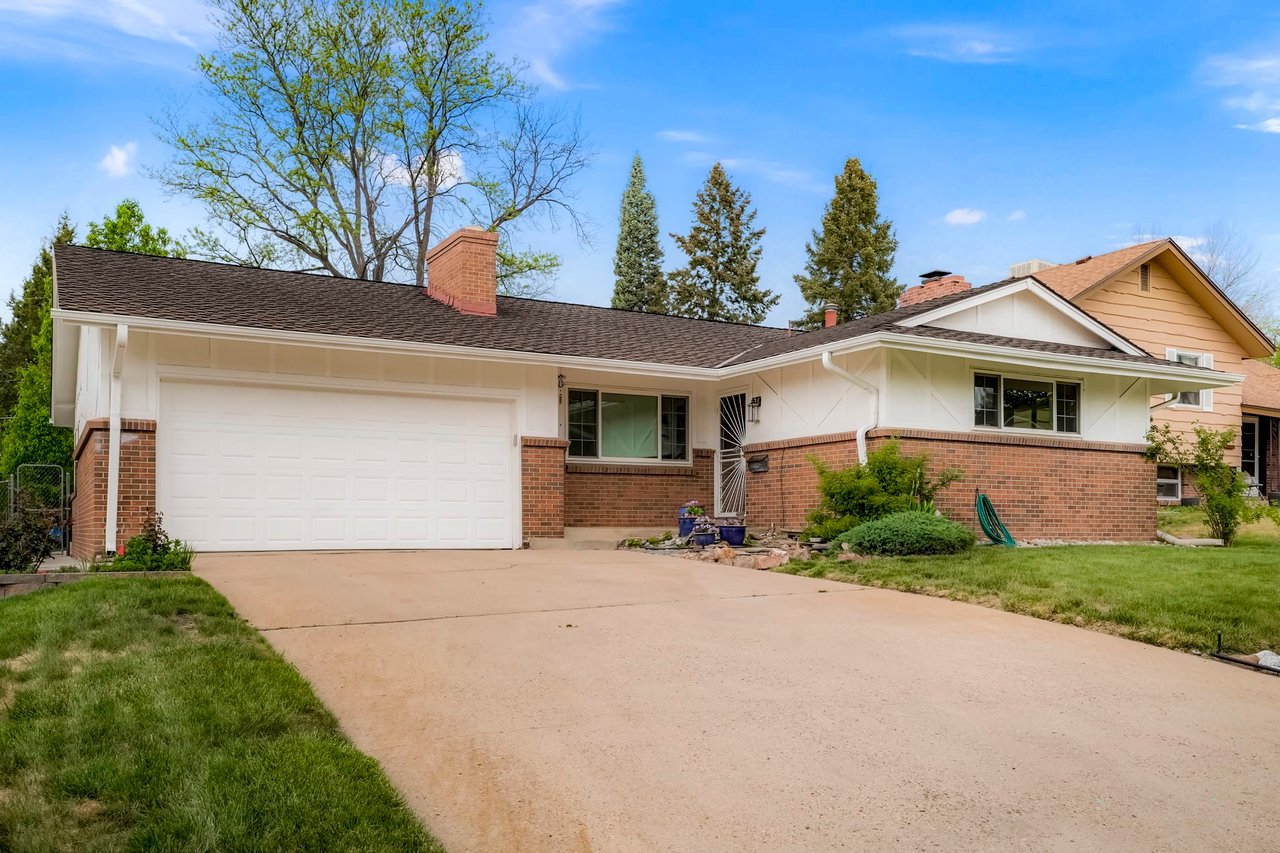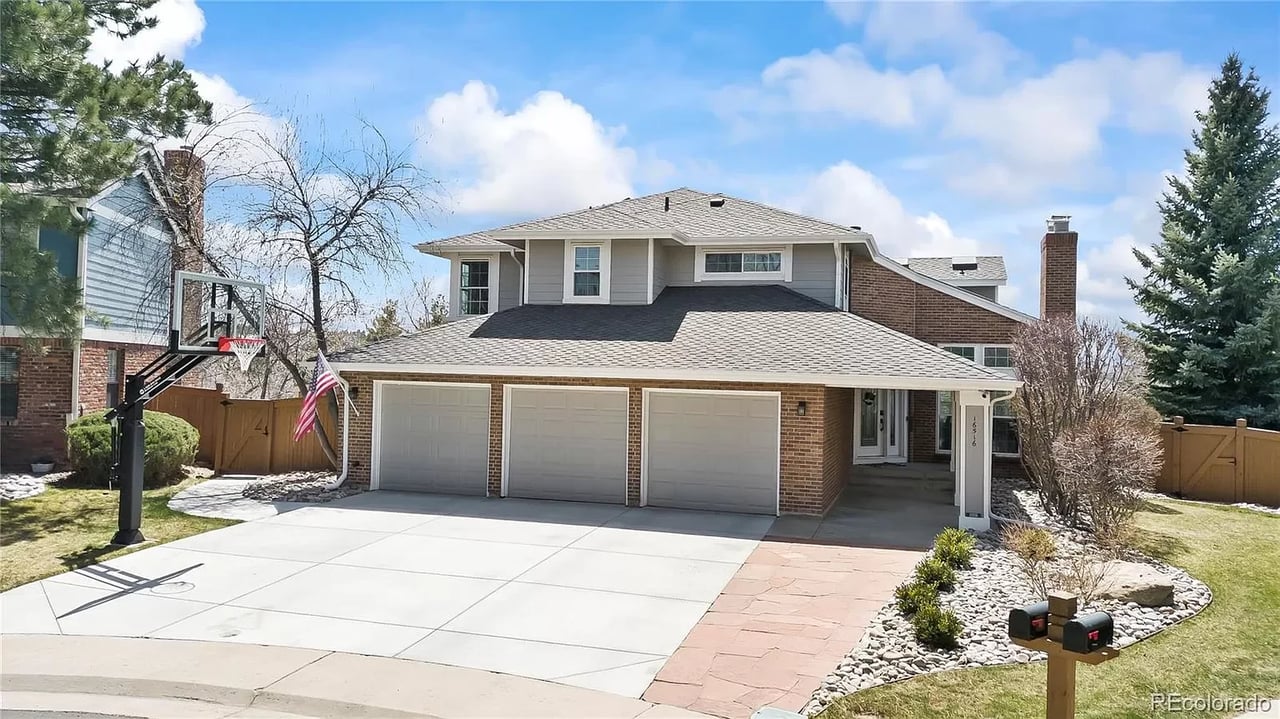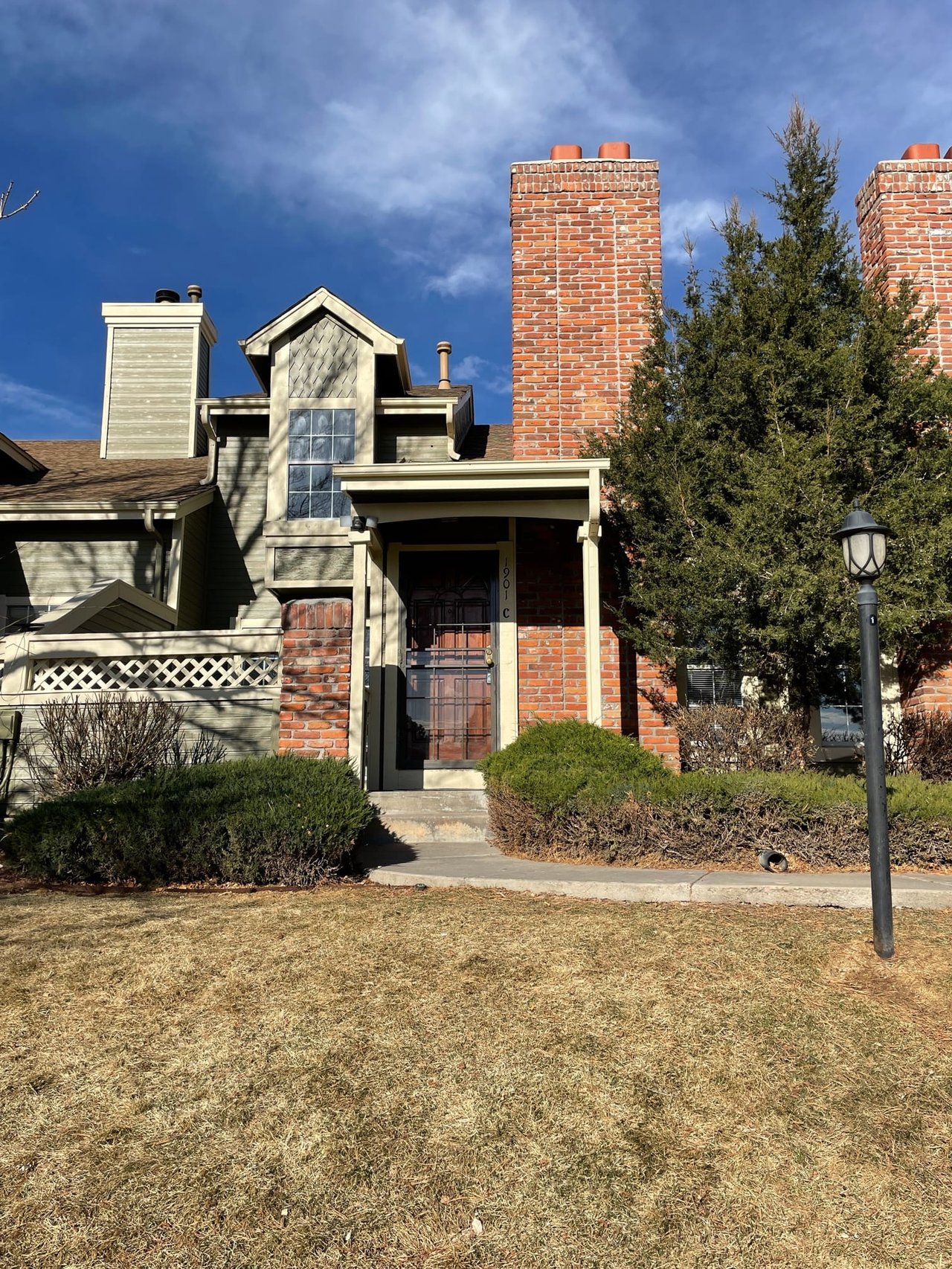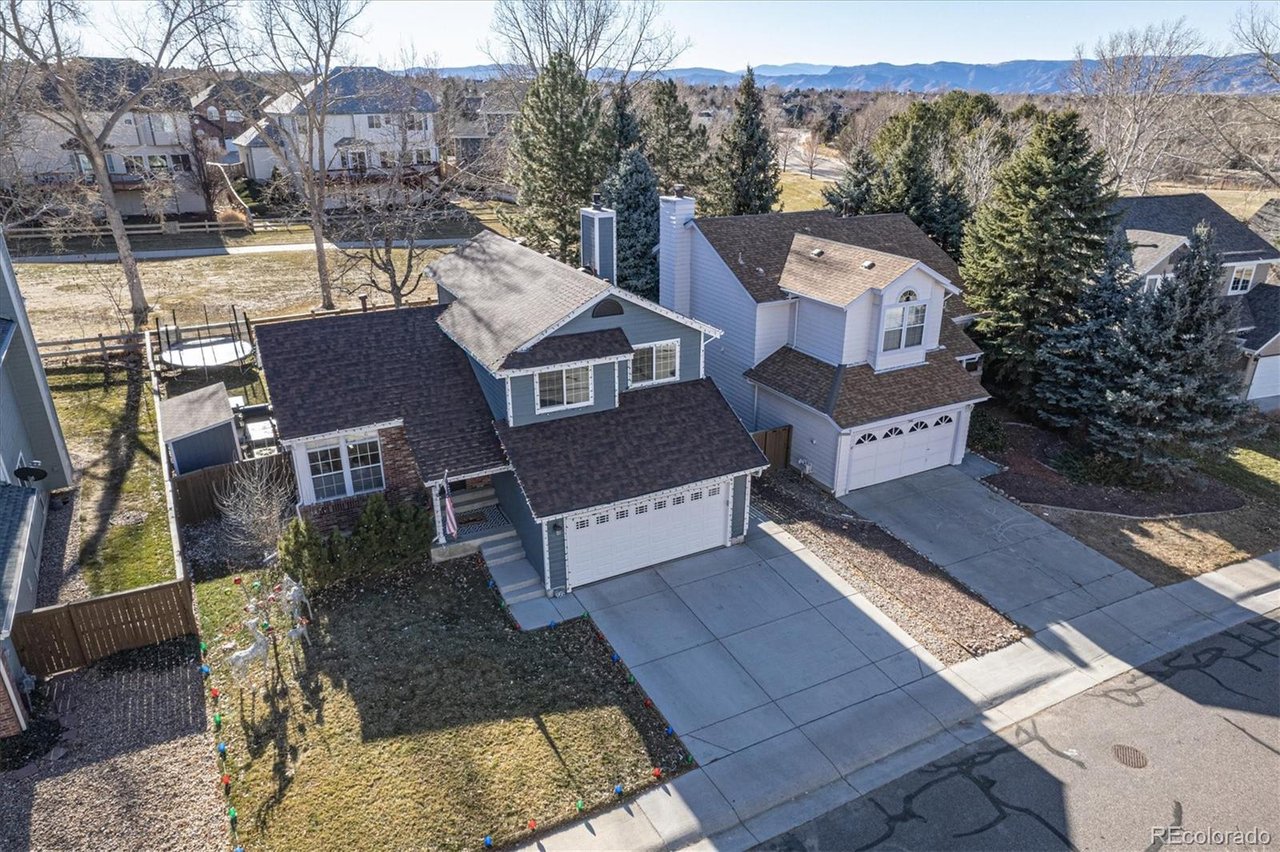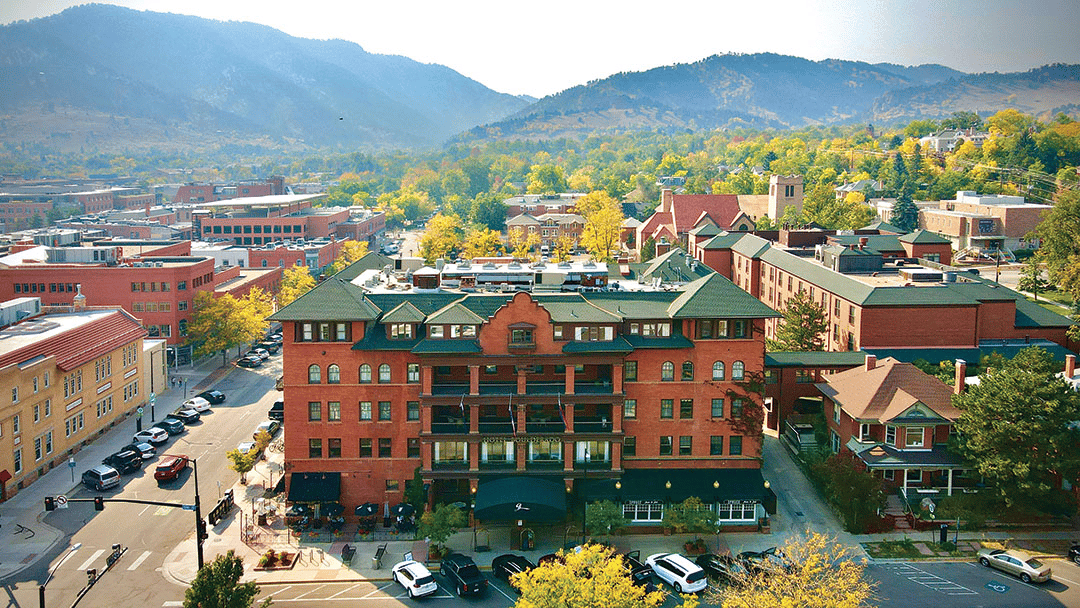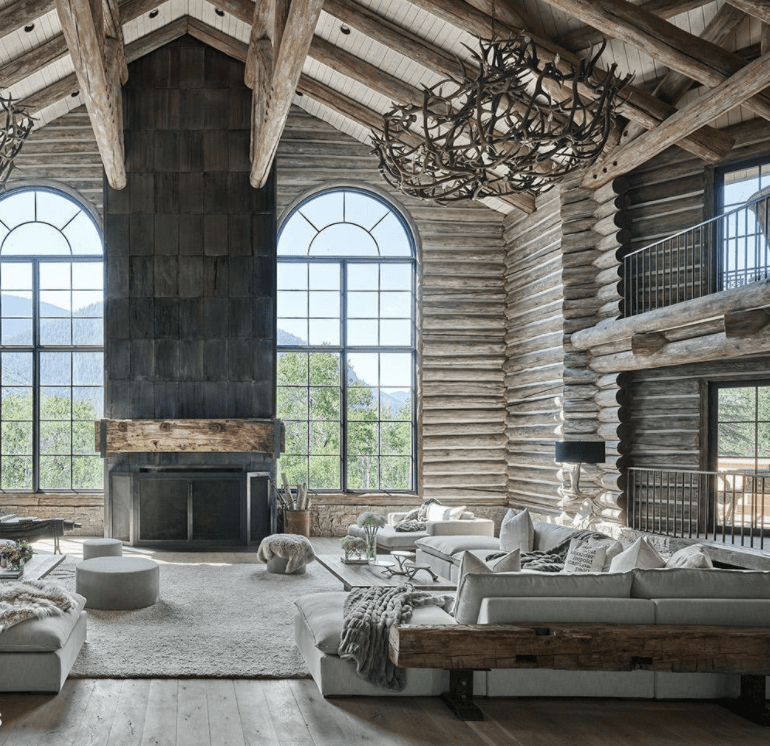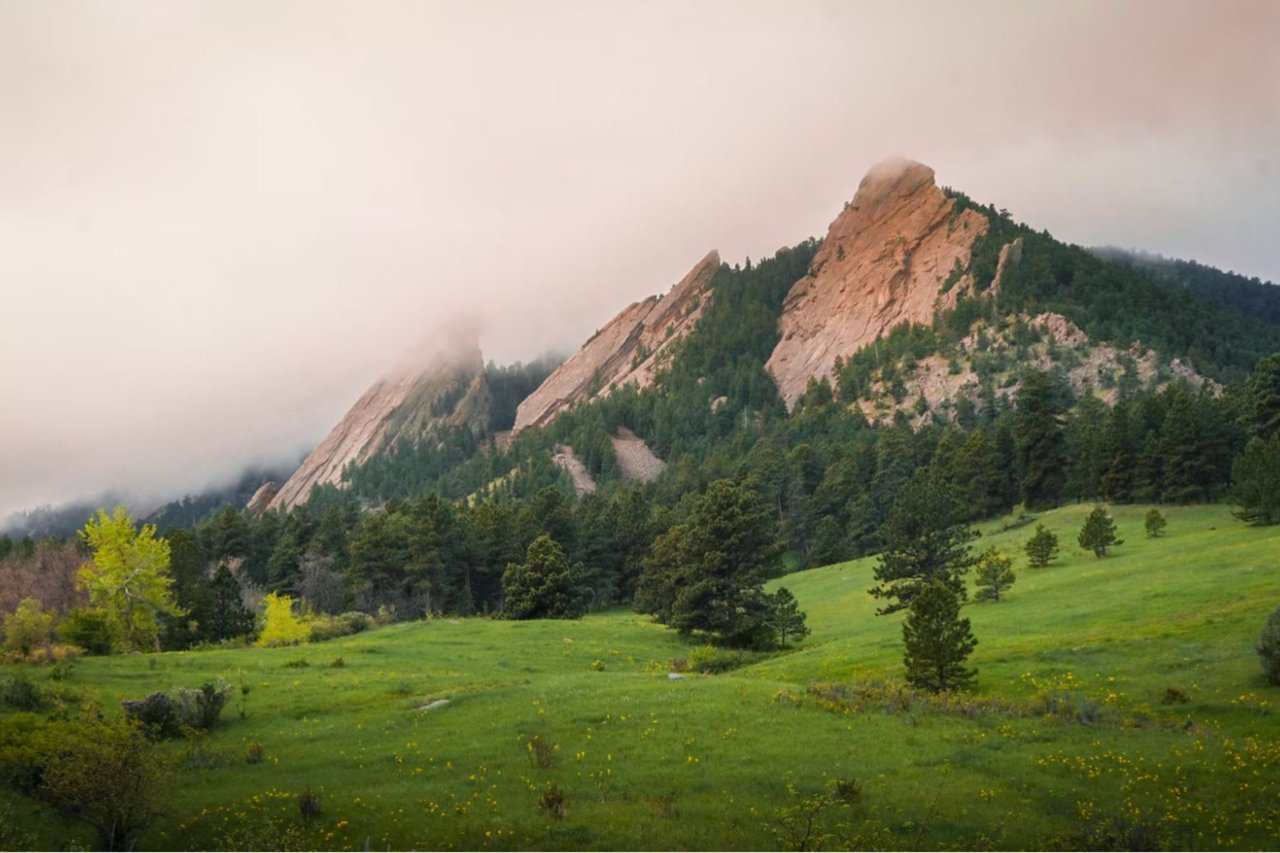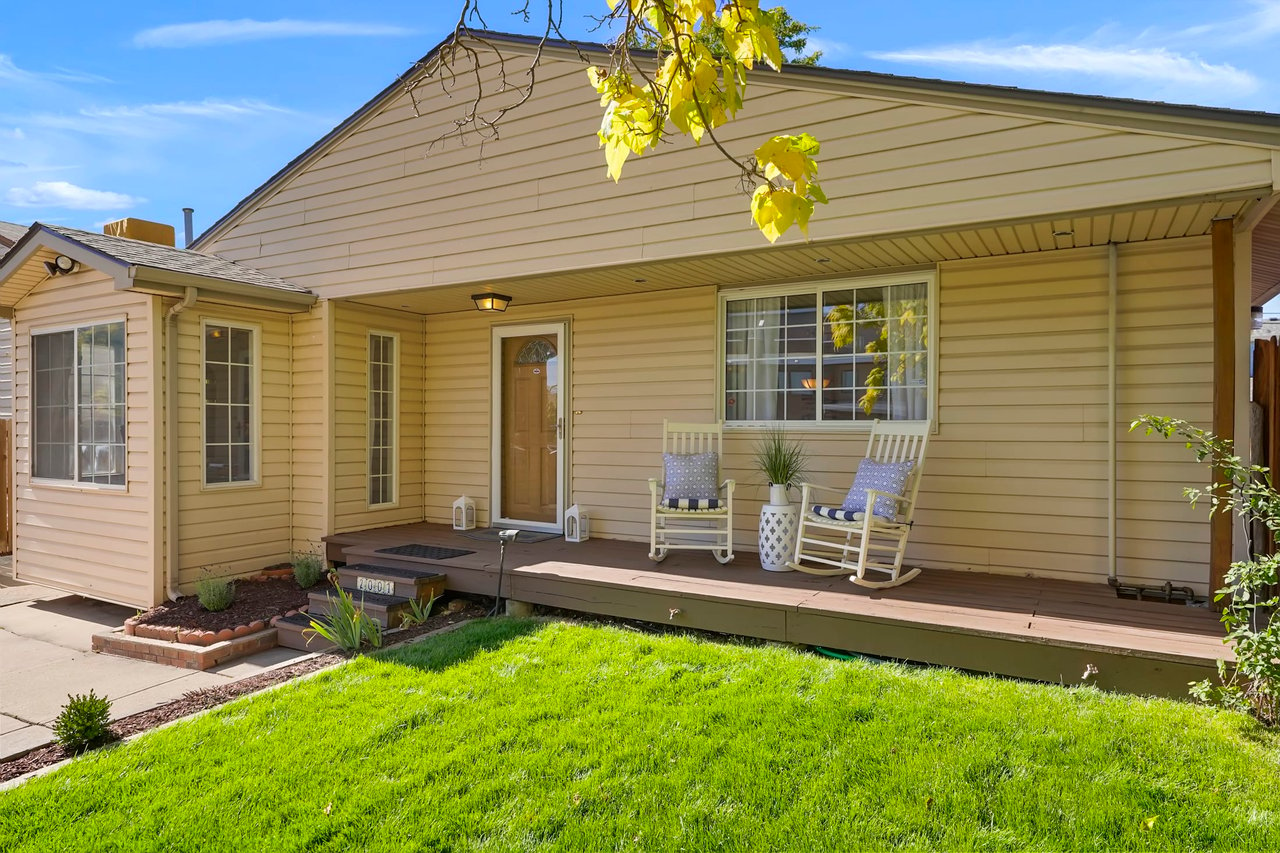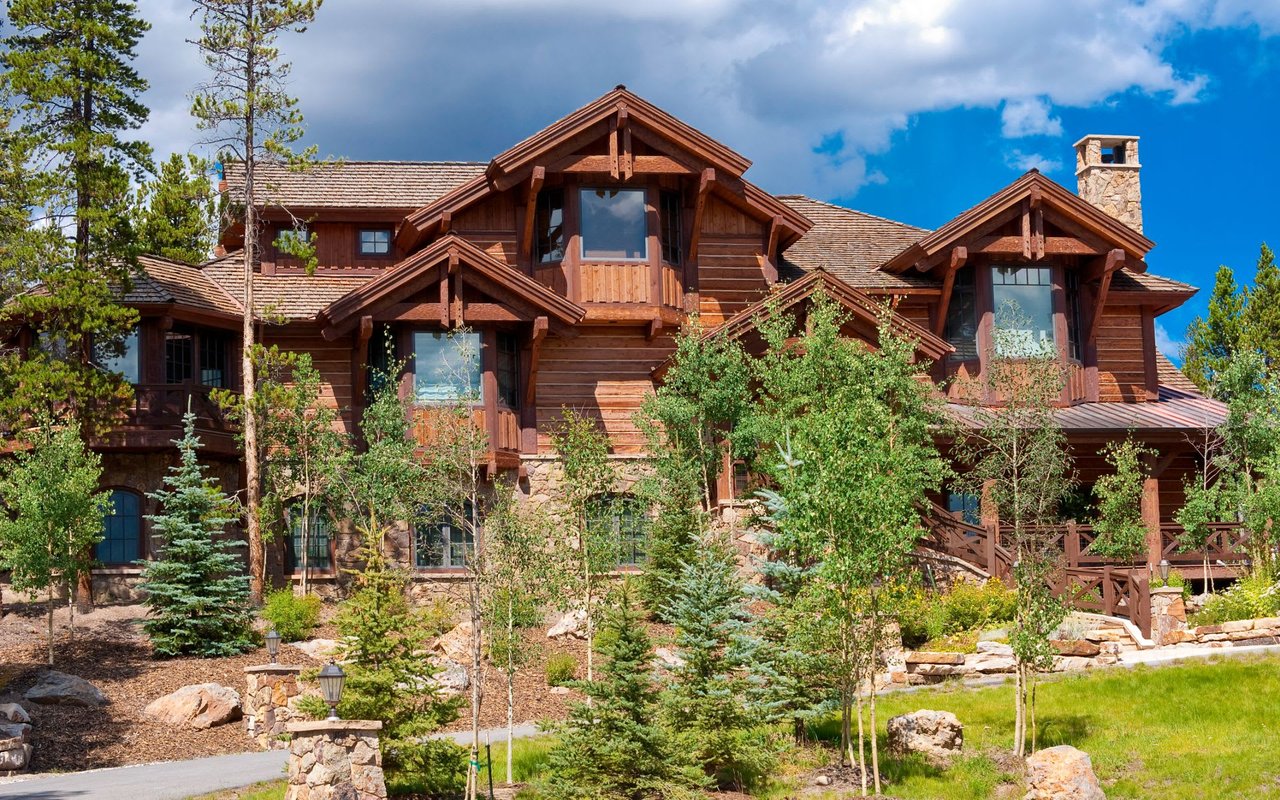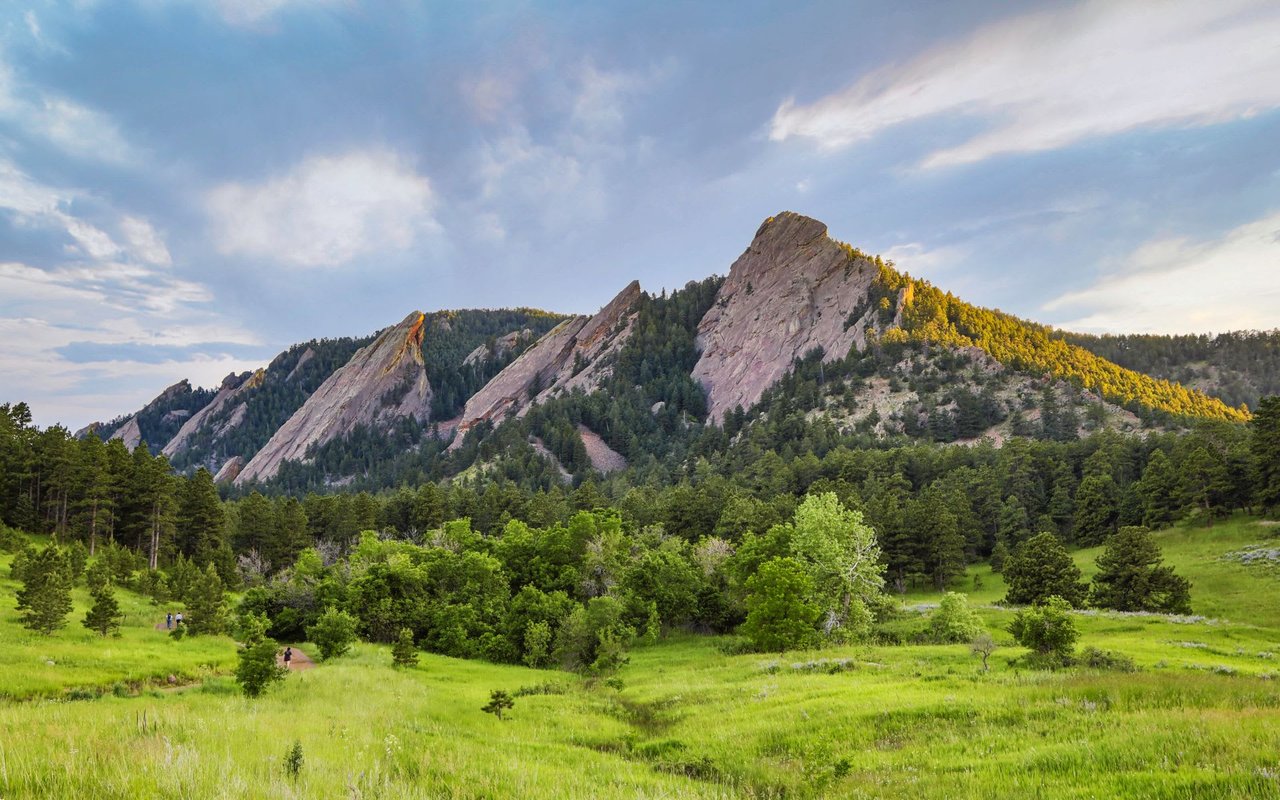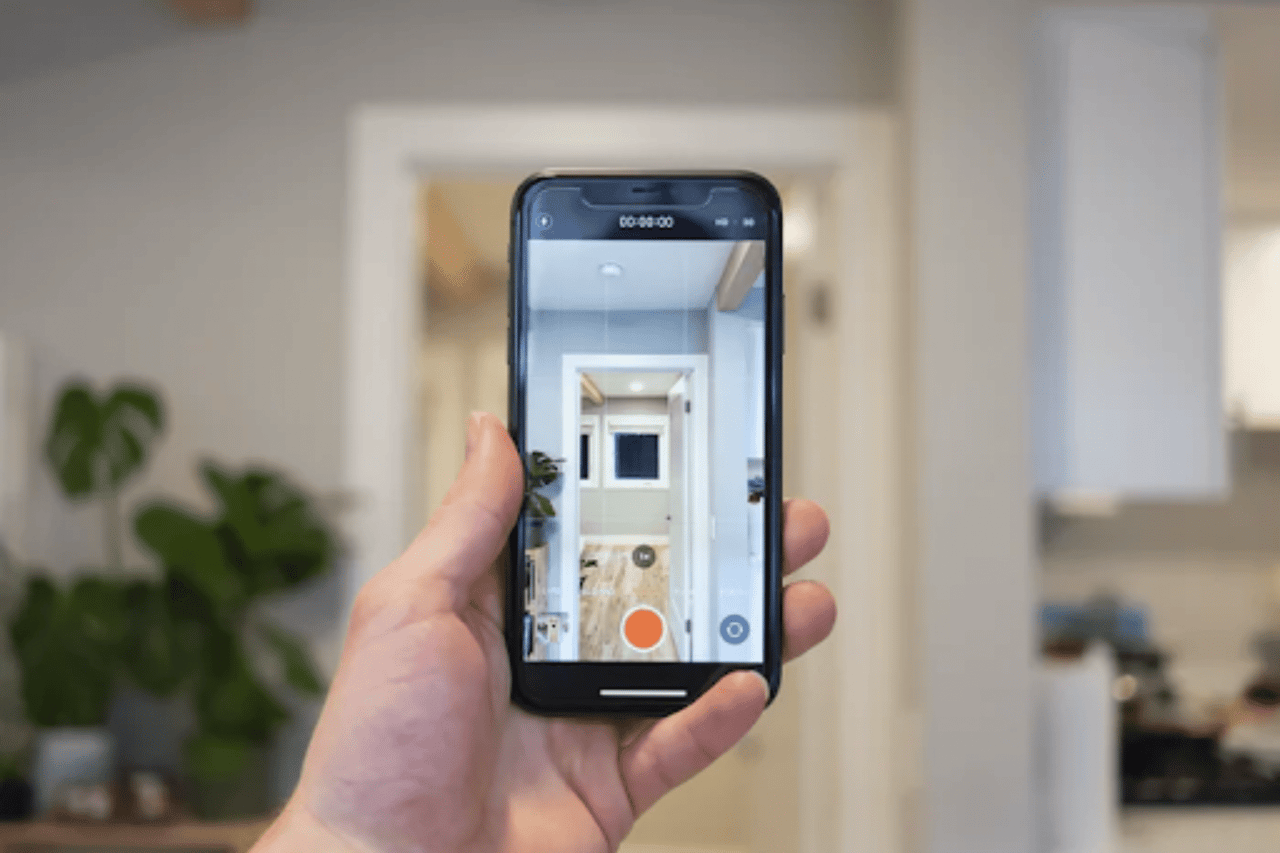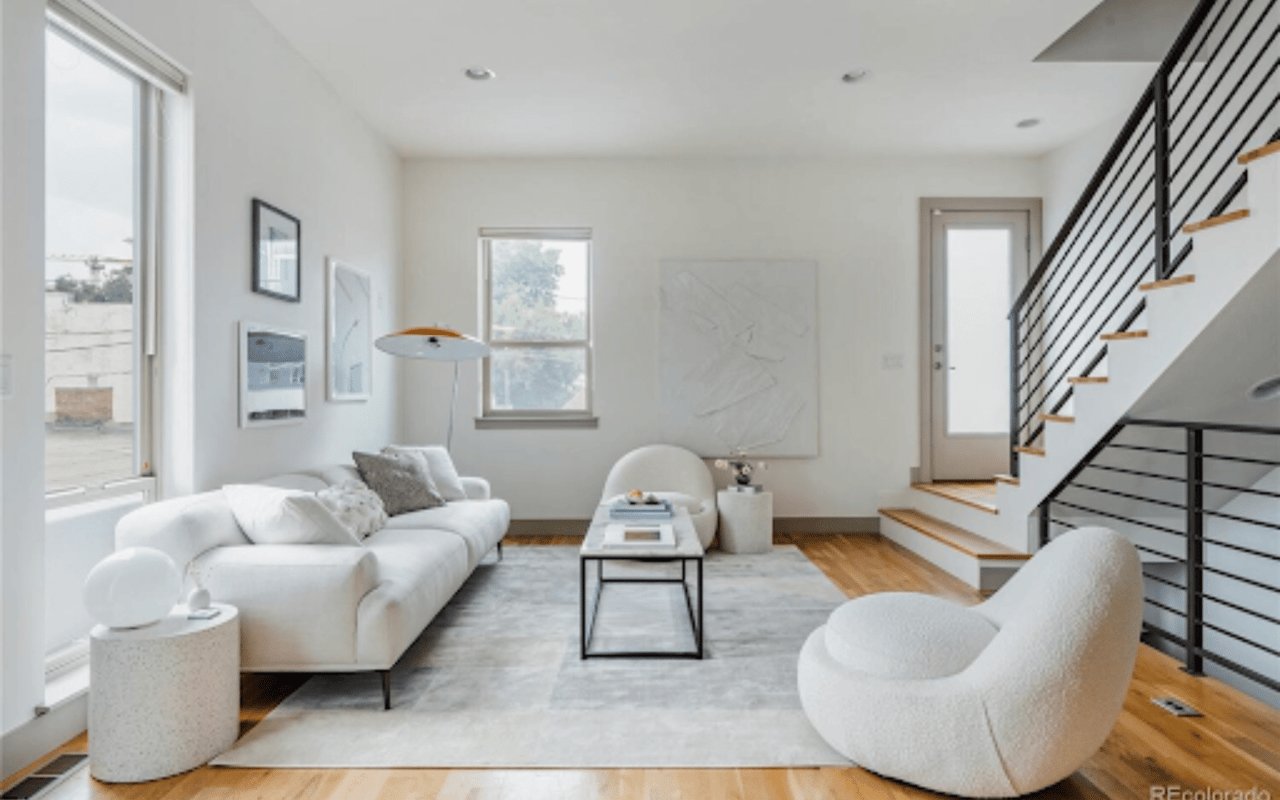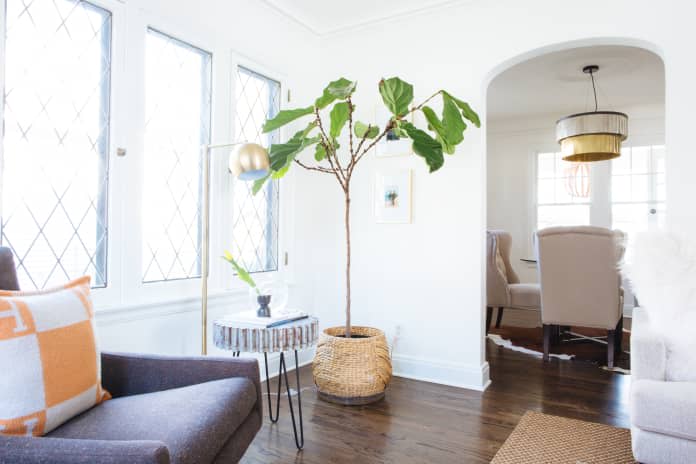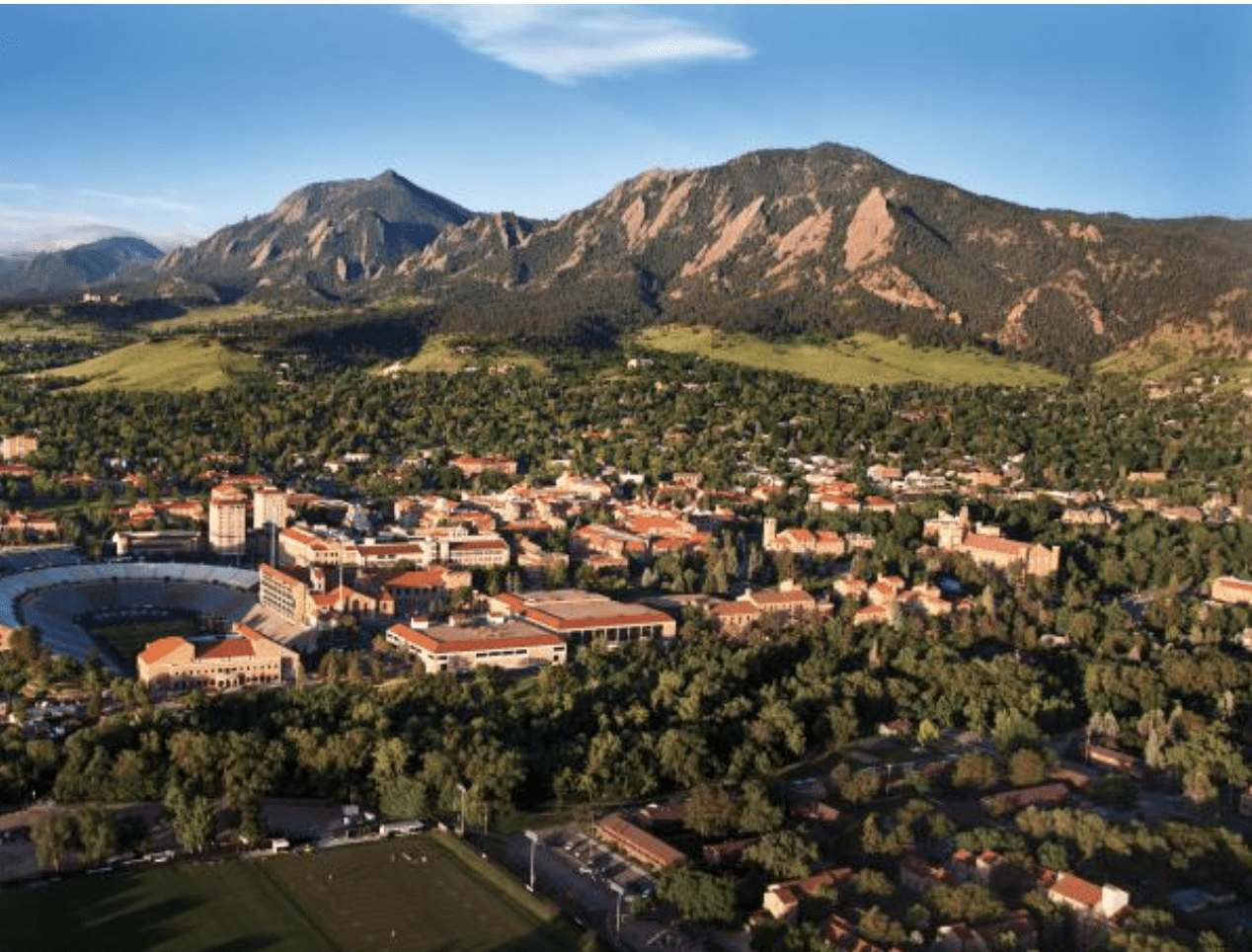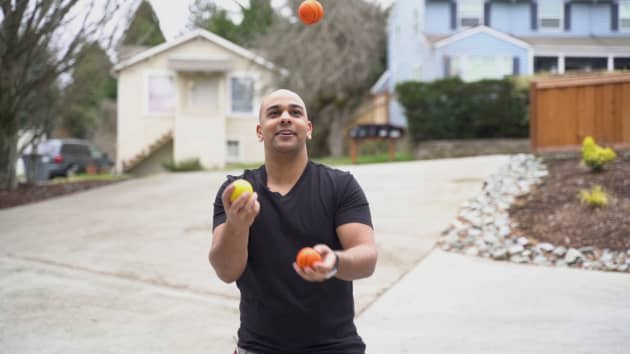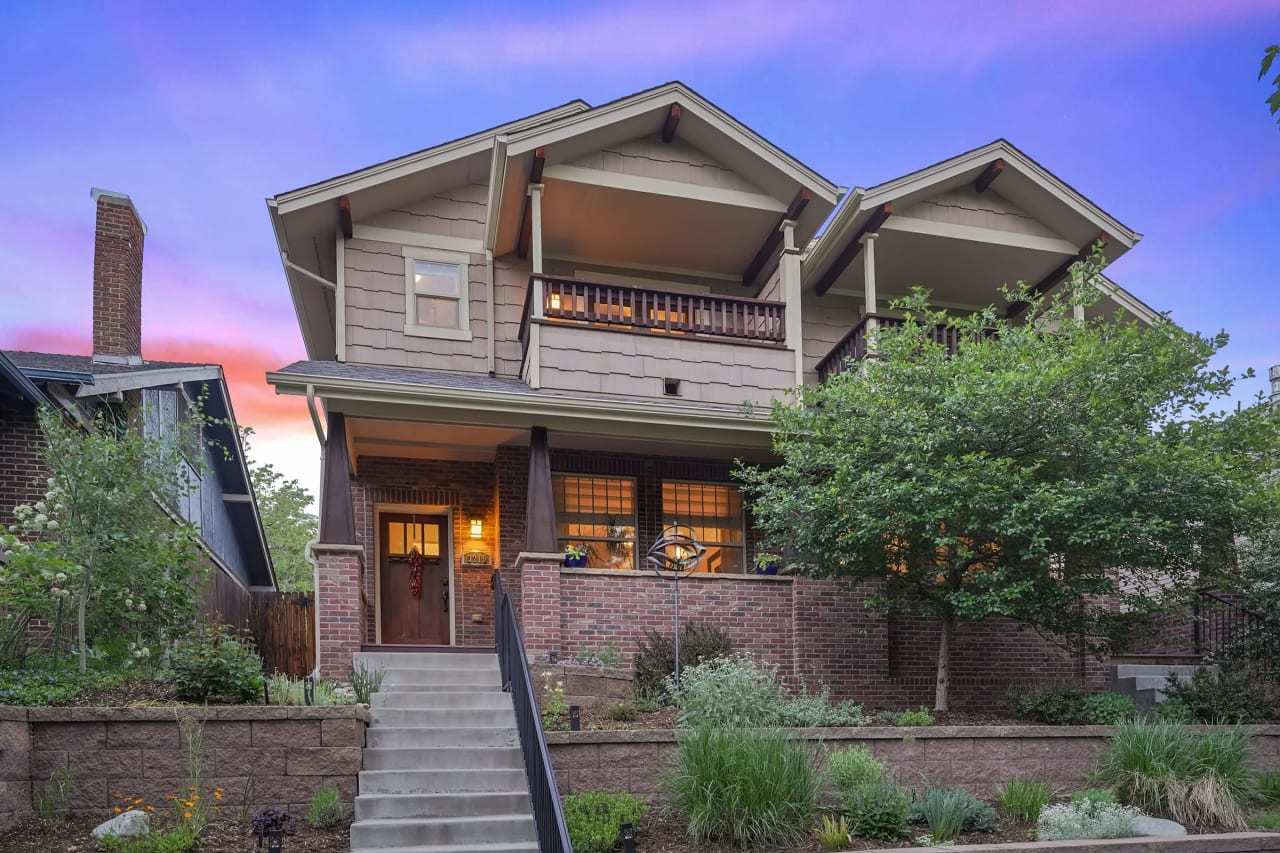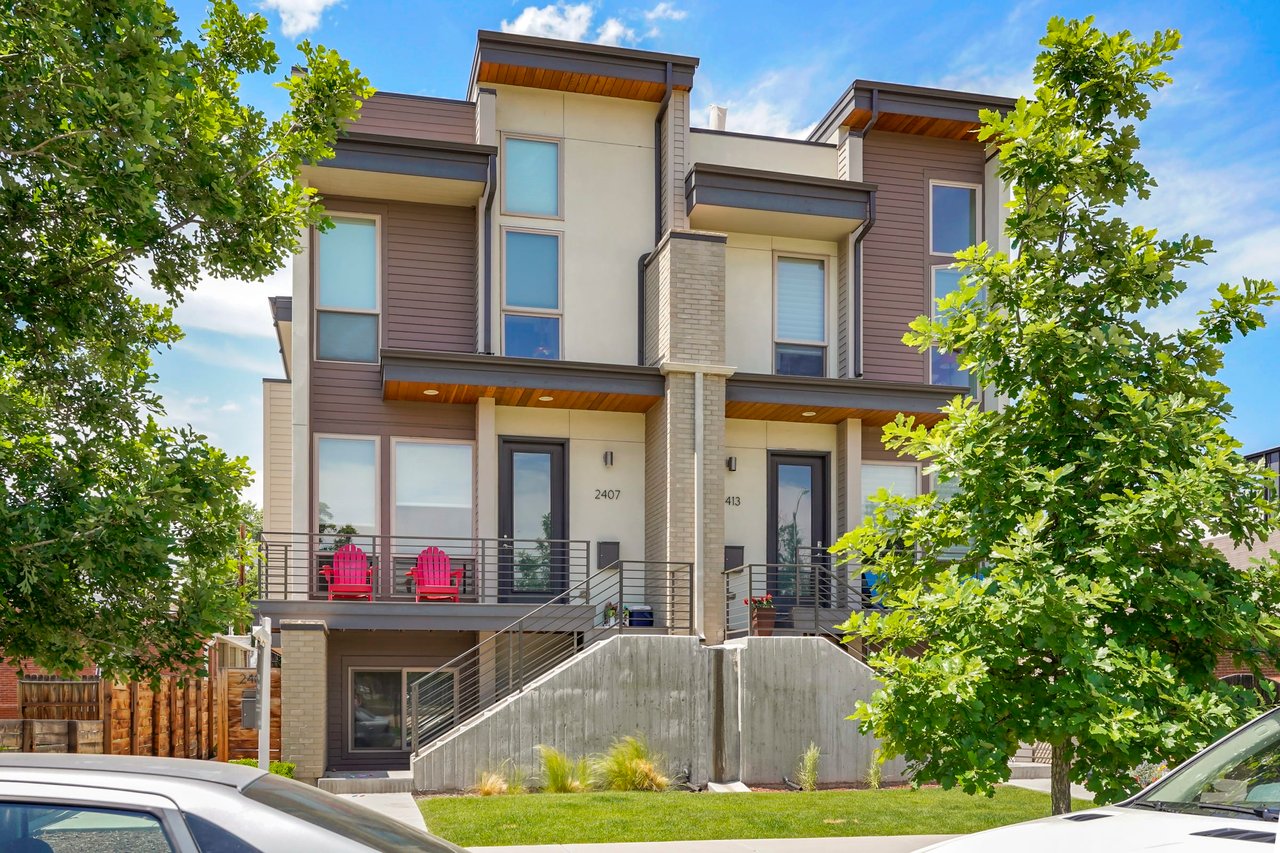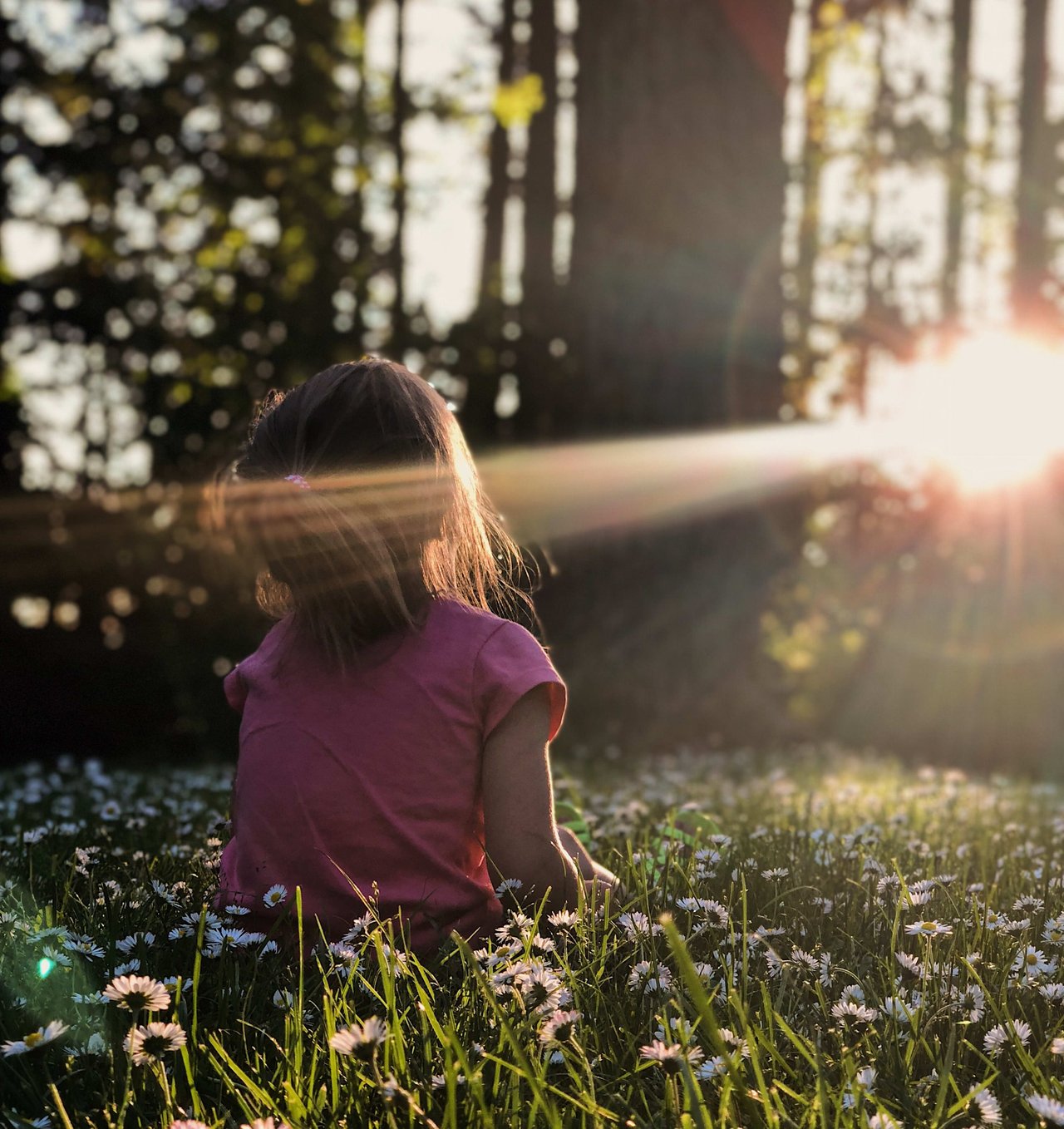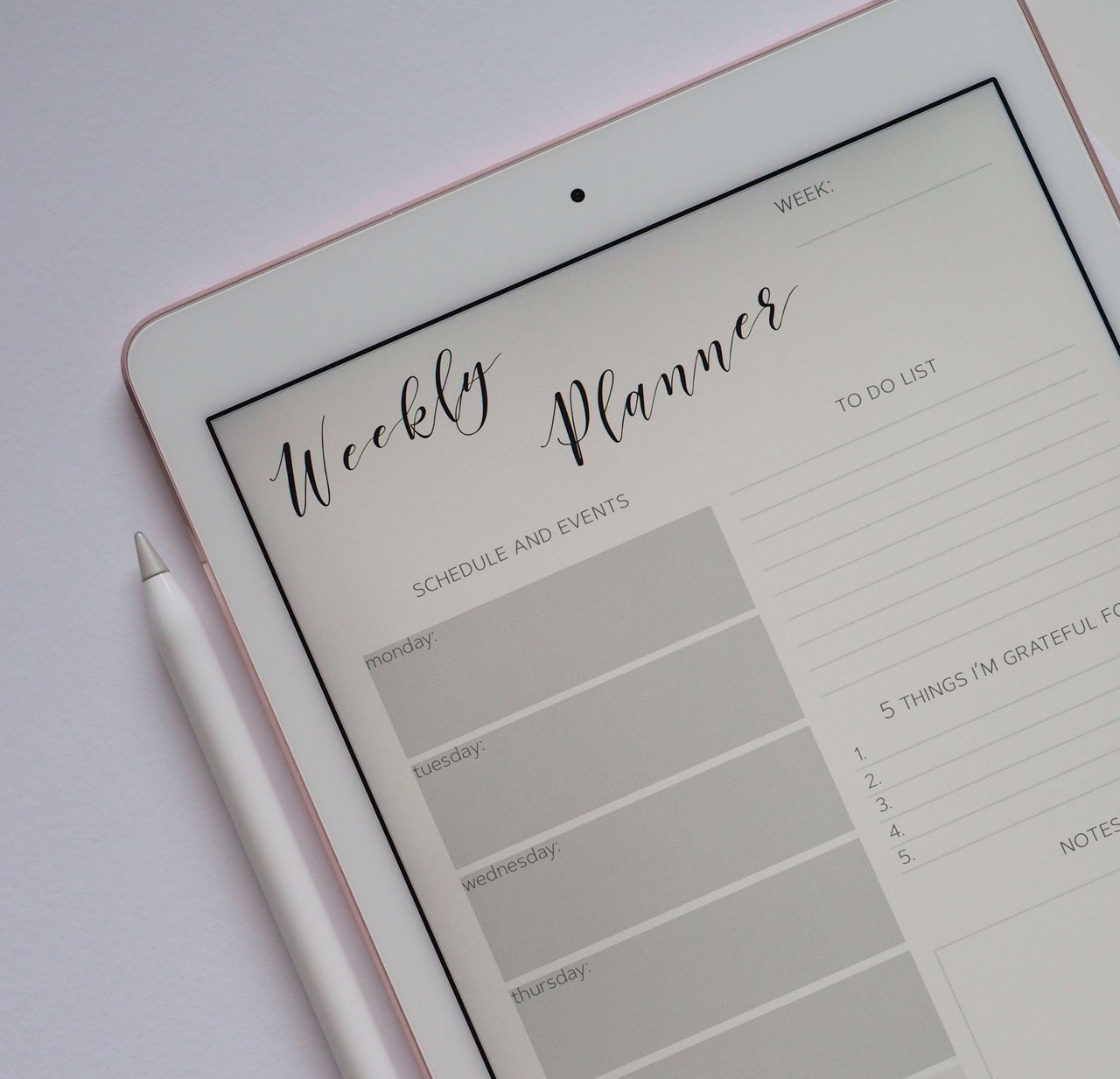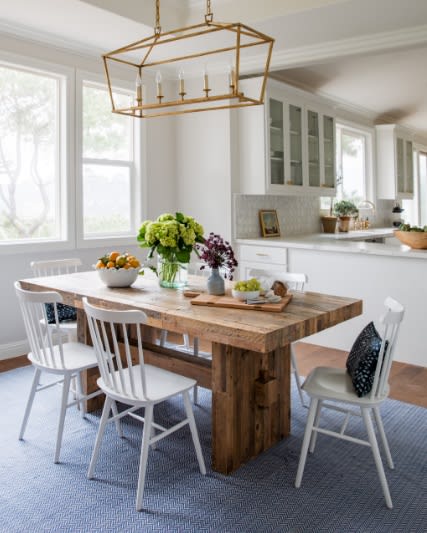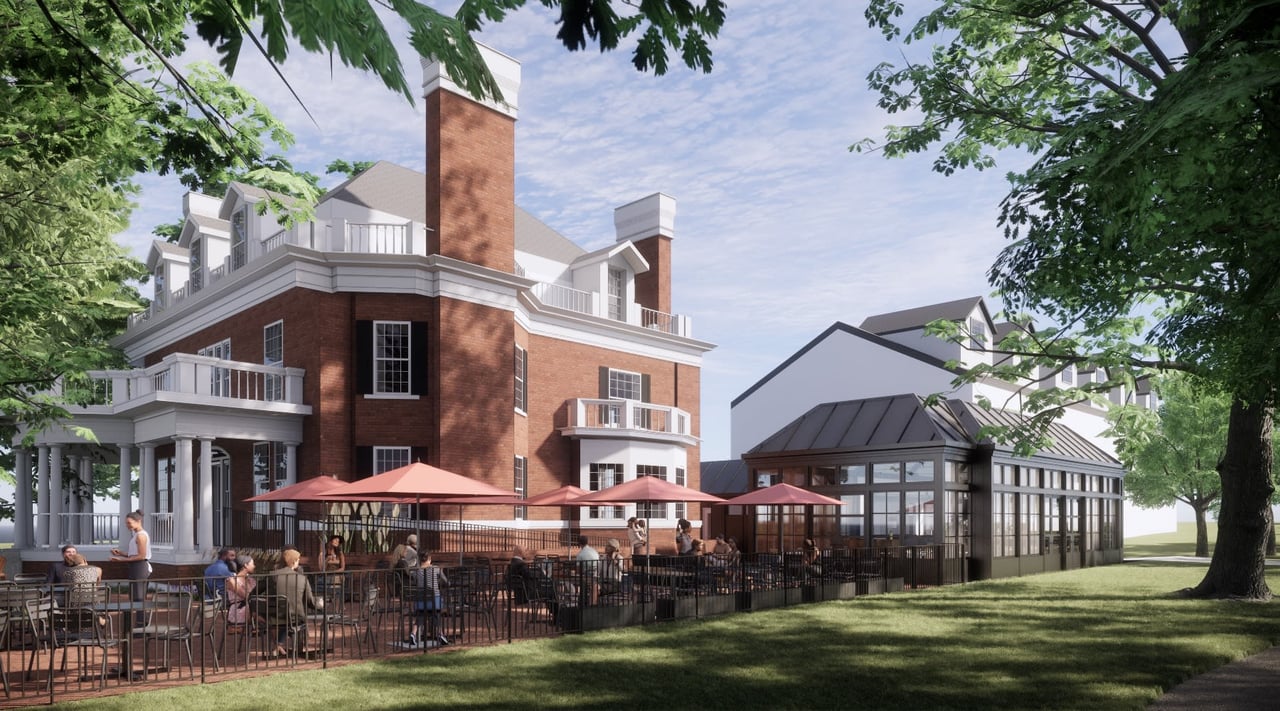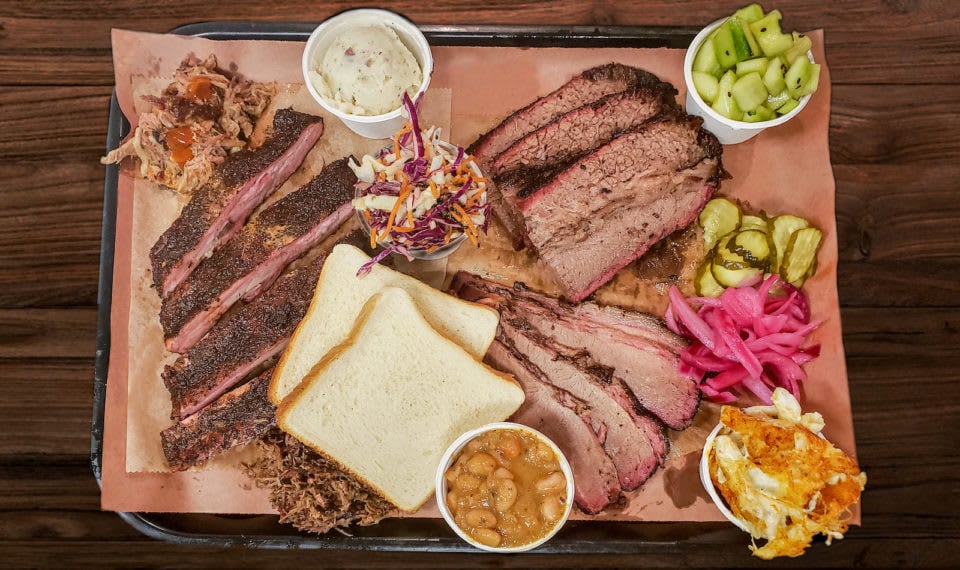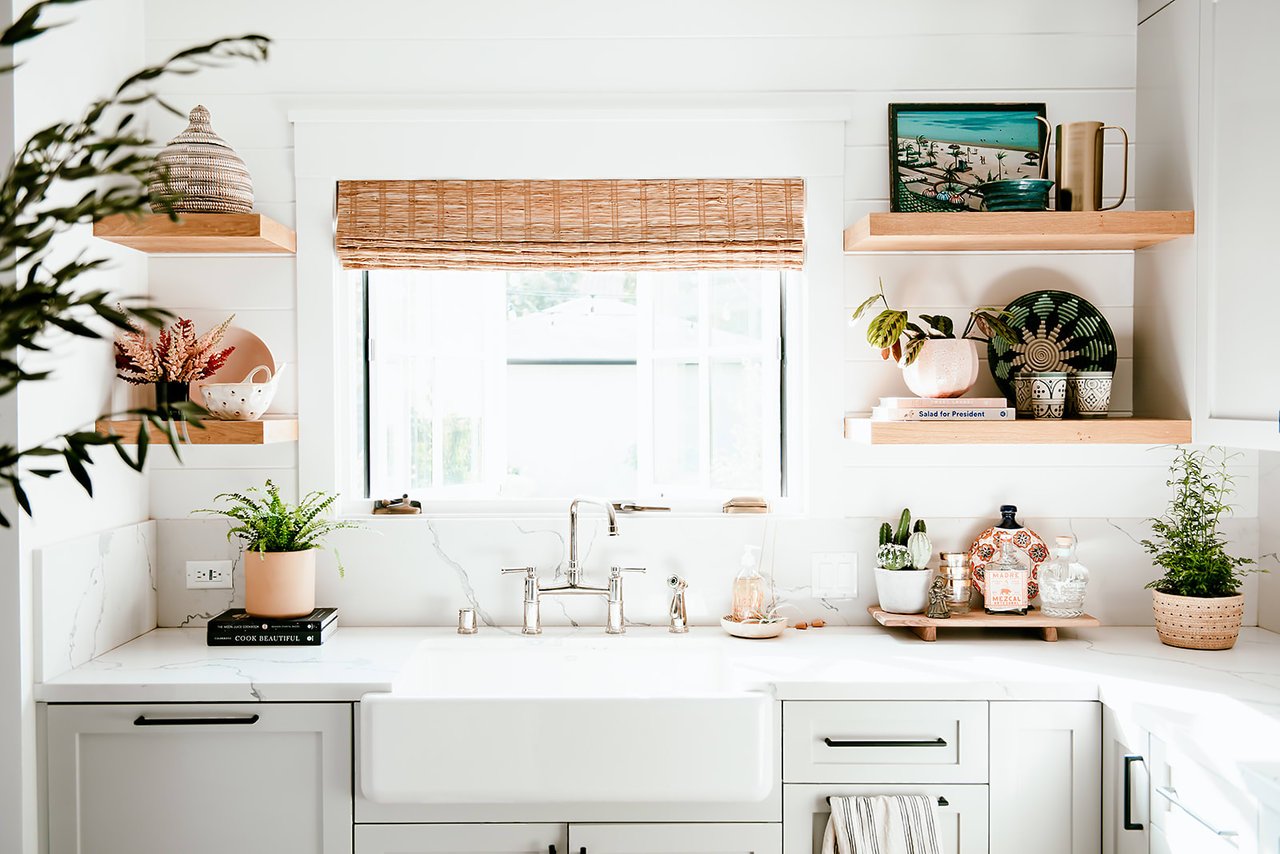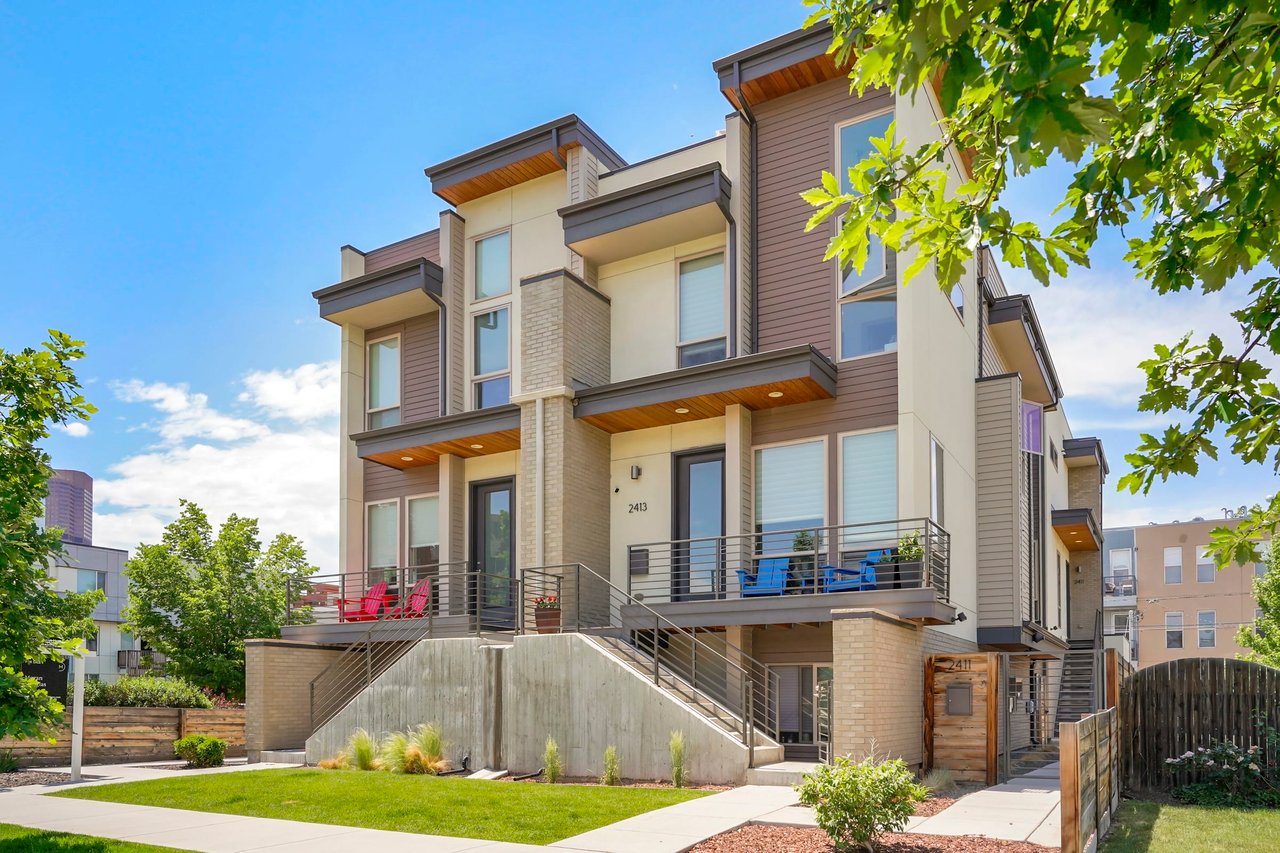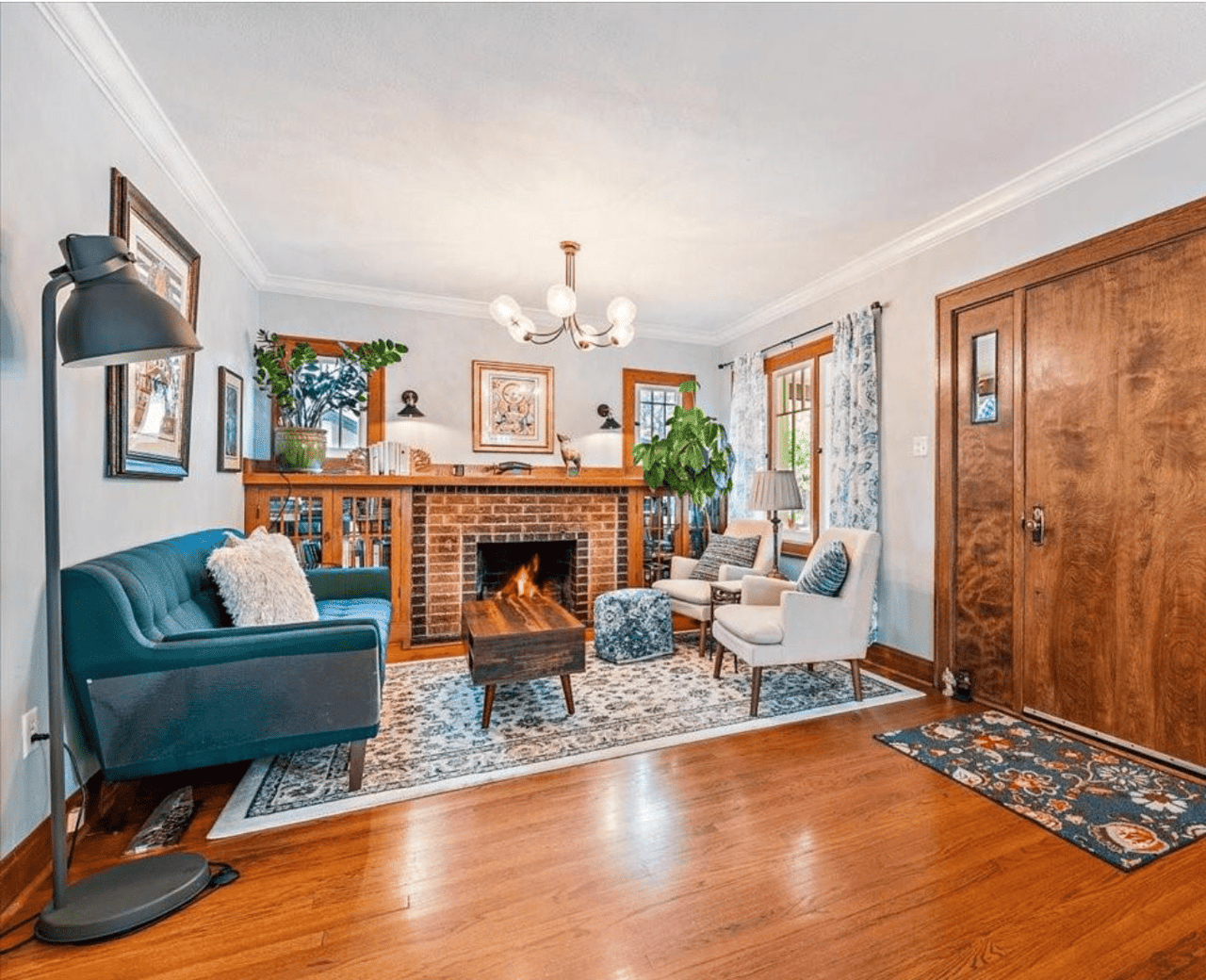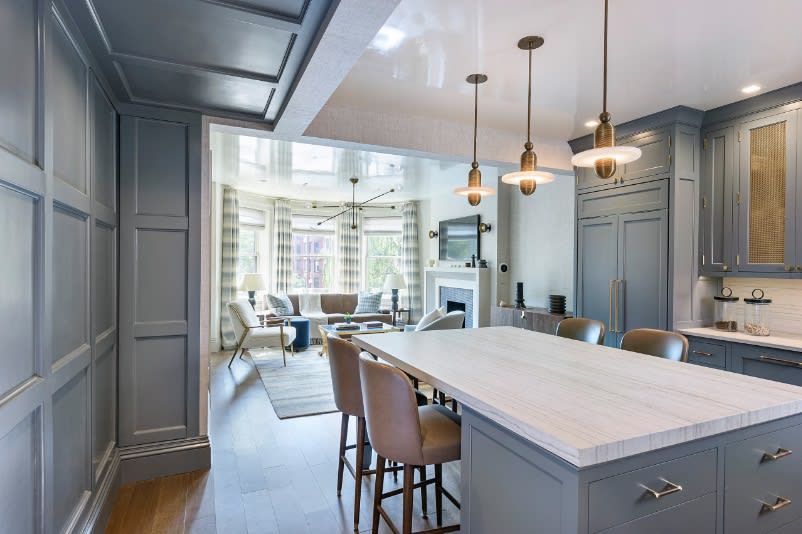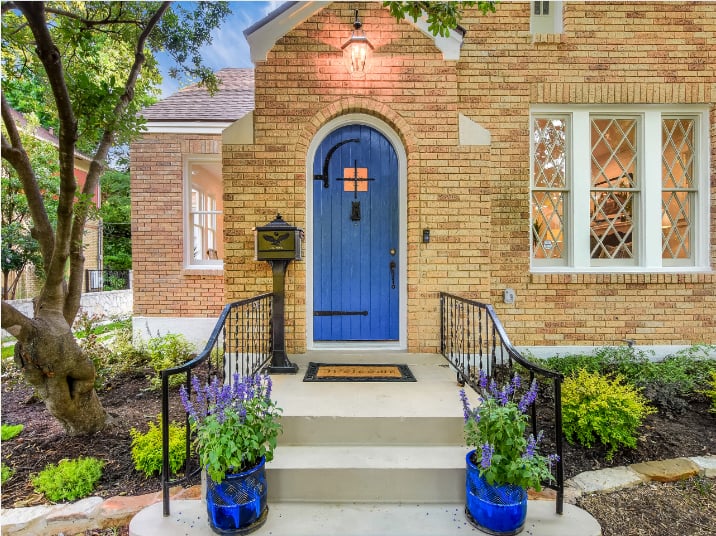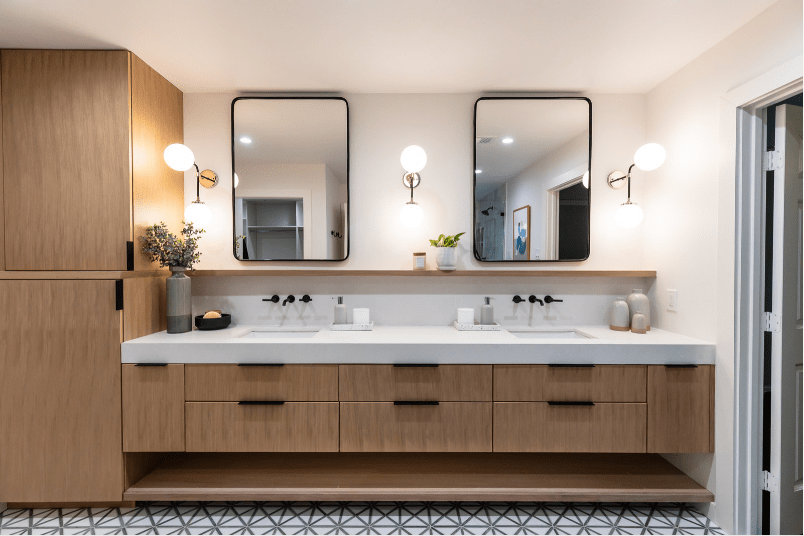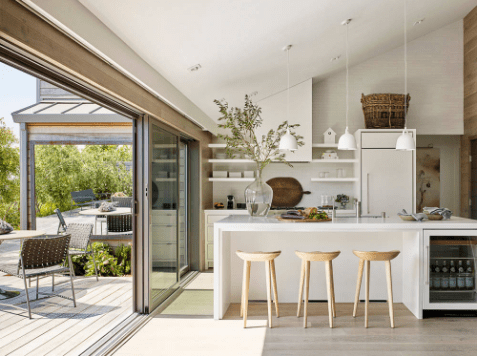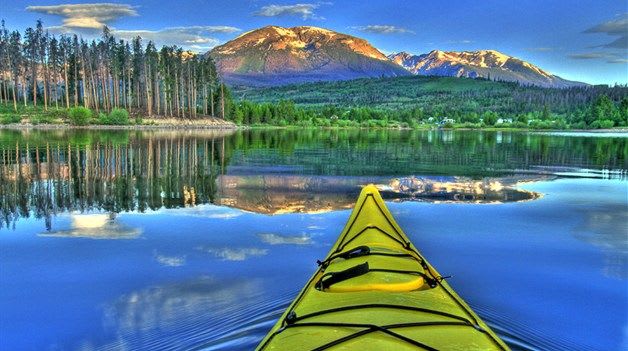So you’ve found your dream house and it checks all the boxes—except one: the yard. You want a new patio, a few trees, maybe a fire pit, and a walkway through some tidy gardens—but where do you start? And how much will it cost? Worry not; we spoke with a few local experts to get you the lowdown on how to approach that backyard TLC.
1. Define Your Goals
How do you use your outdoor space? Do you have young children who would like a lawn, or pets that need a separate area? Where do you park your car, and do you need a pathway to the house? Questions like these can help you identify the design elements you should consider—and where they should go. Some landscape firms will offer consultations for a nominal fee. “It’s great money to spend if you don’t know what you need and want someone to talk you through it,” says Alissa Shanley, founder of Denver-based B. Gardening Landscape Design, which charges $150 to $200 an hour for a consultation—and applies that fee toward the cost of continuing services should you hire the firm.
2. Get a Design
This one is key: Pay for a landscape design (which could run you anywhere from $1,000 to $5,000), independent of the installation. You might hire that same company to do the work, or bid it out to different contractors. Either way, having the blueprint in one place—versus three different sketches and estimates—will eliminate loads of hassle. “It’ll save you money in the long run,” Shanley says. “It’s really cheap to change your mind on paper and really expensive to do it later.”
3. Avoid Sticker Shock
A basic landscape (irrigation, sod, bedlines, and grading) will cost about $10 to $15 per square foot, Shanley says. For additional features like a patio, fire pit, pergola, or flowers and trees, expect to pay $25 to $35 per square foot of landscaped area—that’s with “middle-of-the-road finishes” (think: concrete pavers or brick rather than Pennsylvania bluestone), Shanley says. A single starter tree that’s 8 to 10 feet tall can cost you $1,000 for delivery and planting. So, depending on your needs, overhauling a 1,000-square-foot yard could cost anywhere from $10,000 to $35,000.
4. Be Patient
“Landscaping [projects don’t provide] instant gratification,” Shanley says. And, because it costs more to fix a rushed job than it does to install it correctly the first time, she notes, waiting for the work to be done well is worth the aggravation-free outcome. Plus, thanks to the construction boom in Denver, there’s often a shortage of skilled and unskilled labor, so it’s important to understand the bandwidth of the company you choose. With a very small firm like B. Gardening, your timeline might be up to a year from initial consultation to final installation; a larger firm like Littleton-based Designs By Sundown may be able to wrap up in less than two months, says marketing director Jessica Hommel. Don’t be afraid of landscaping in stages. “If you really want to block your view of the neighbors’ TV through your window, plant those trees first,” Shanley says, “especially if you can’t afford everything at once.”
5. Consider Containers
If your space is very small, container gardening is an affordable option. But be thoughtful about it, says Annie Huston, owner of local outdoor-gardening haven Birdsall & Co. “Small elements can go a long way, but containers that are not fitting with the home—if they’re too small or not the right style—can really damage the whole look of the house,” she says. “Look at the trim and accent colors of the house, and match the style of the container with the house.” Make sure you understand the needs of whatever goes in the pots, too, and if you’re concerned about watering, “ask a landscaper to install spaghetti tubing that hooks into the sprinkler system,” Huston says, “so you don’t have to worry about it.”
How to Choose a Landscape Designer
- Meet with potential designers to have preliminary conversations about your project—and be honest about your budget. Are they hearing you and offering ideas that are within your means?
- Ask to see examples of their work: a photo-graphic portfolio or drive-by options.
- Make sure anyone working on your property has insurance that covers workers’ compensation.
- Go with your gut. Do the designers listen to you and “get” your vision and priorities?
Who You Gonna Call?
Not sure which landscape pro is right for your job? Alissa Shanley of B. Gardening explains who to hire for what.
Lawn-maintenance companies: “These are the people who cut your lawn and blow the leaves,” Shanley says. “That’s all you want them to do.”
Arborist: “An arborist takes care of your trees. I think of an arborist as a dentist—you really need to have one come out at least once a year,” Shanley says. “Or, if you’ve got a spot where you want to put a few birch or aspen trees, you’d ask an arborist.”
Landscape designer: A designer will help you hone a rough vision—or even put a plan together if you’re wondering how to improve your yard. “If you want some trees, but you’re not sure where or what kind, ask a designer,” Shanley says. “And if plants are important to you, make sure the company has a horticulturist on staff.”
Landscape architect: These pros work on residential and commercial projects, often specializing in those that require complex or larger-scale engineering work. Landscape architects require a license in Colorado, while designers do not.
